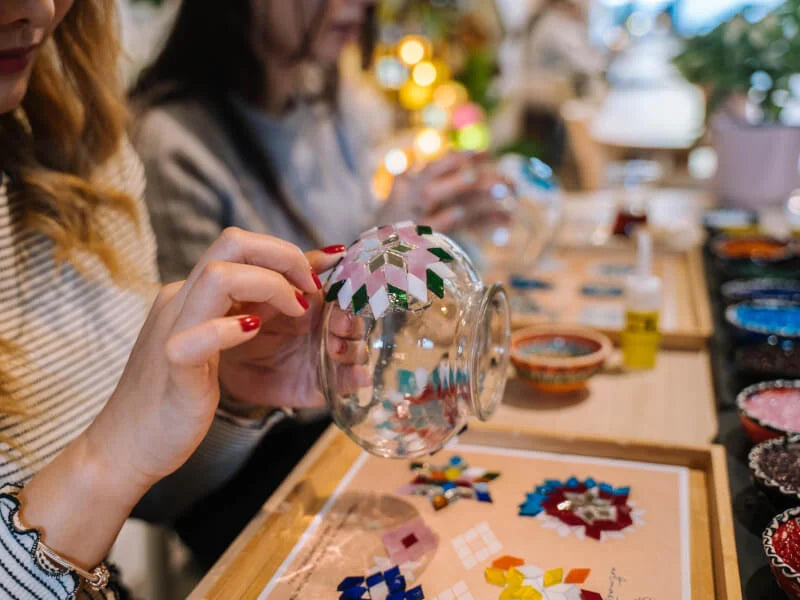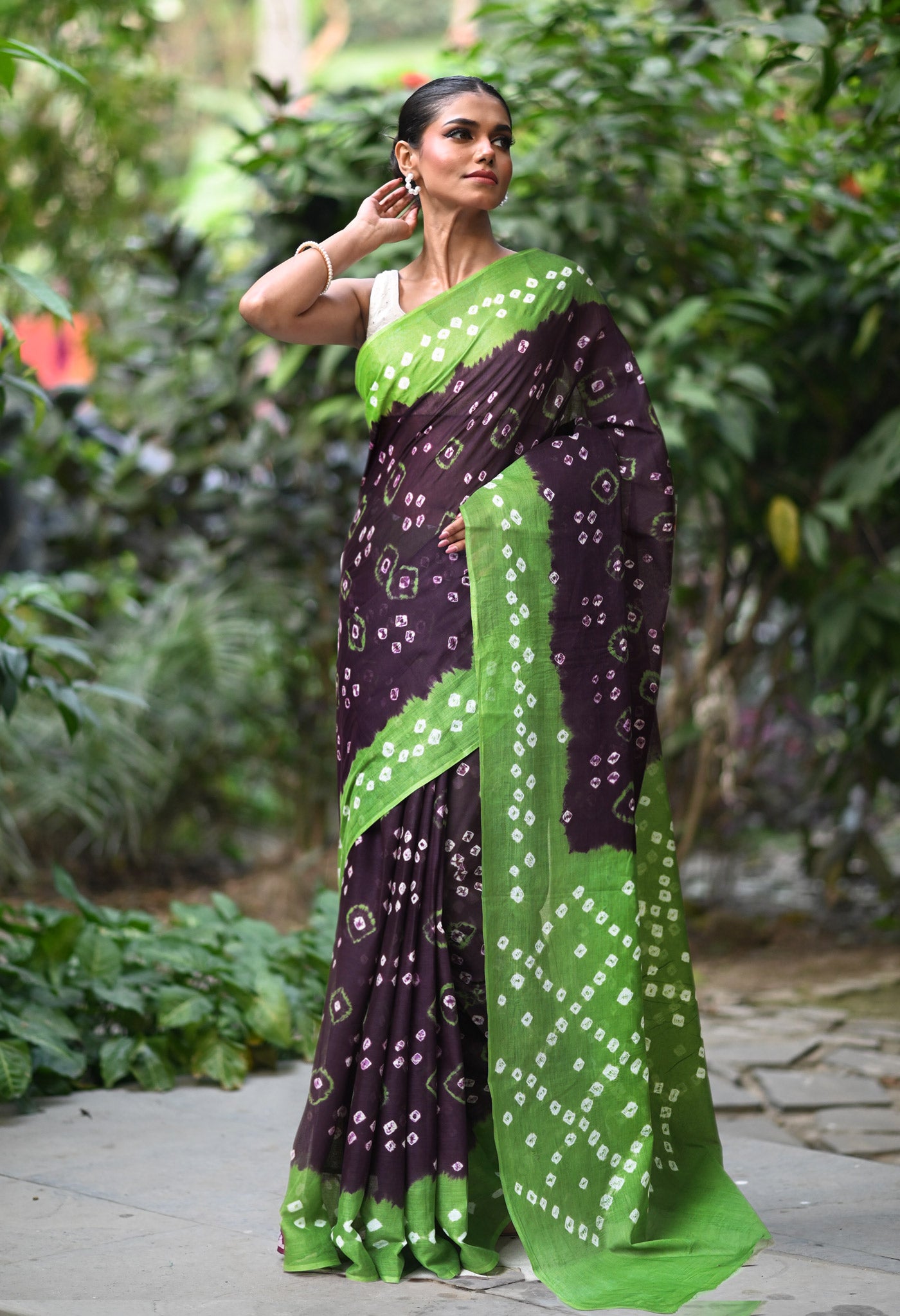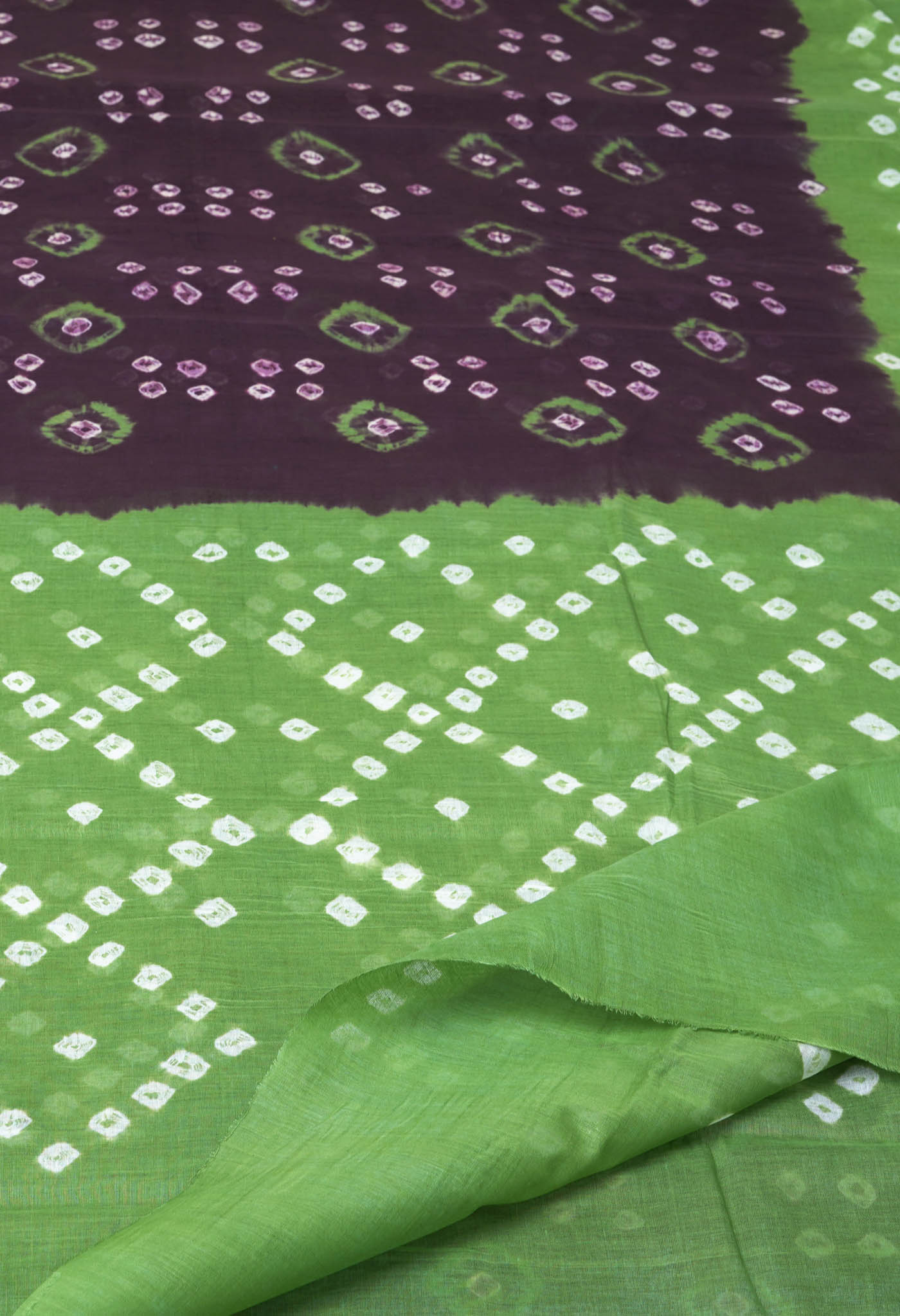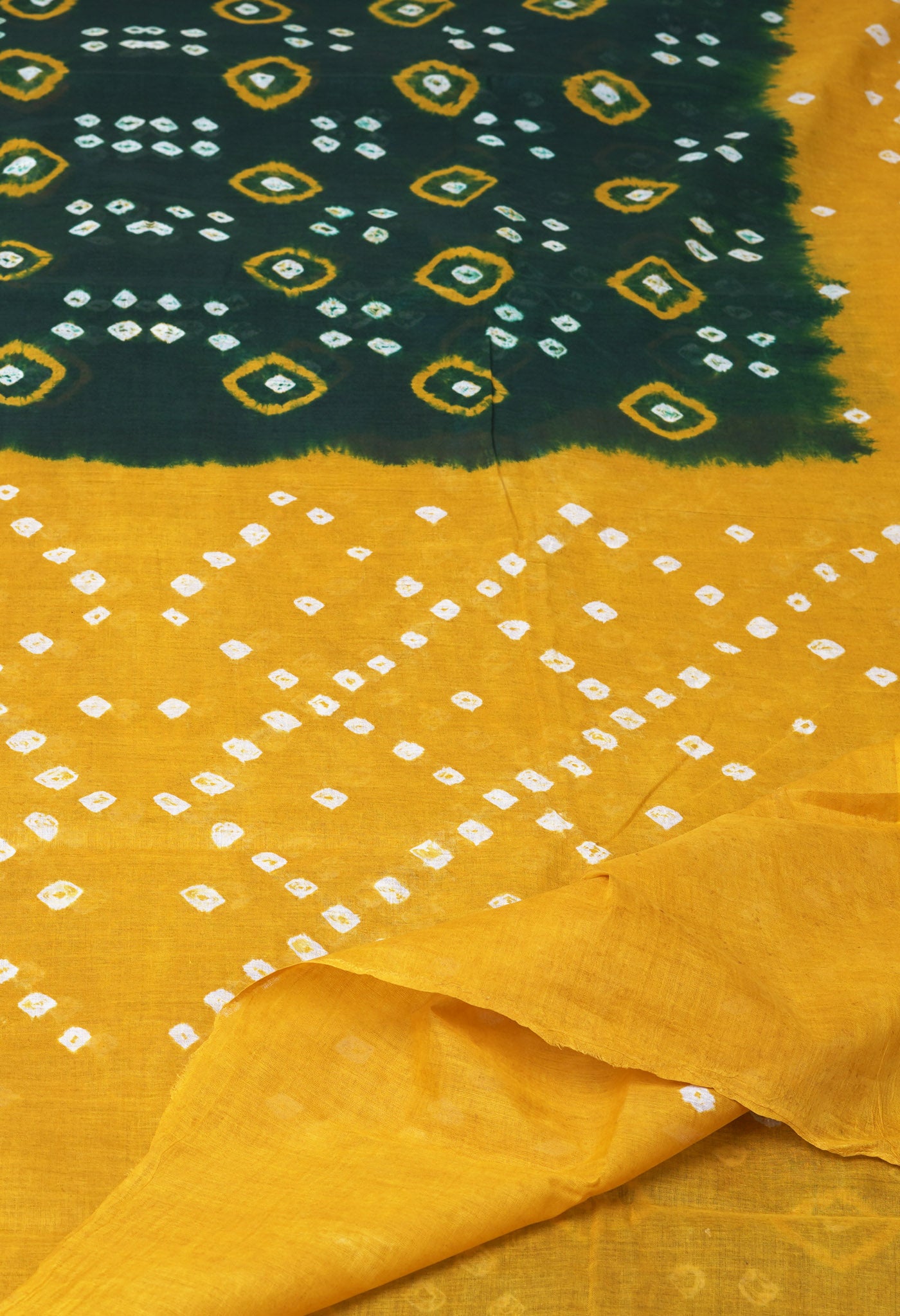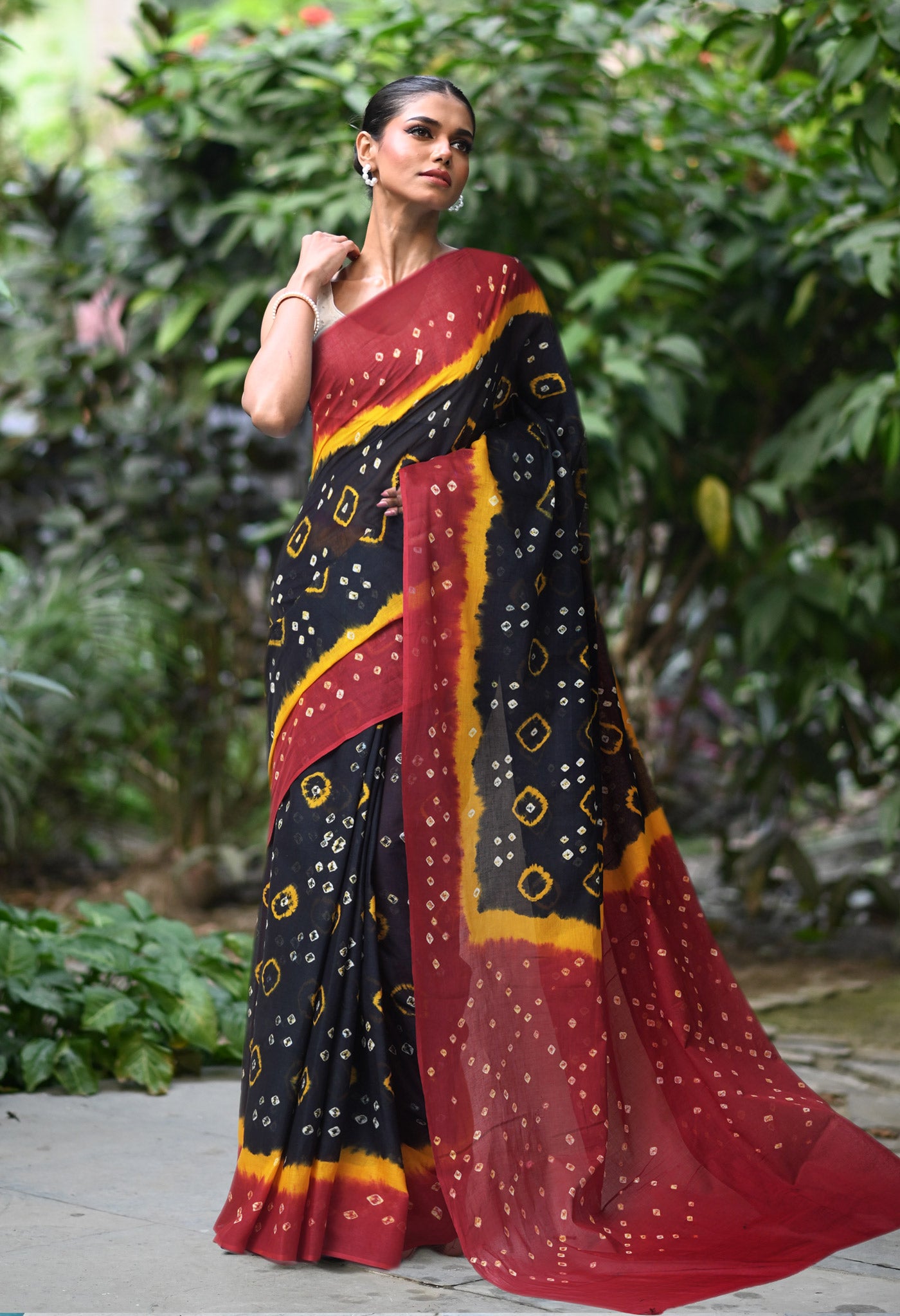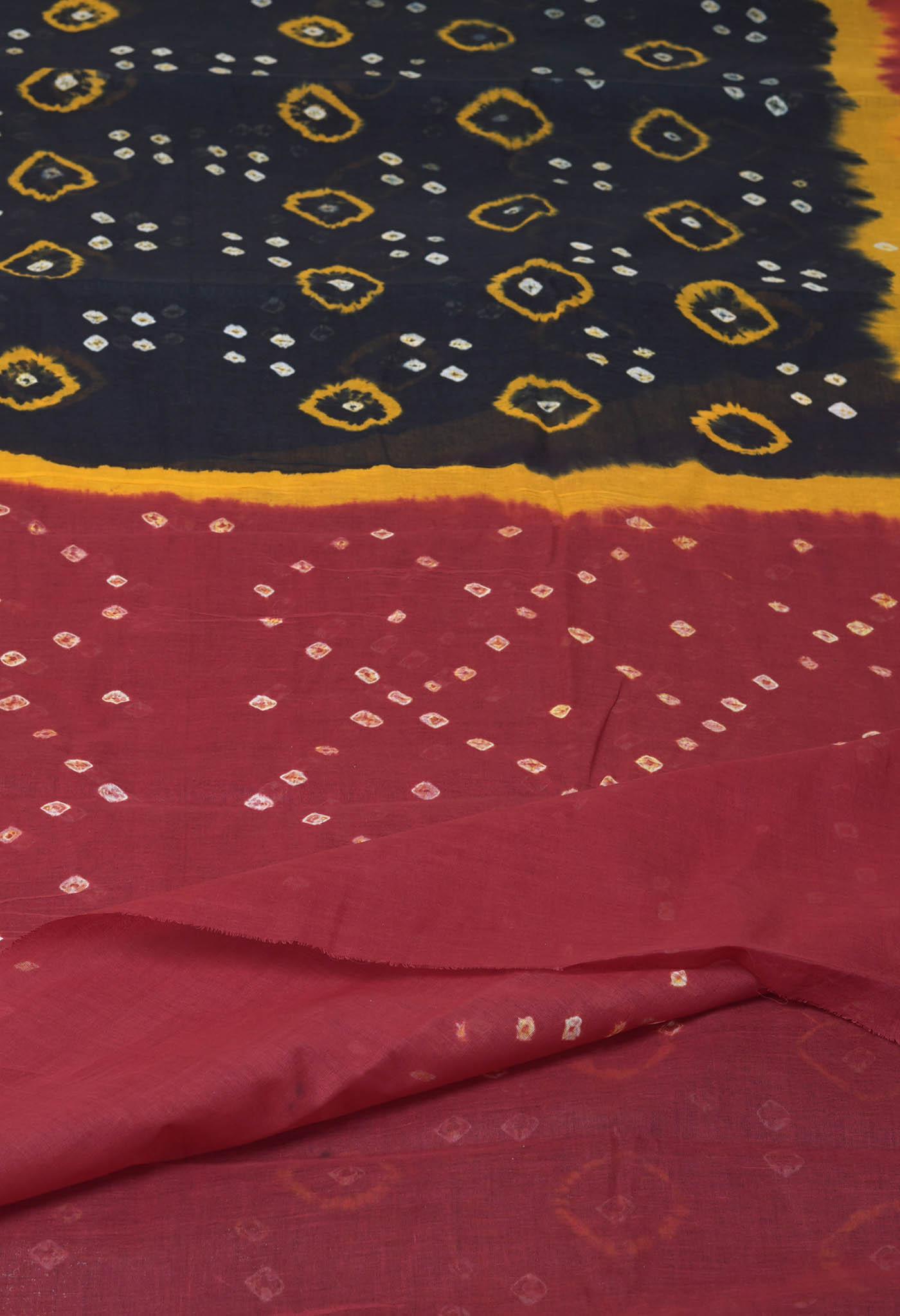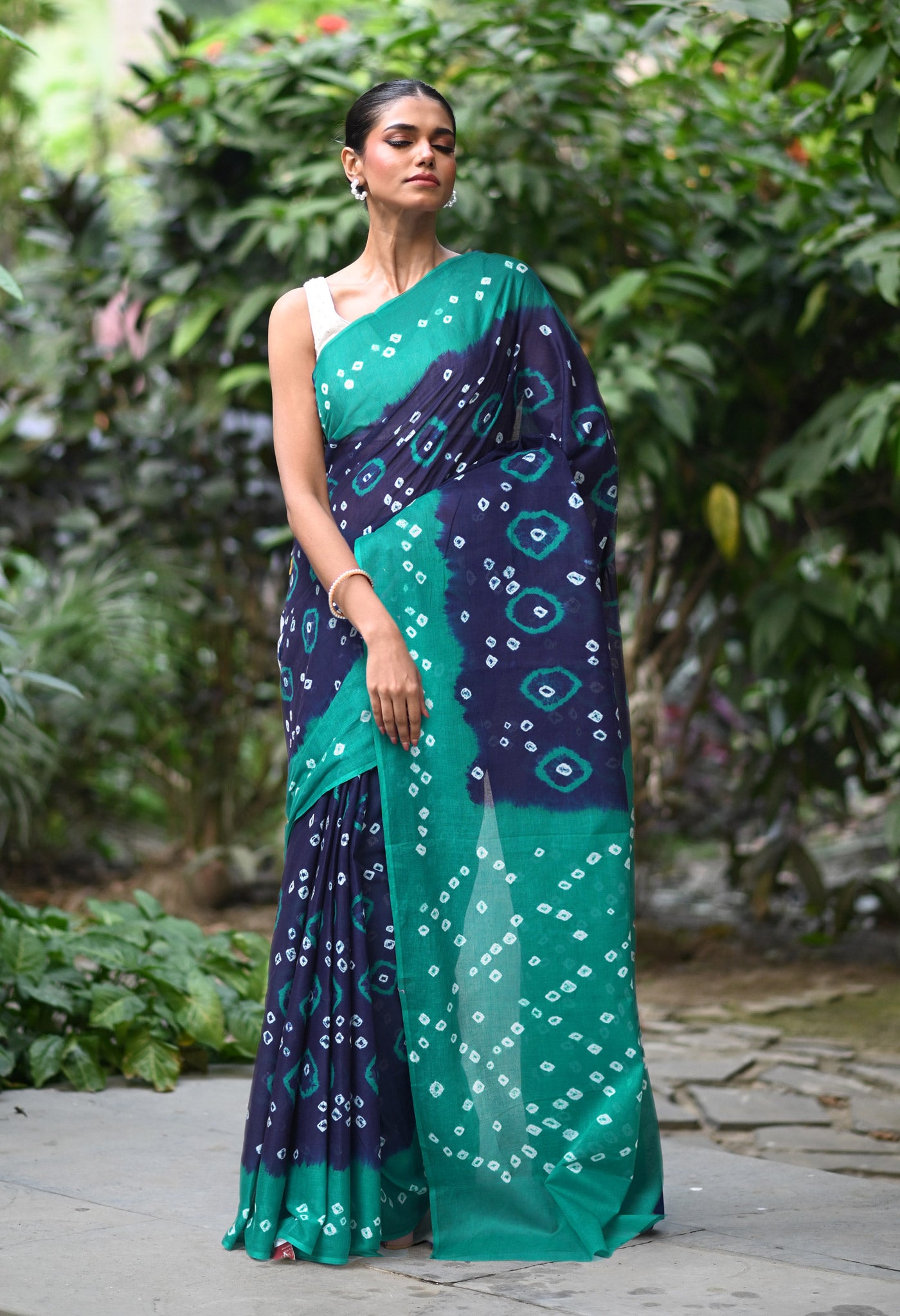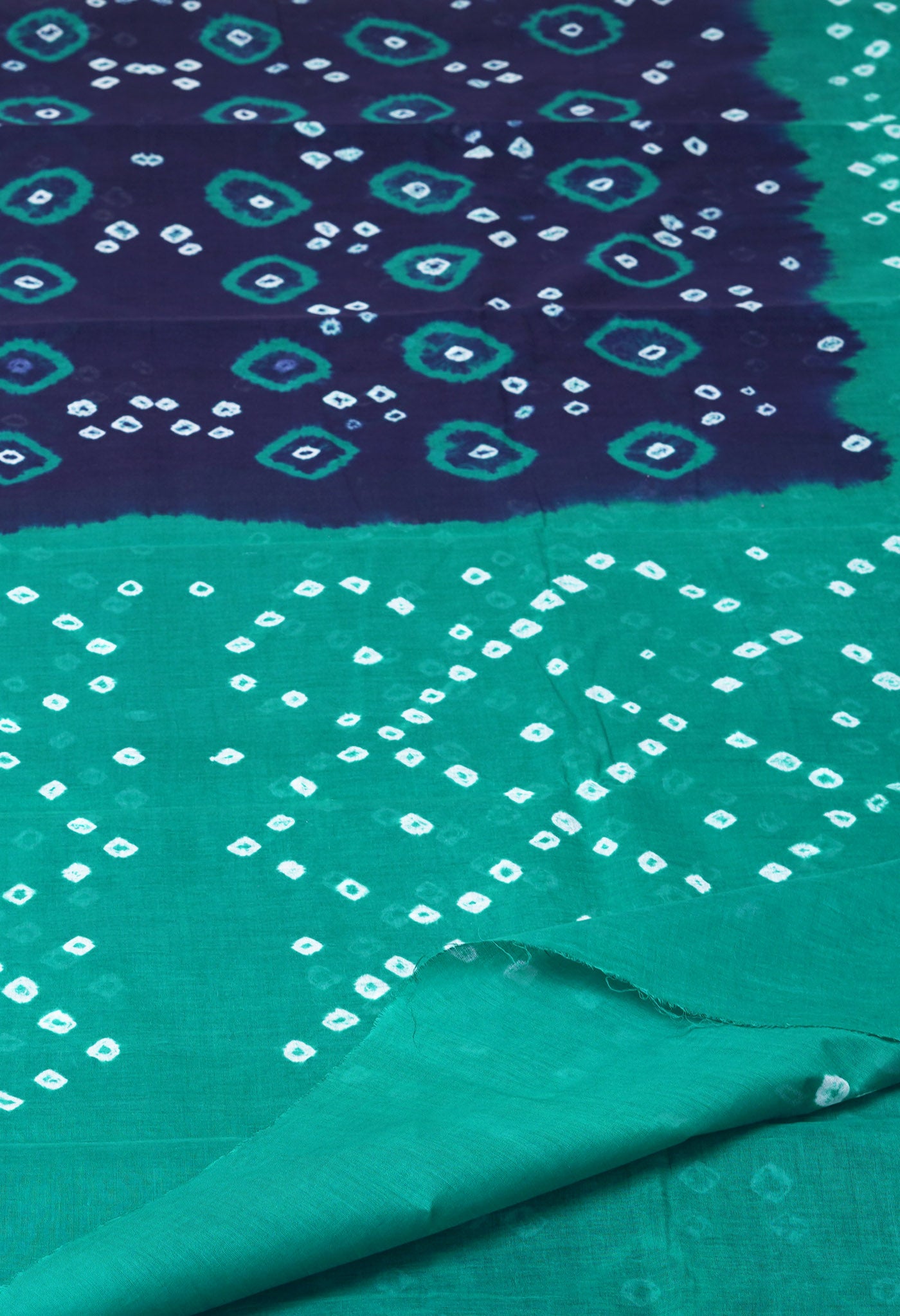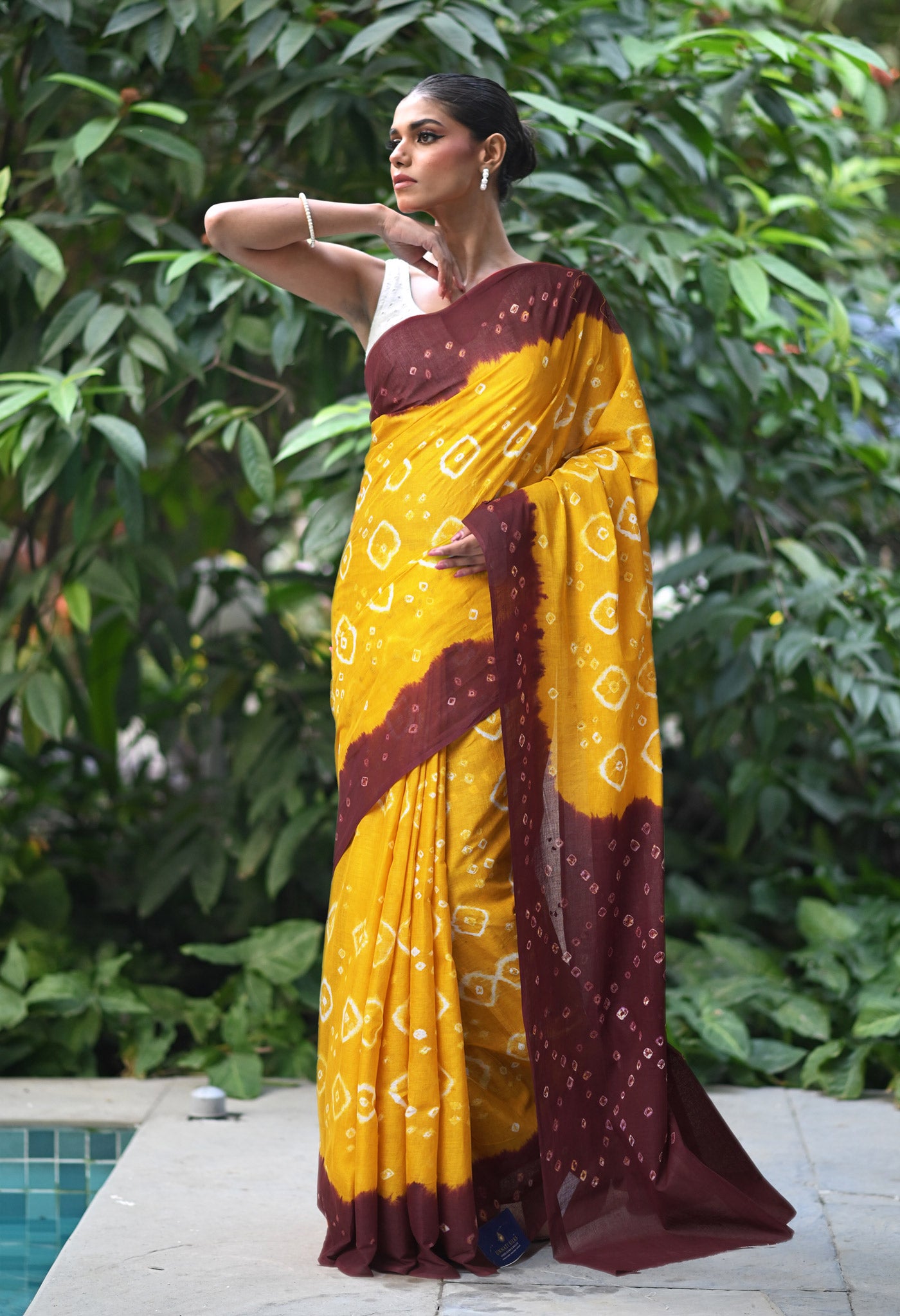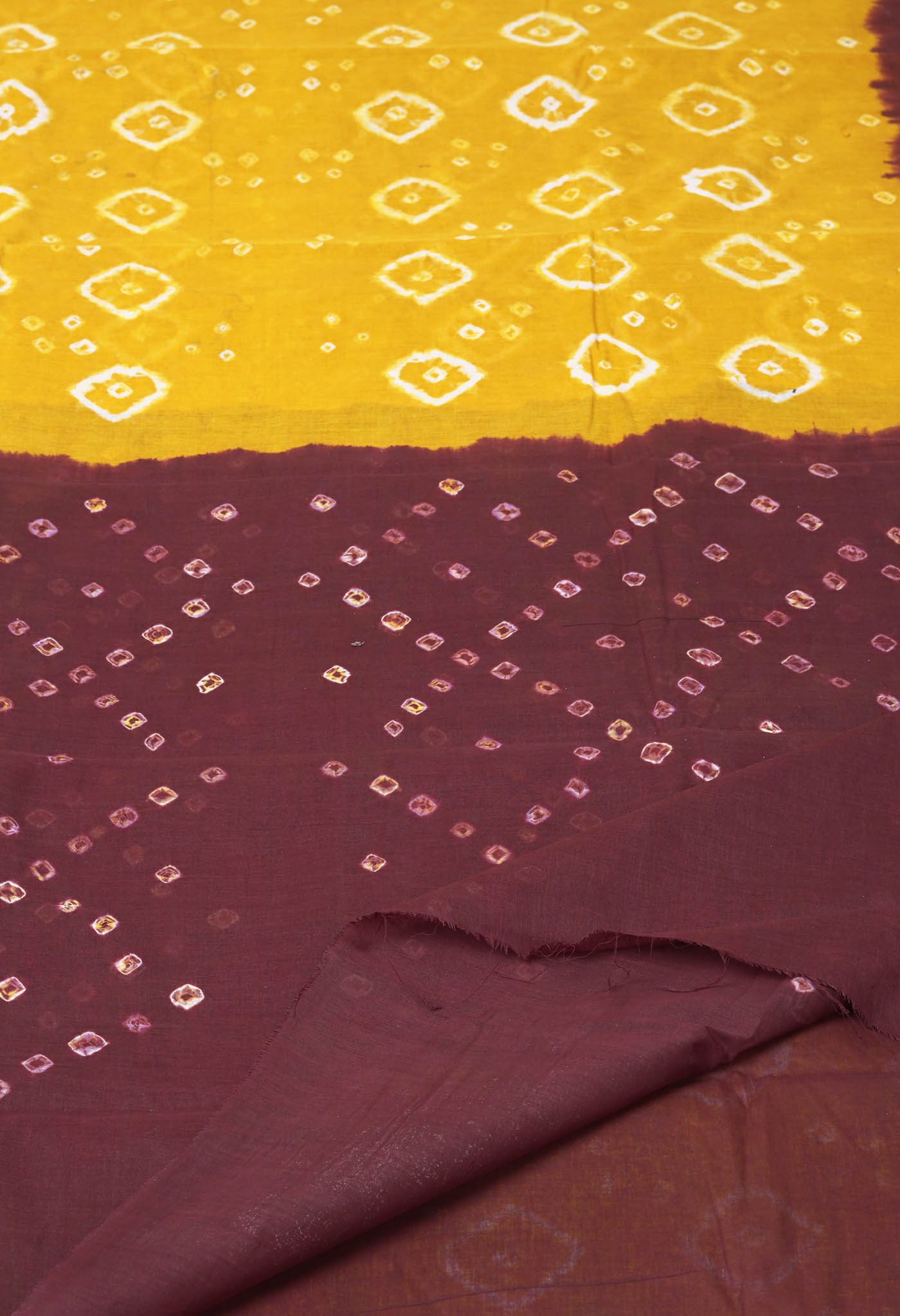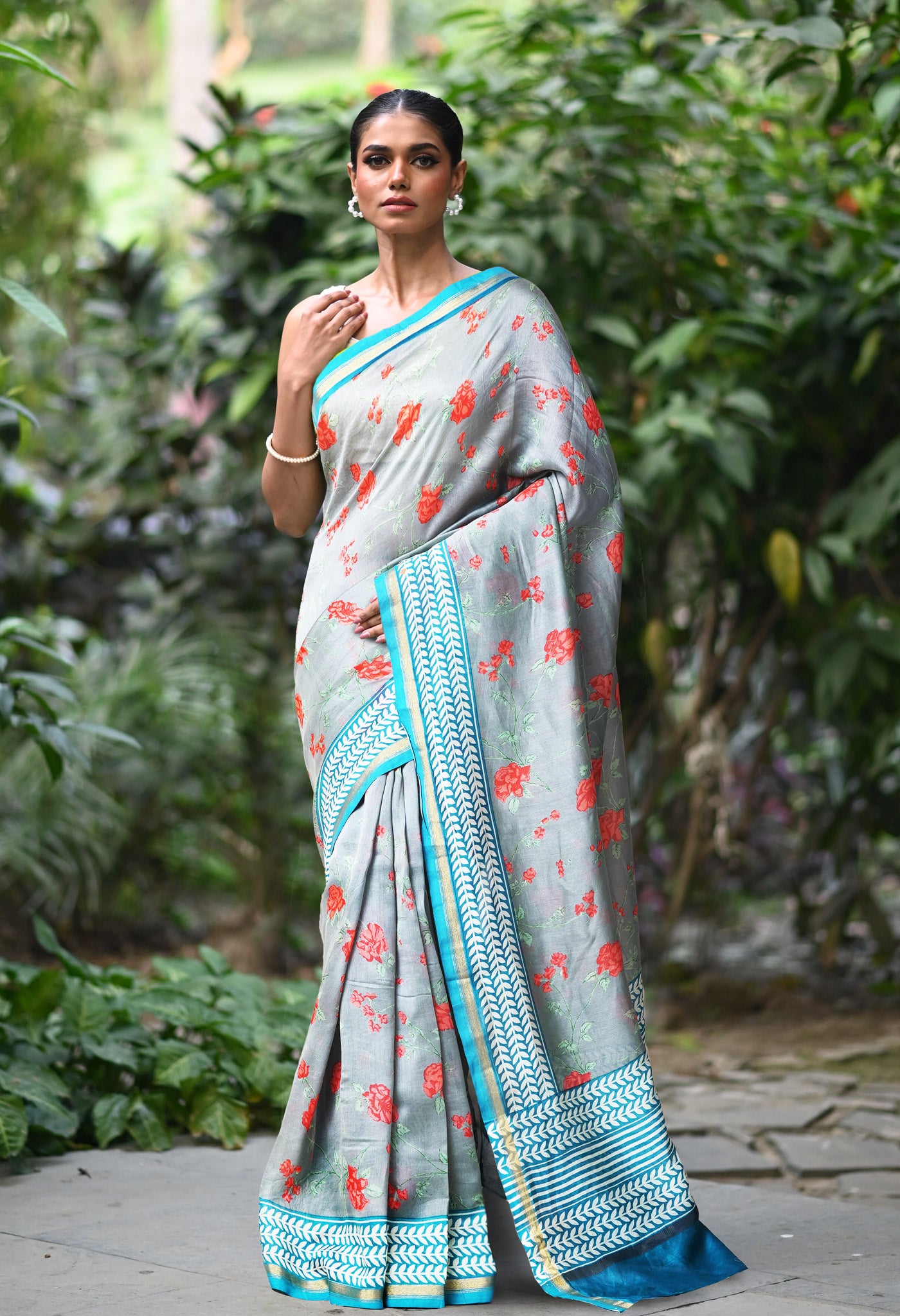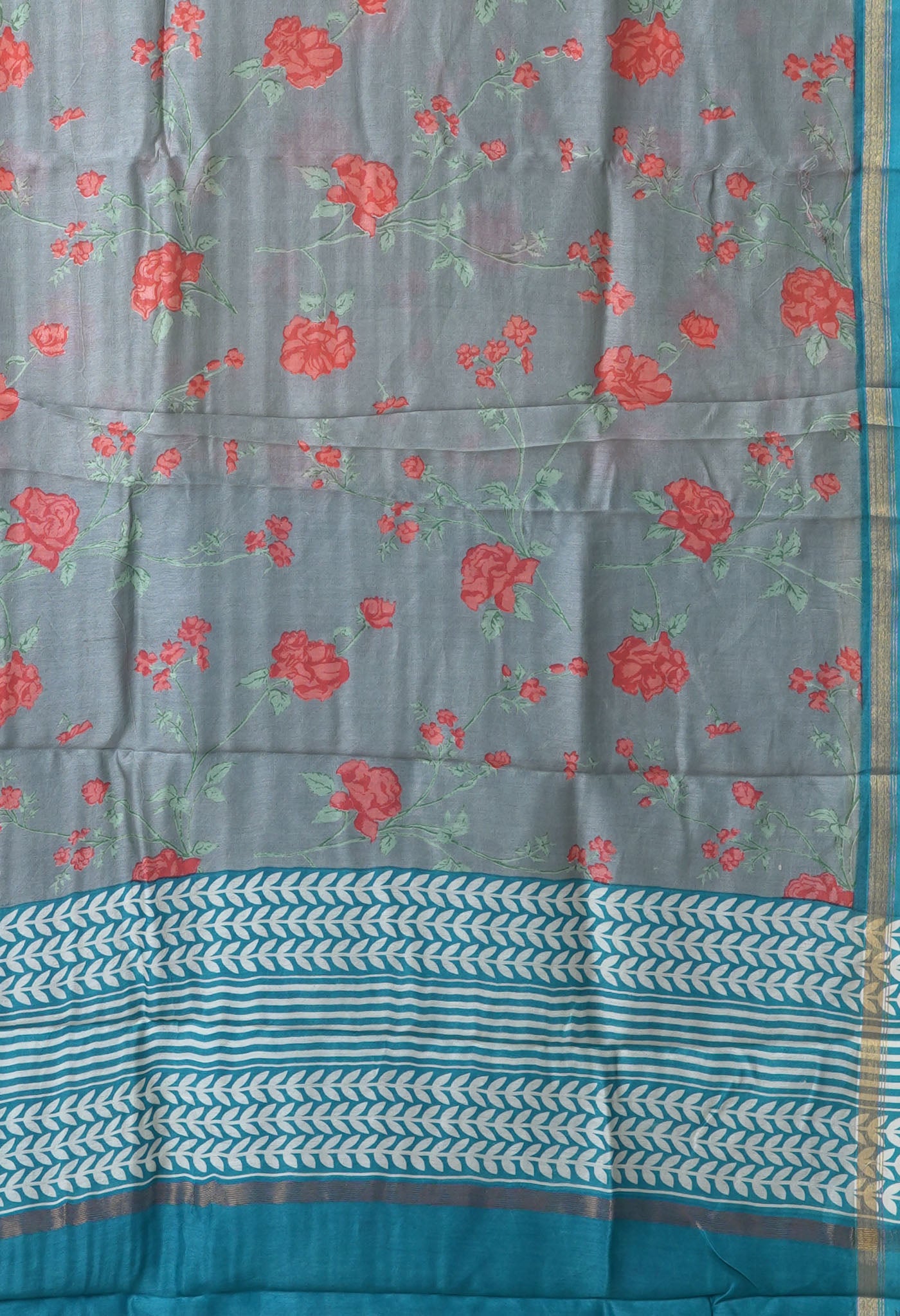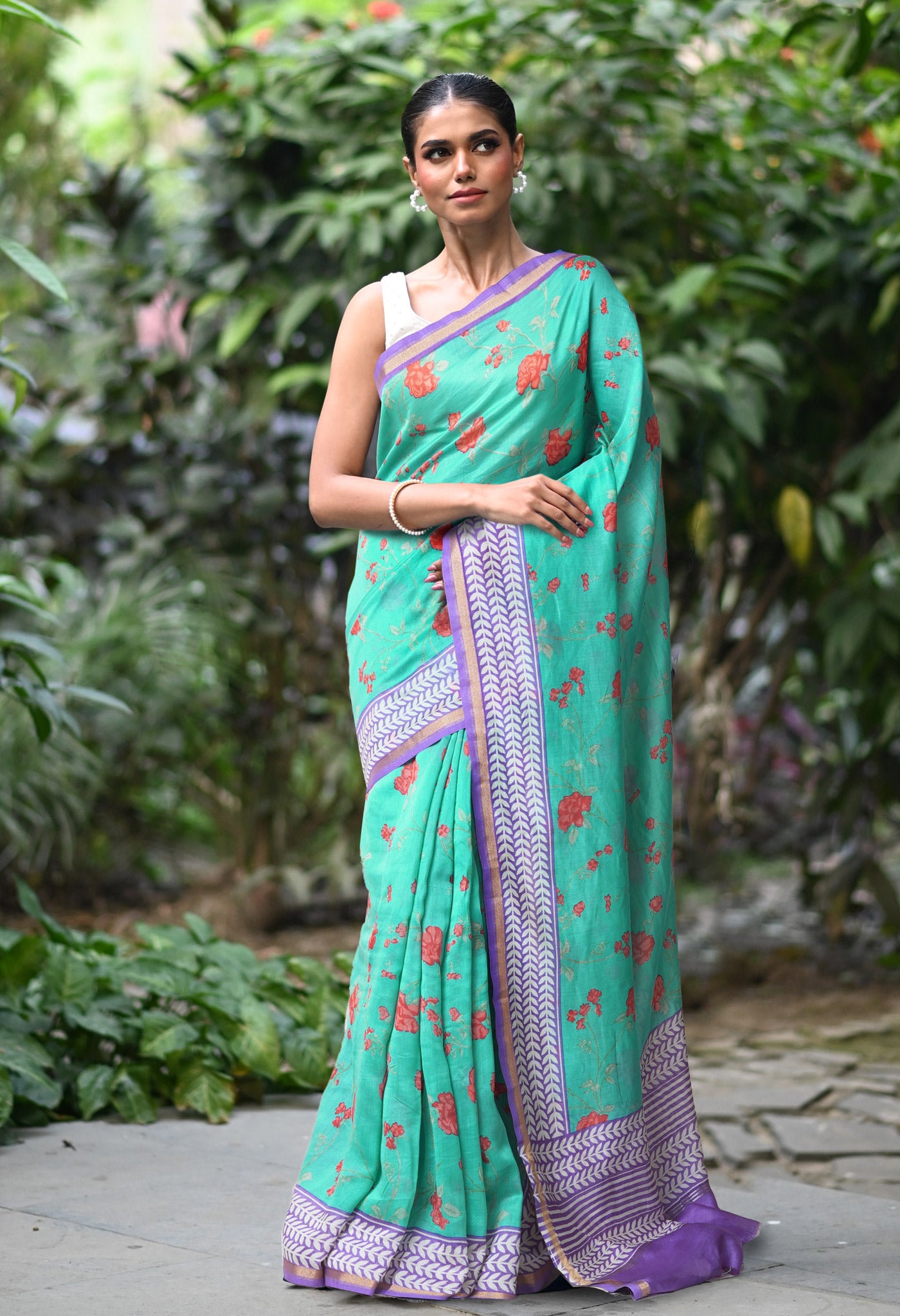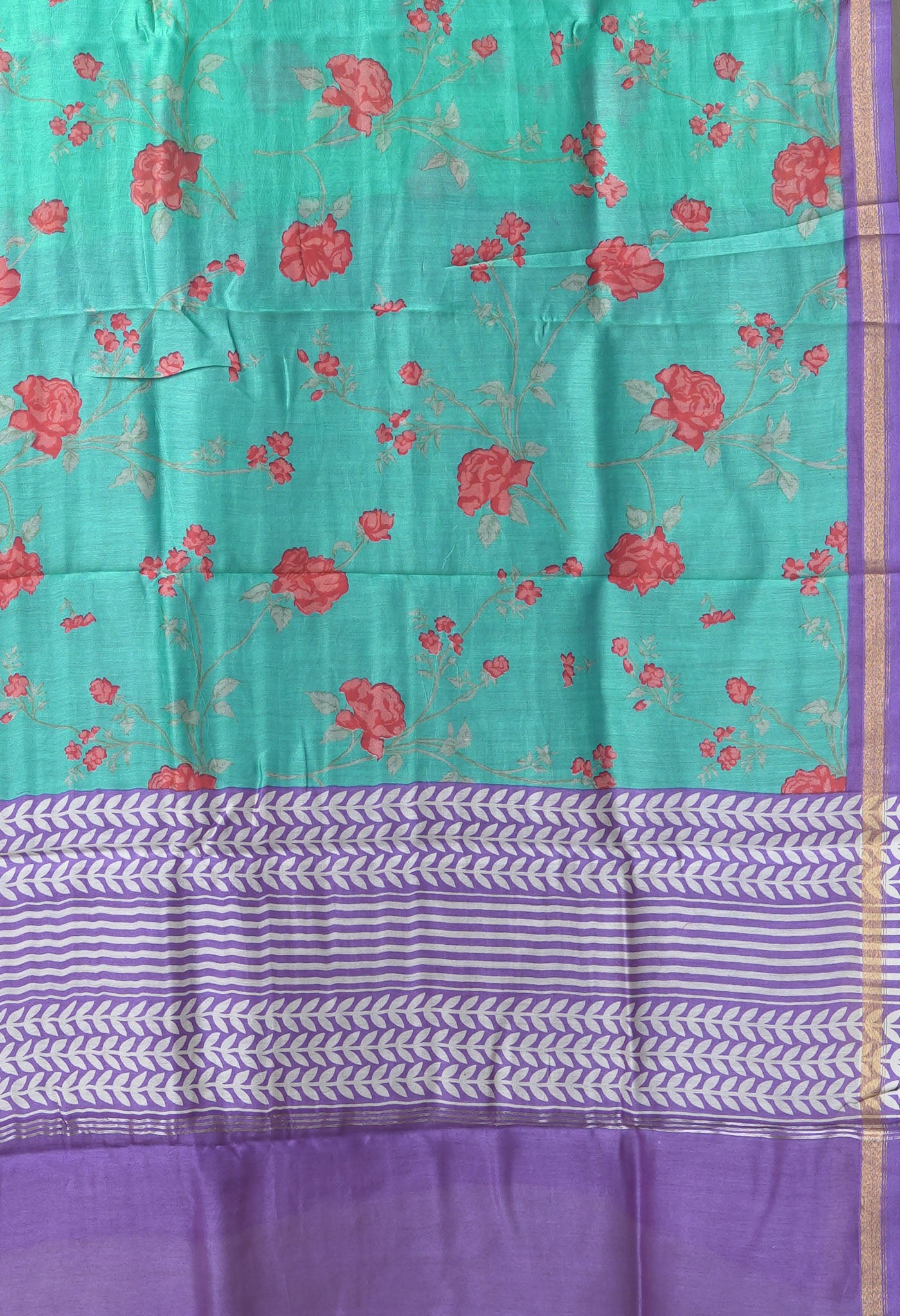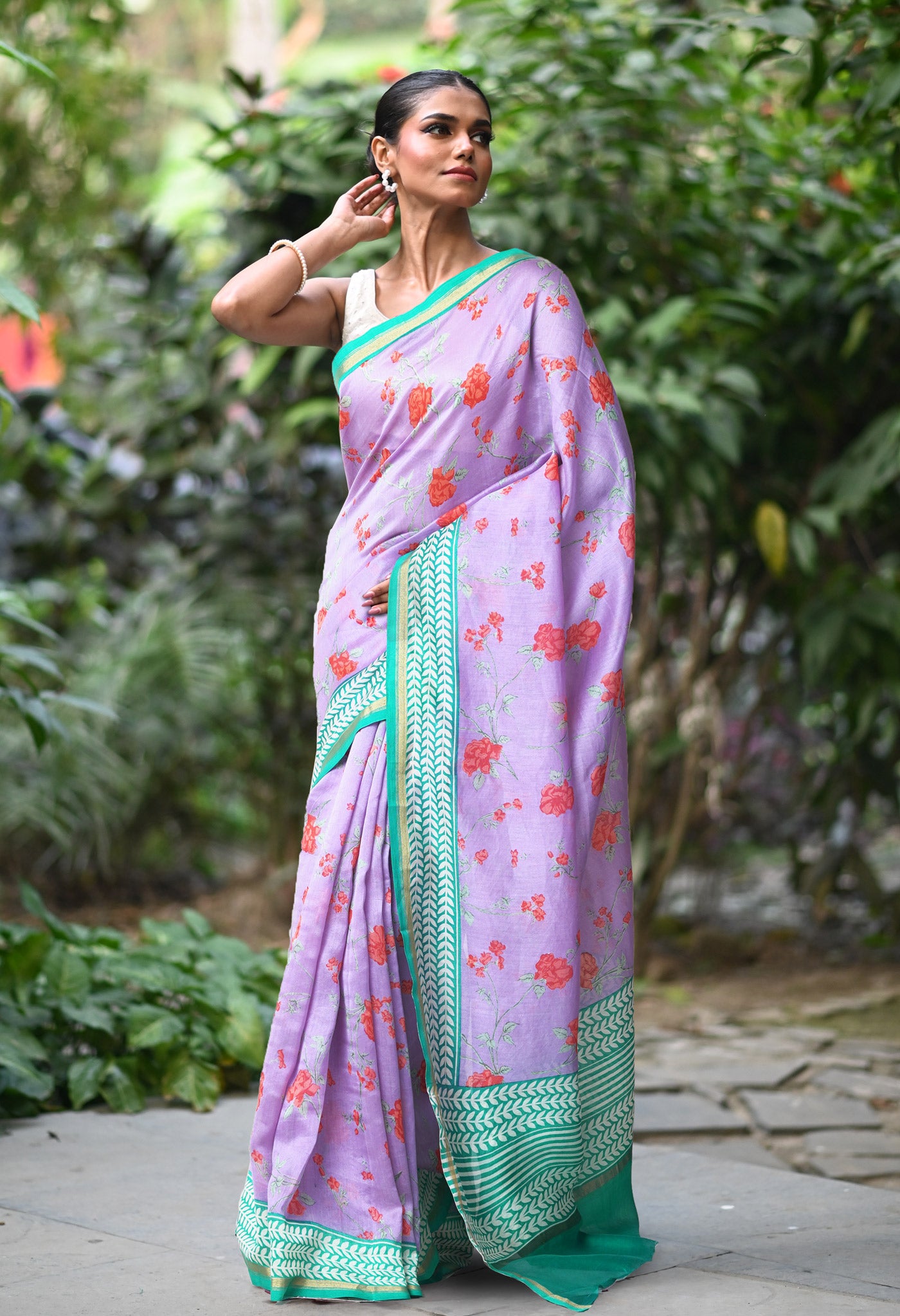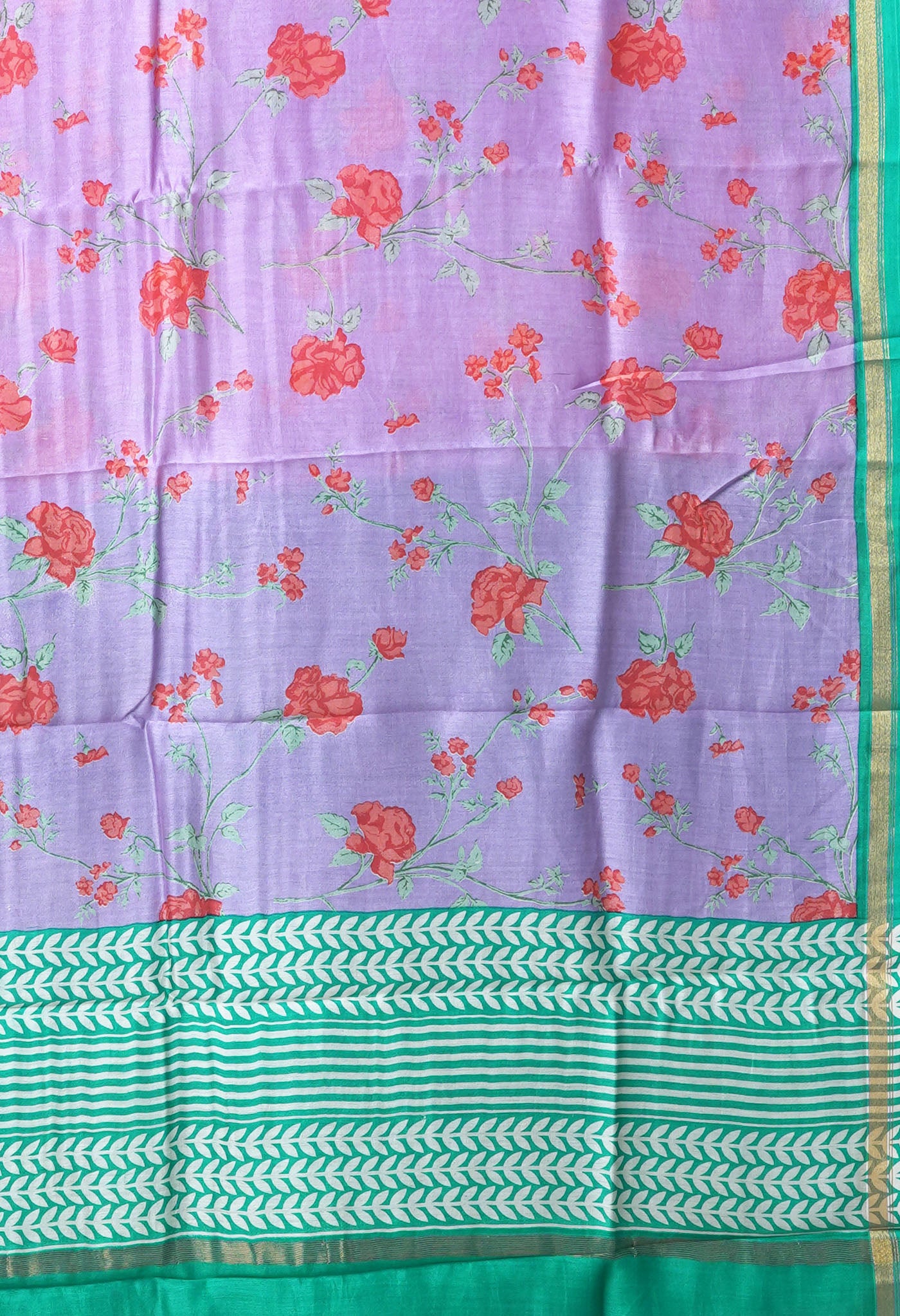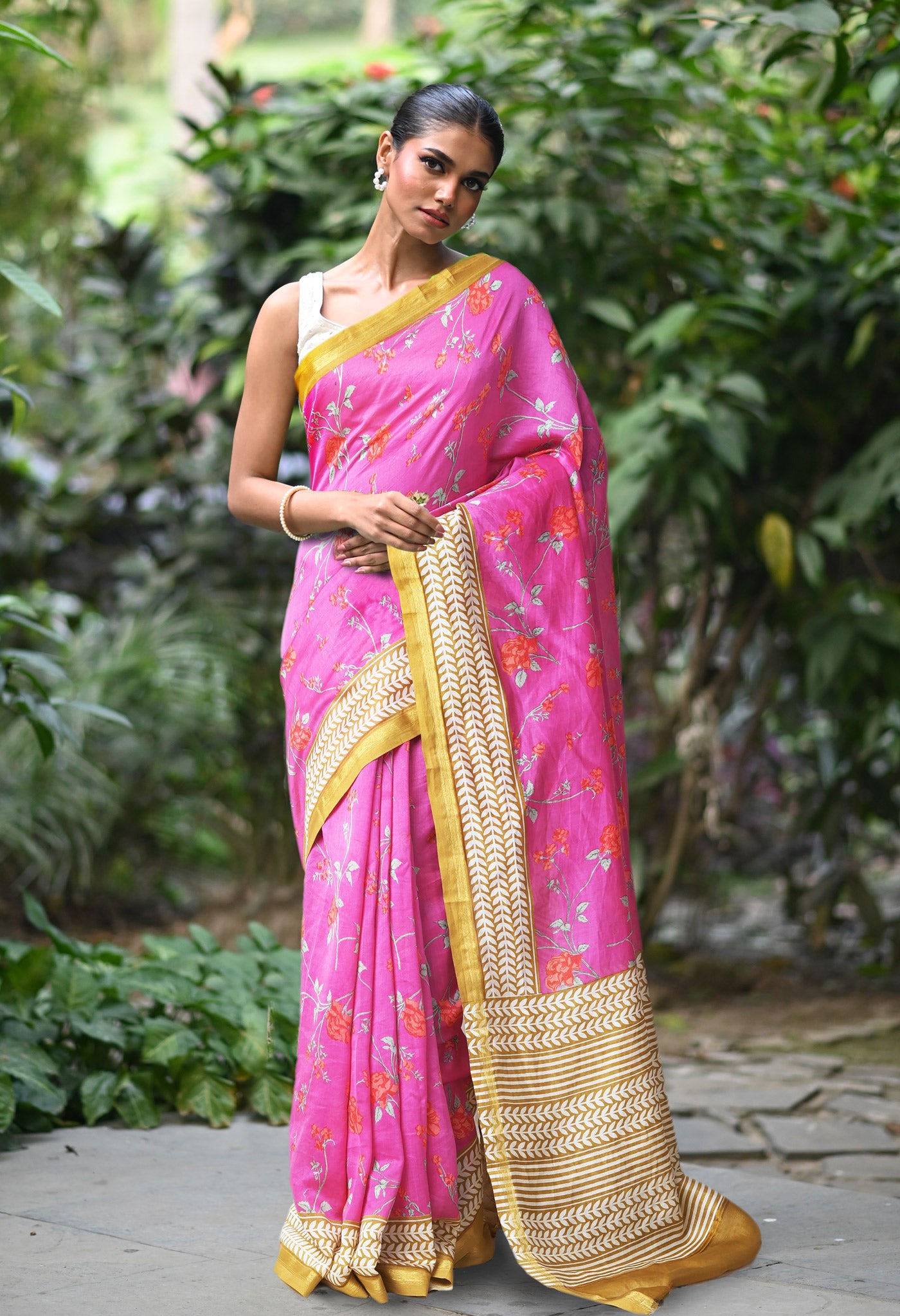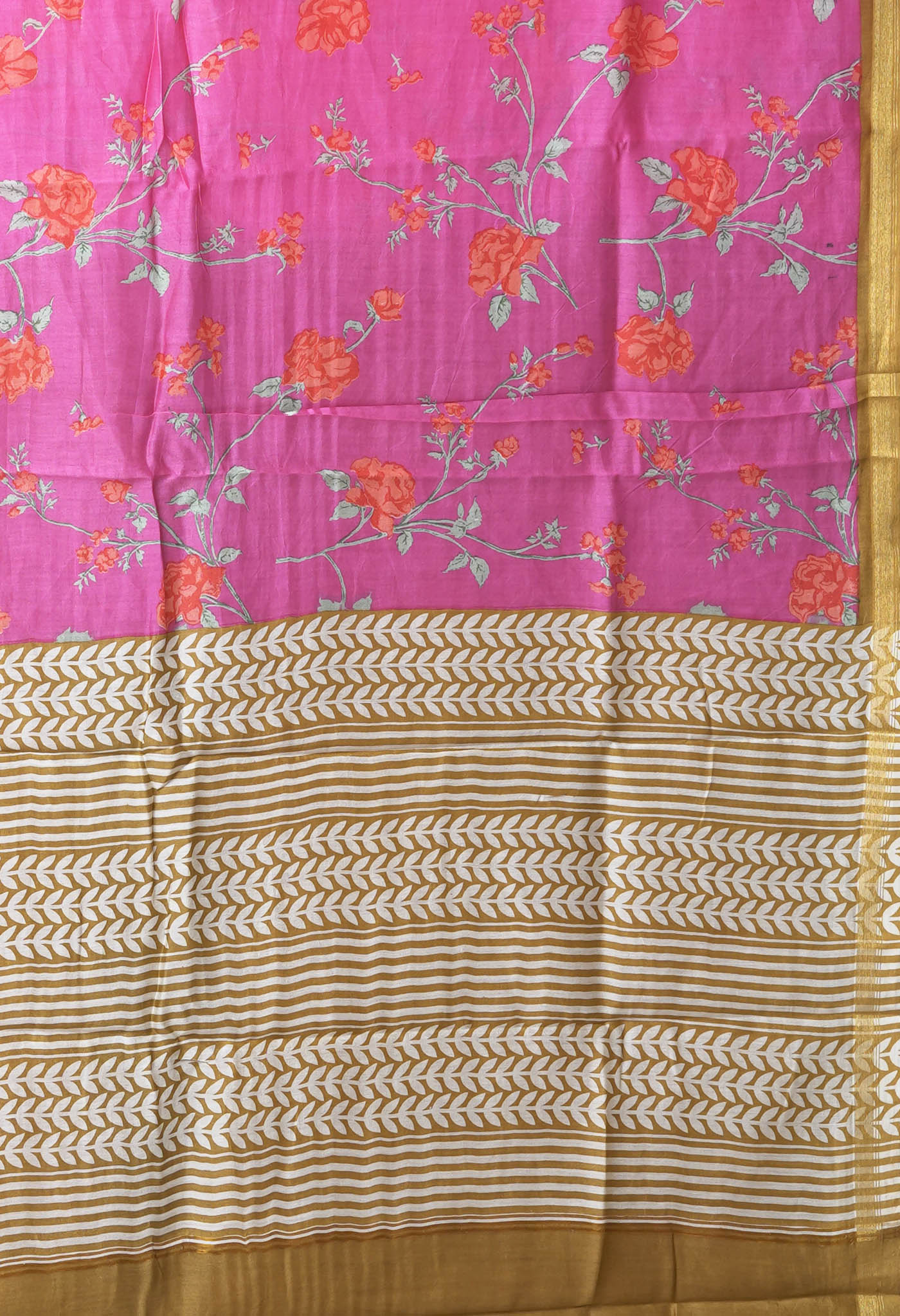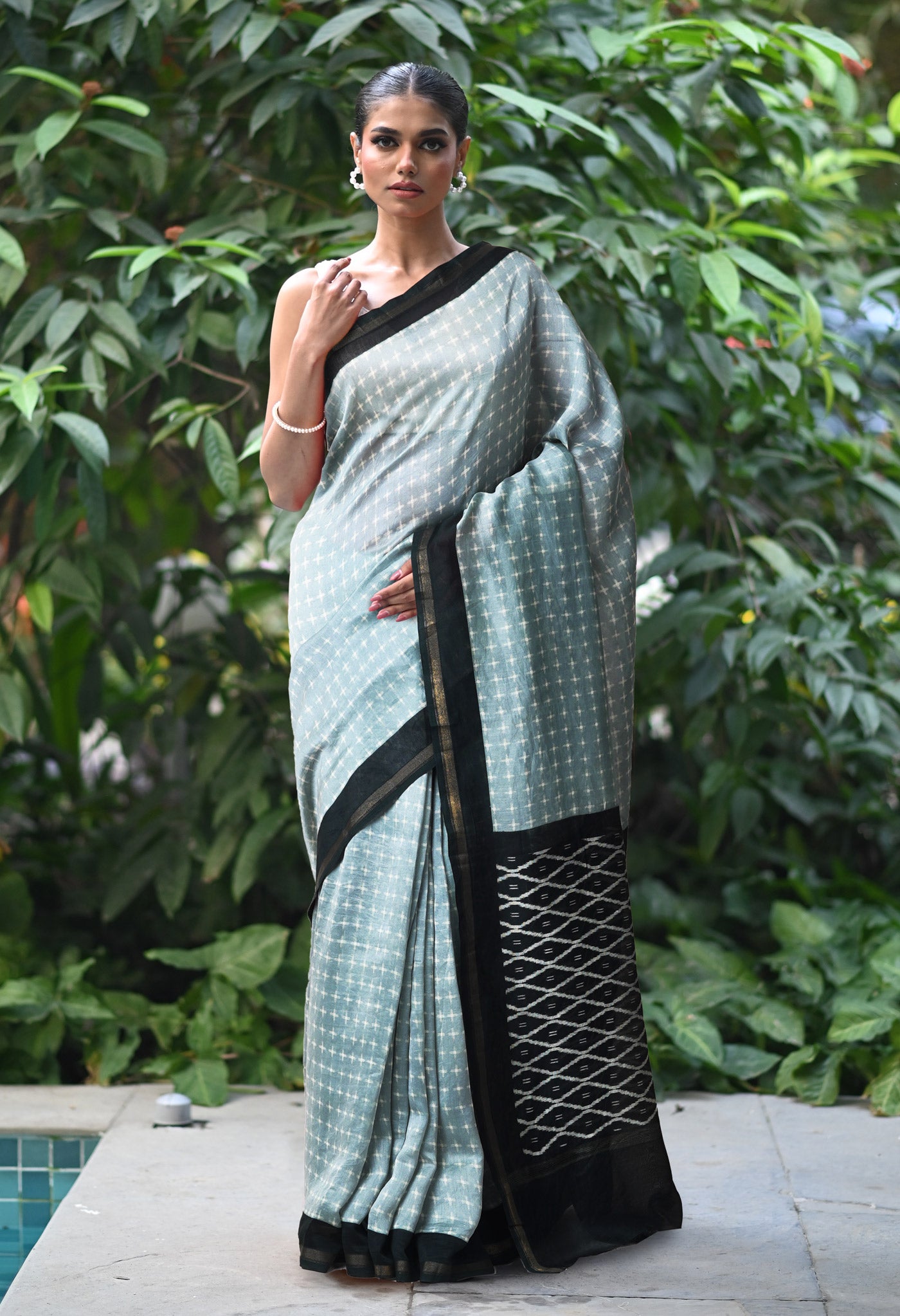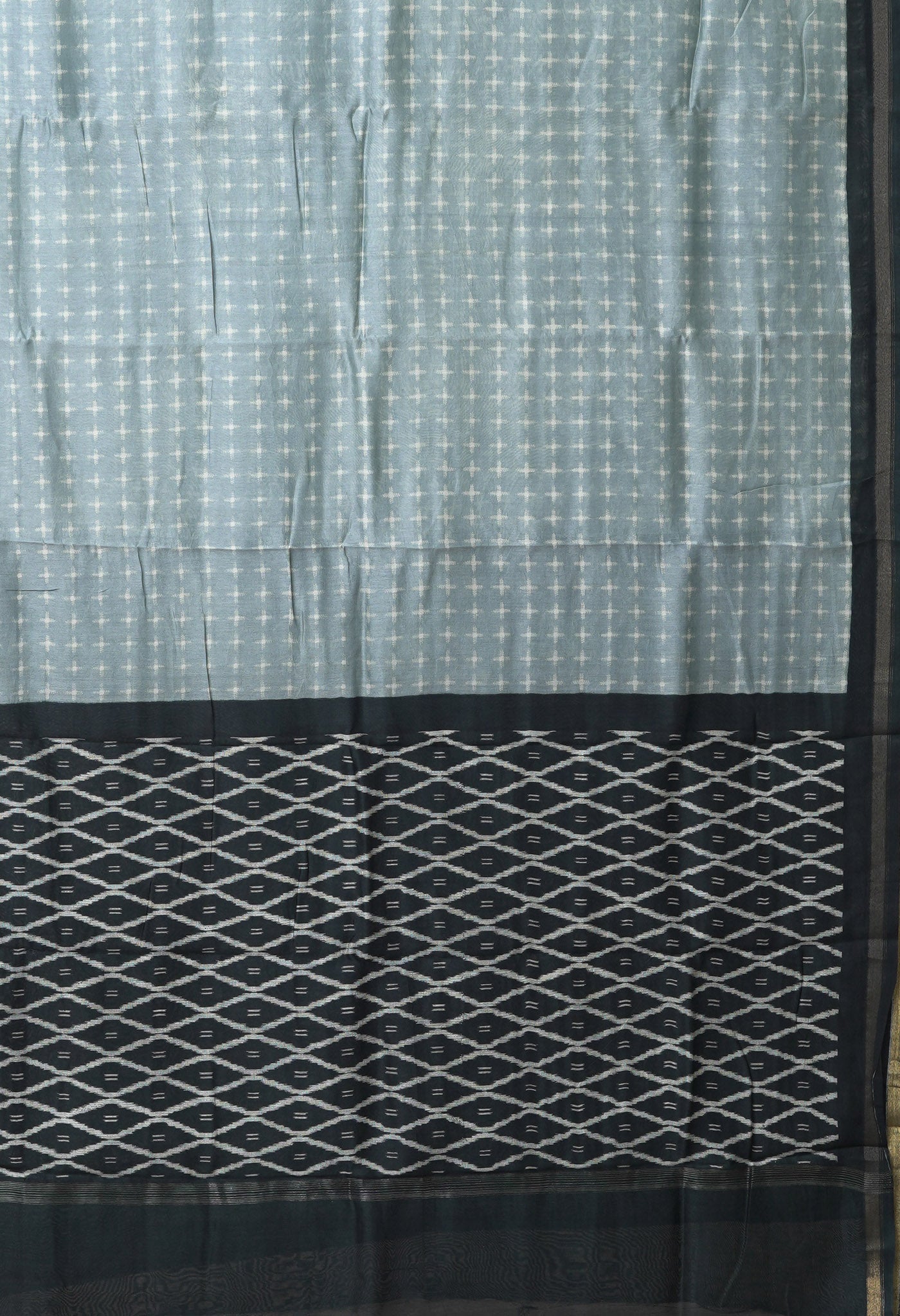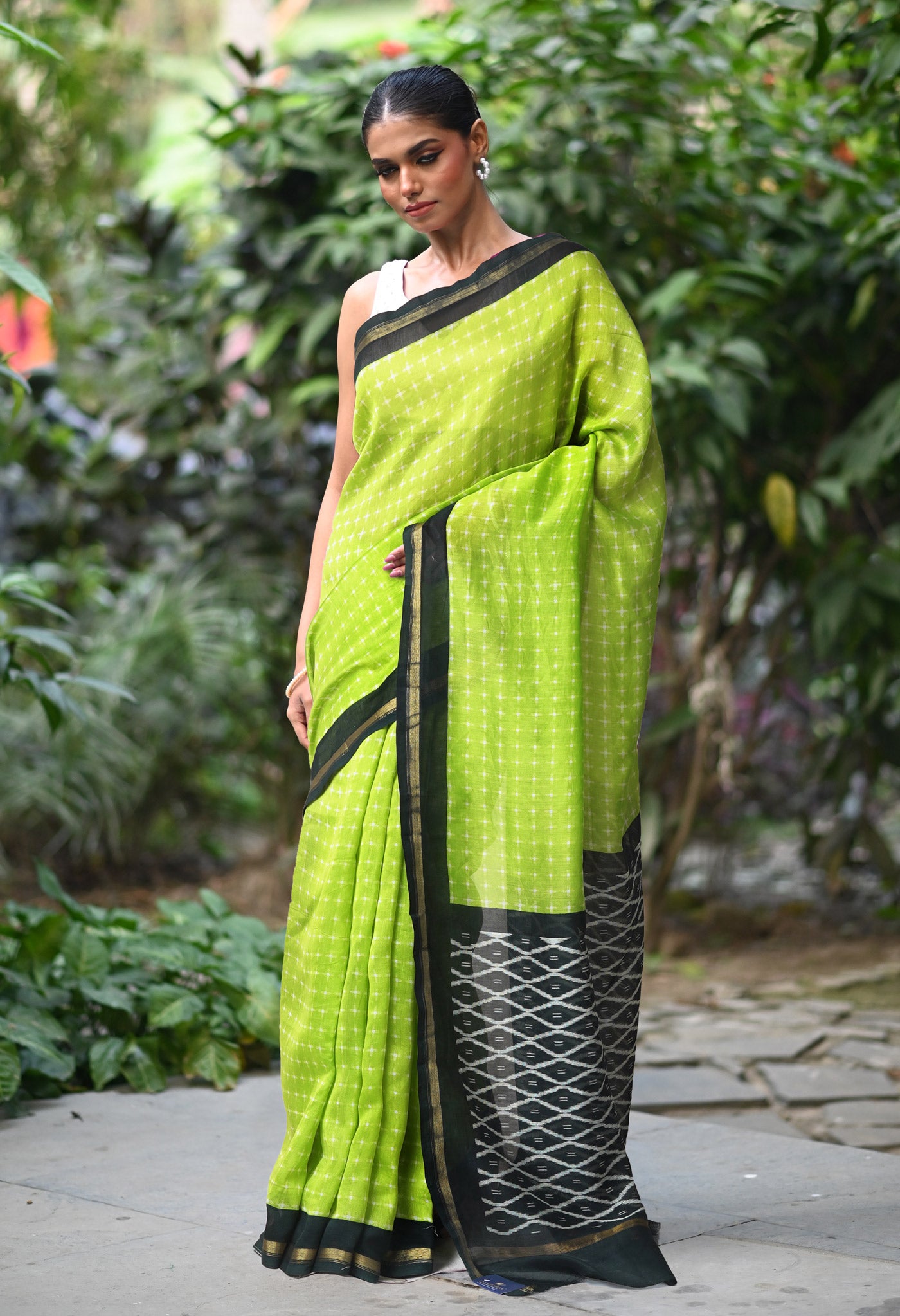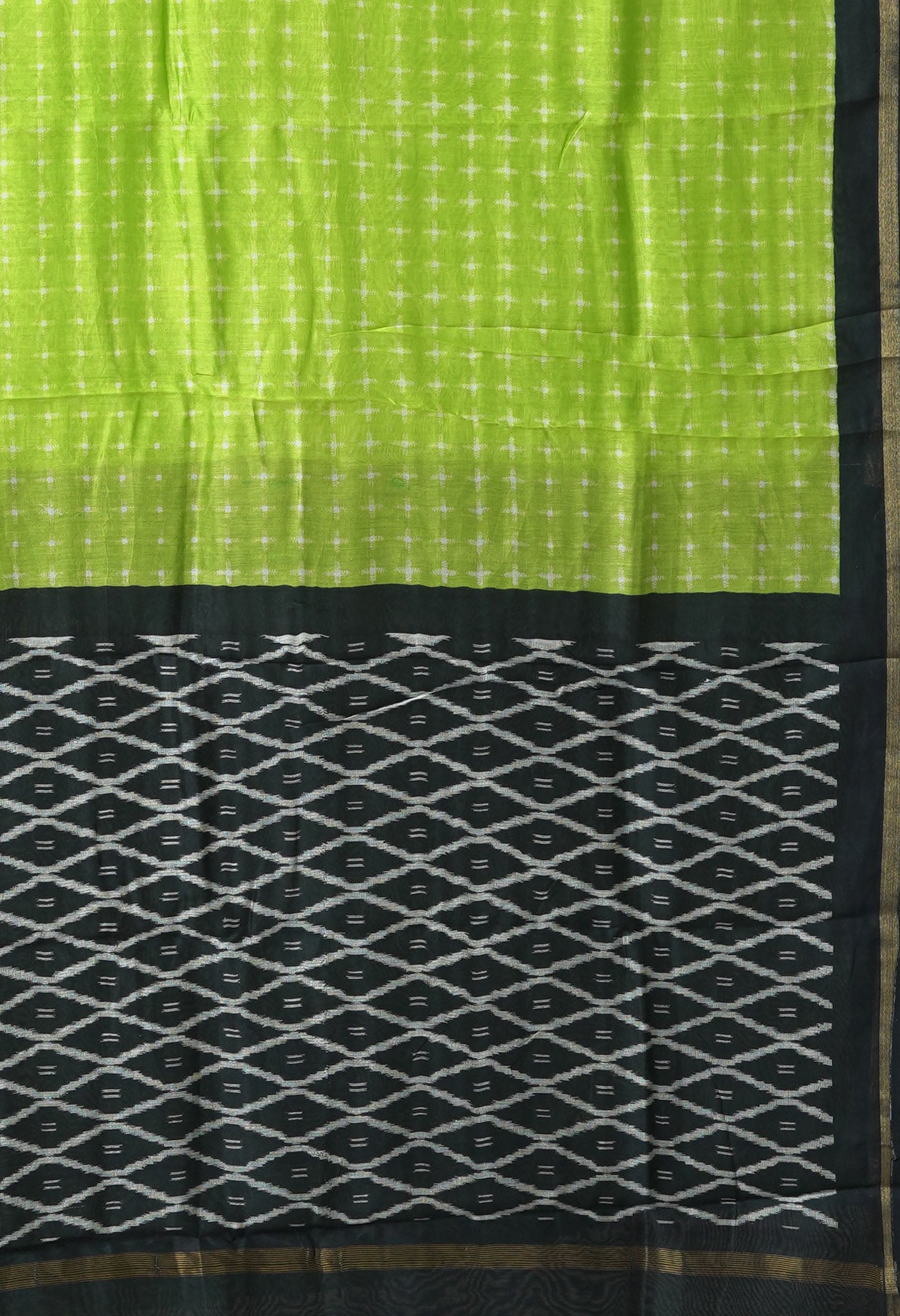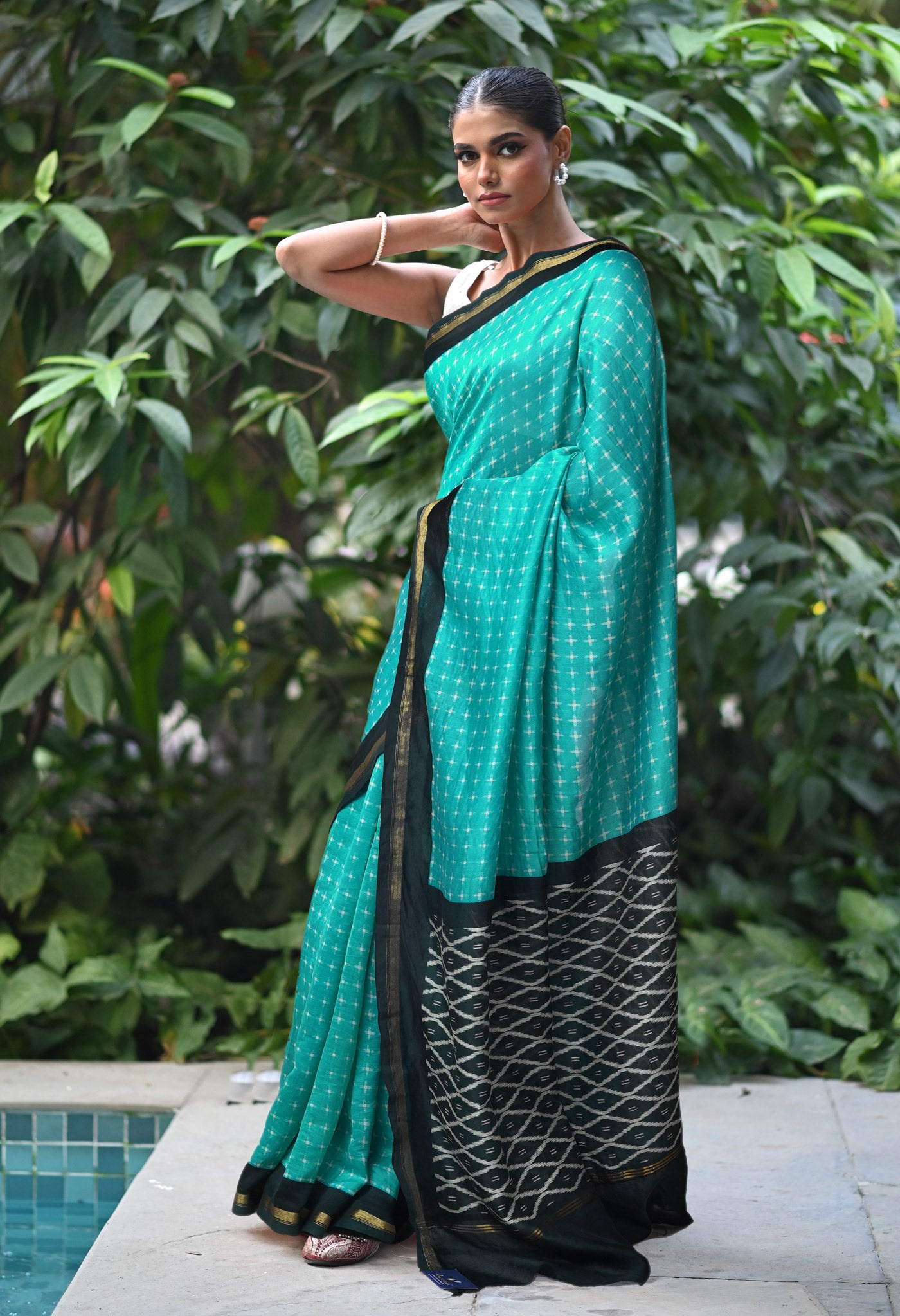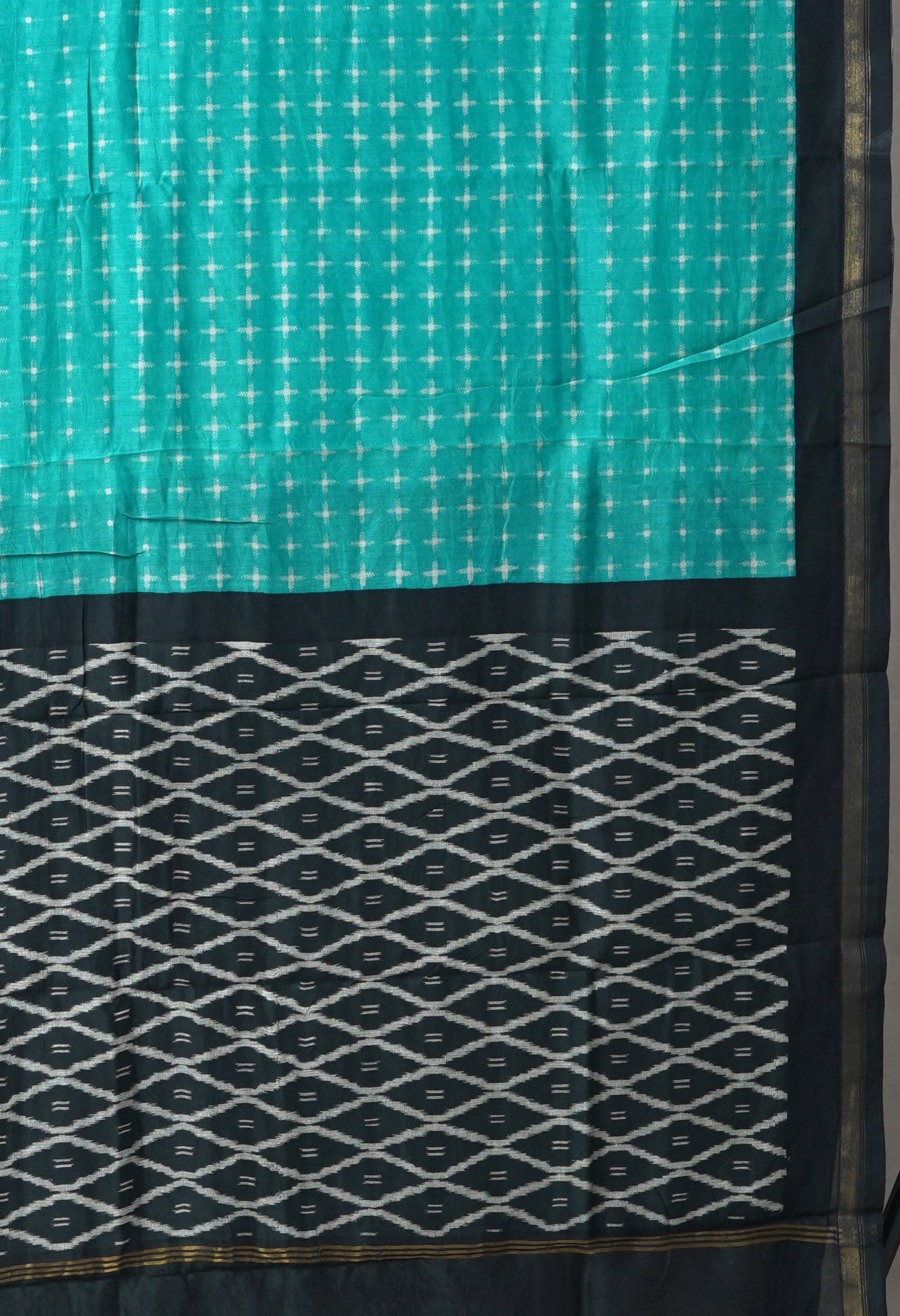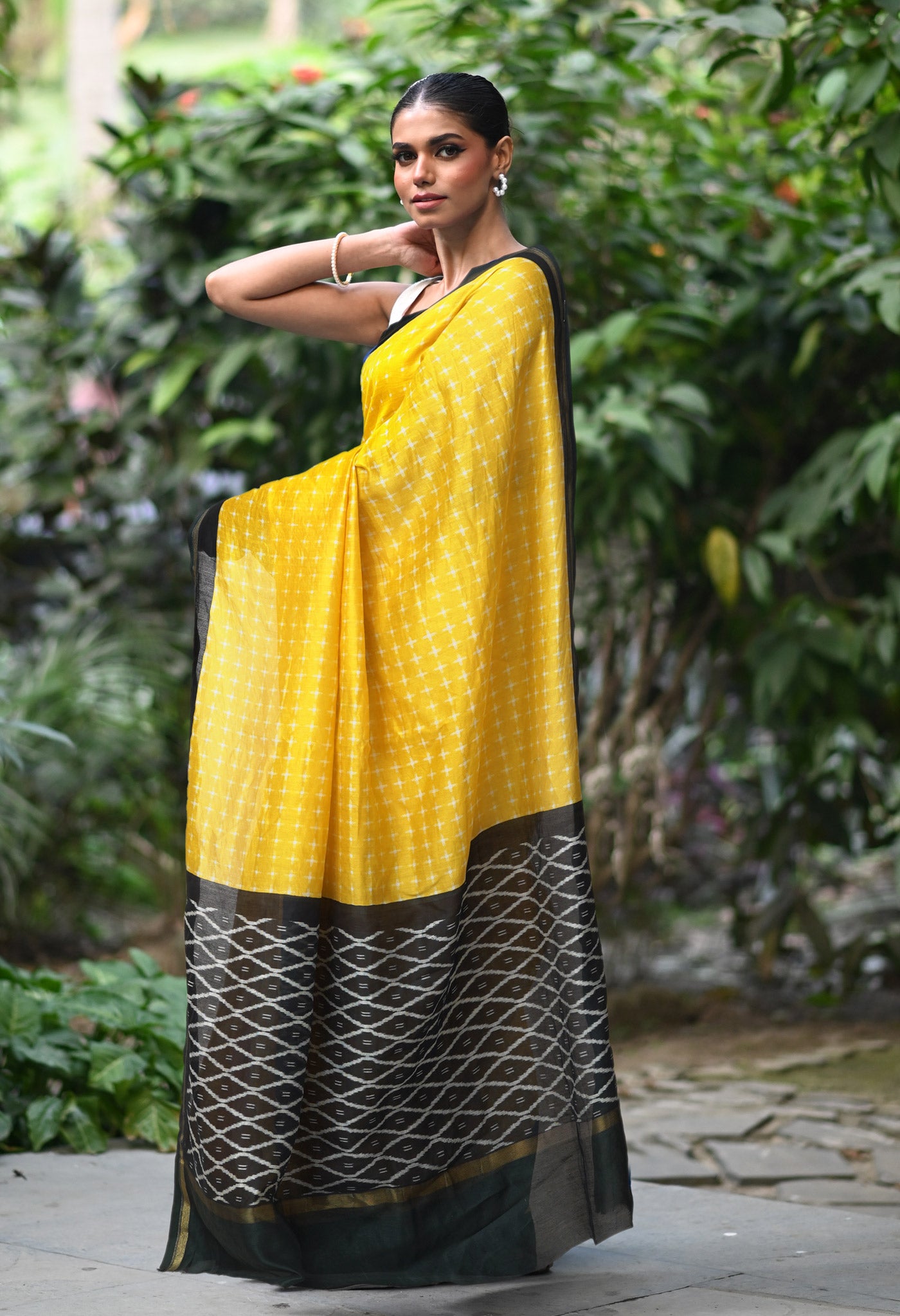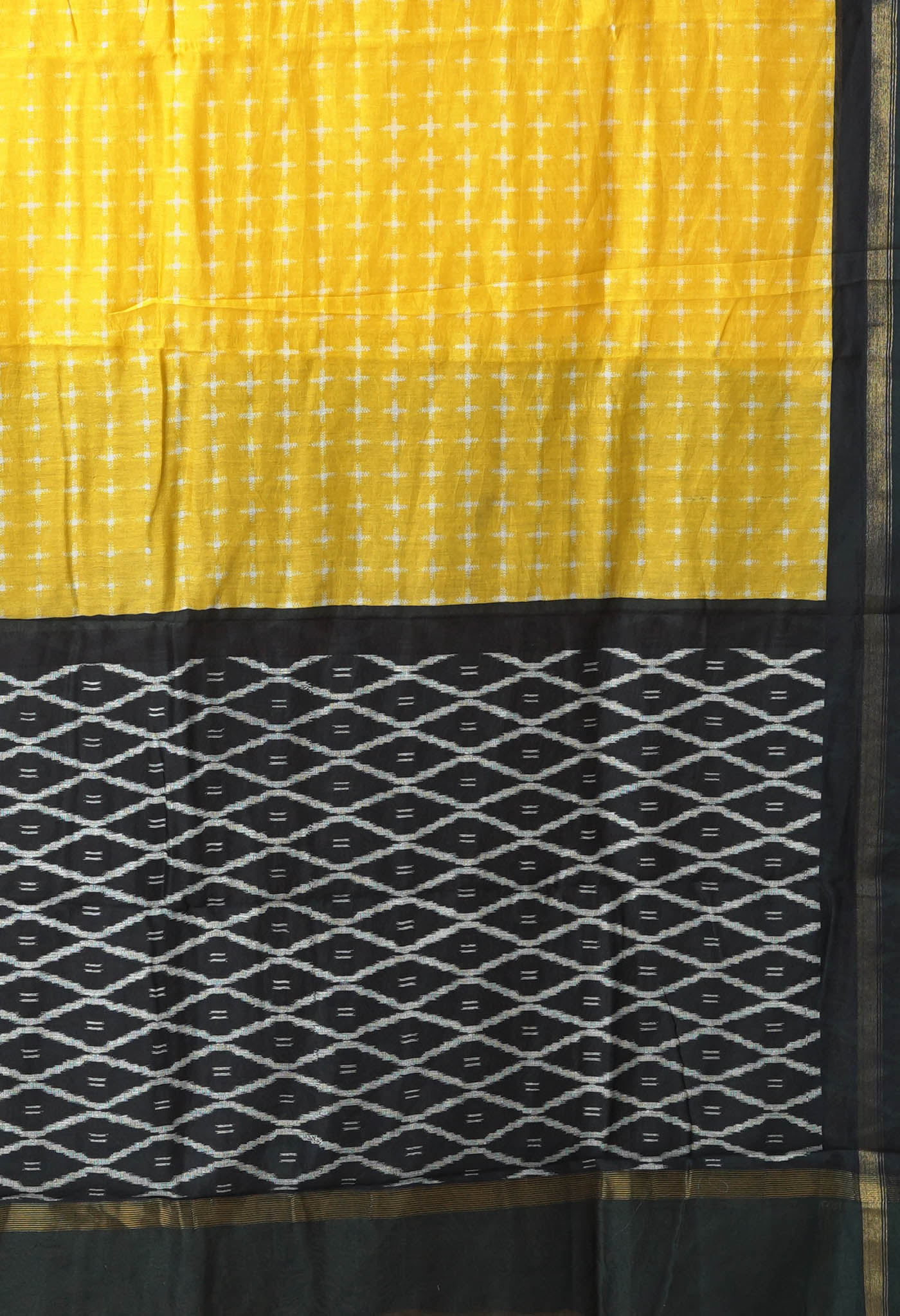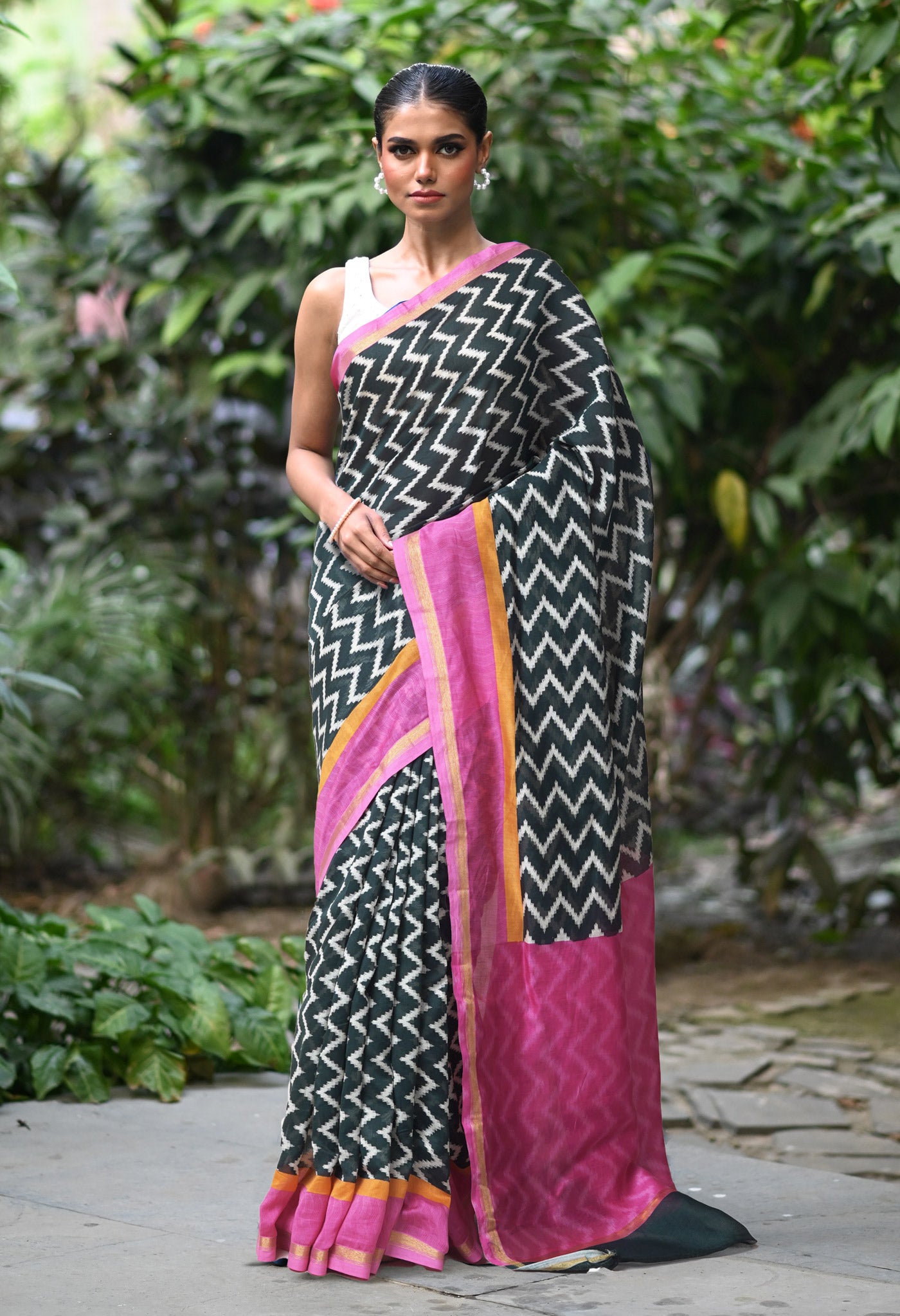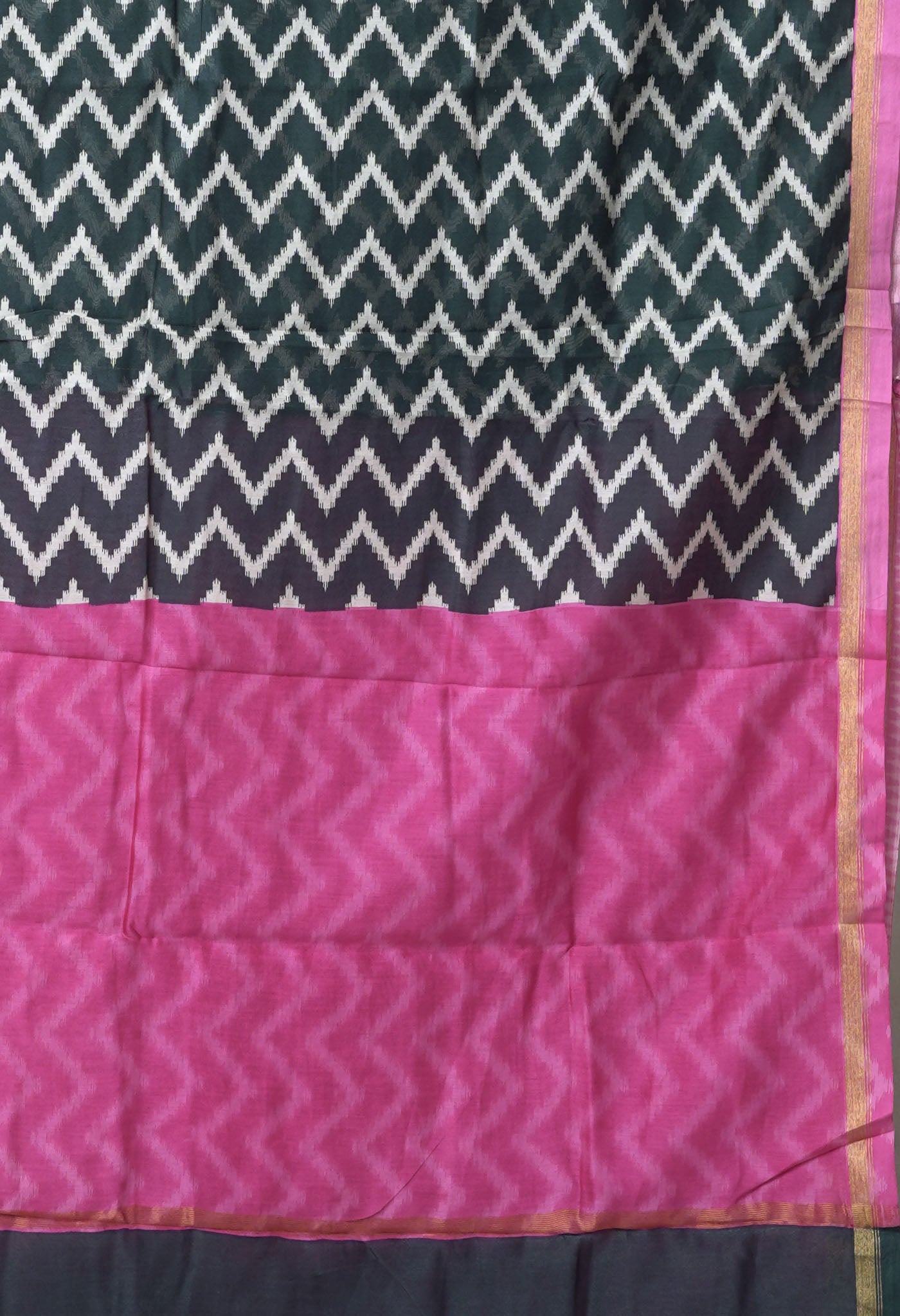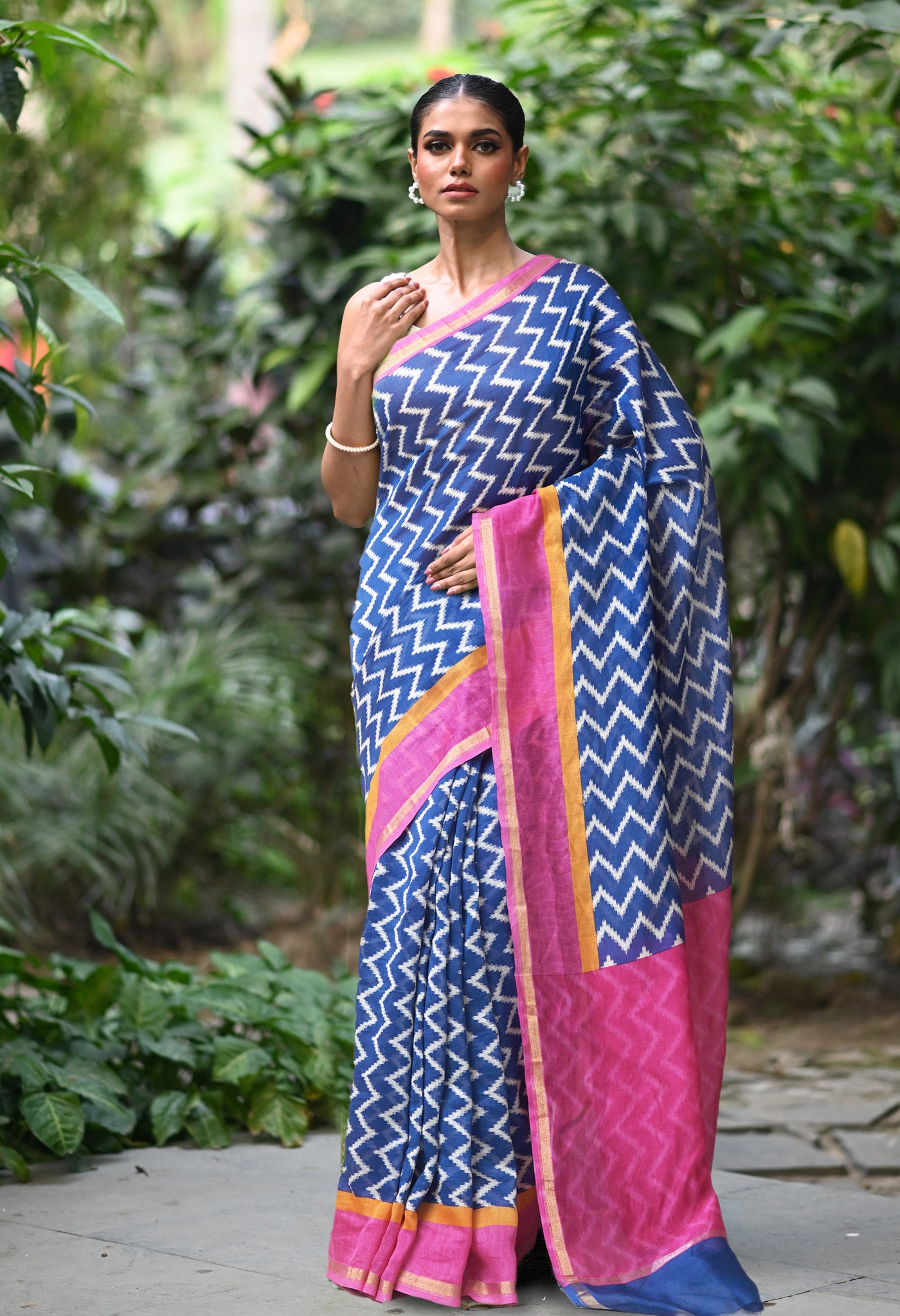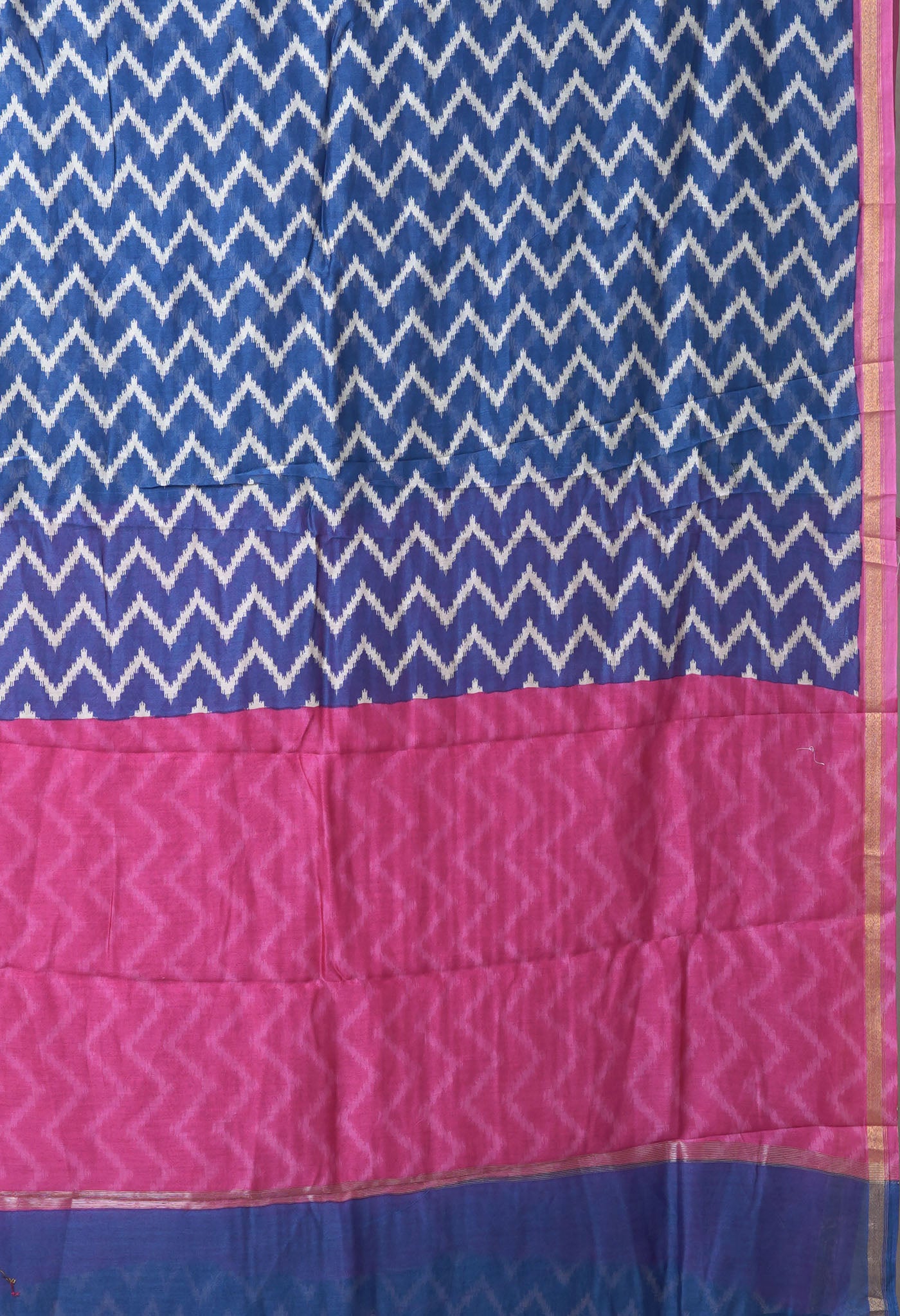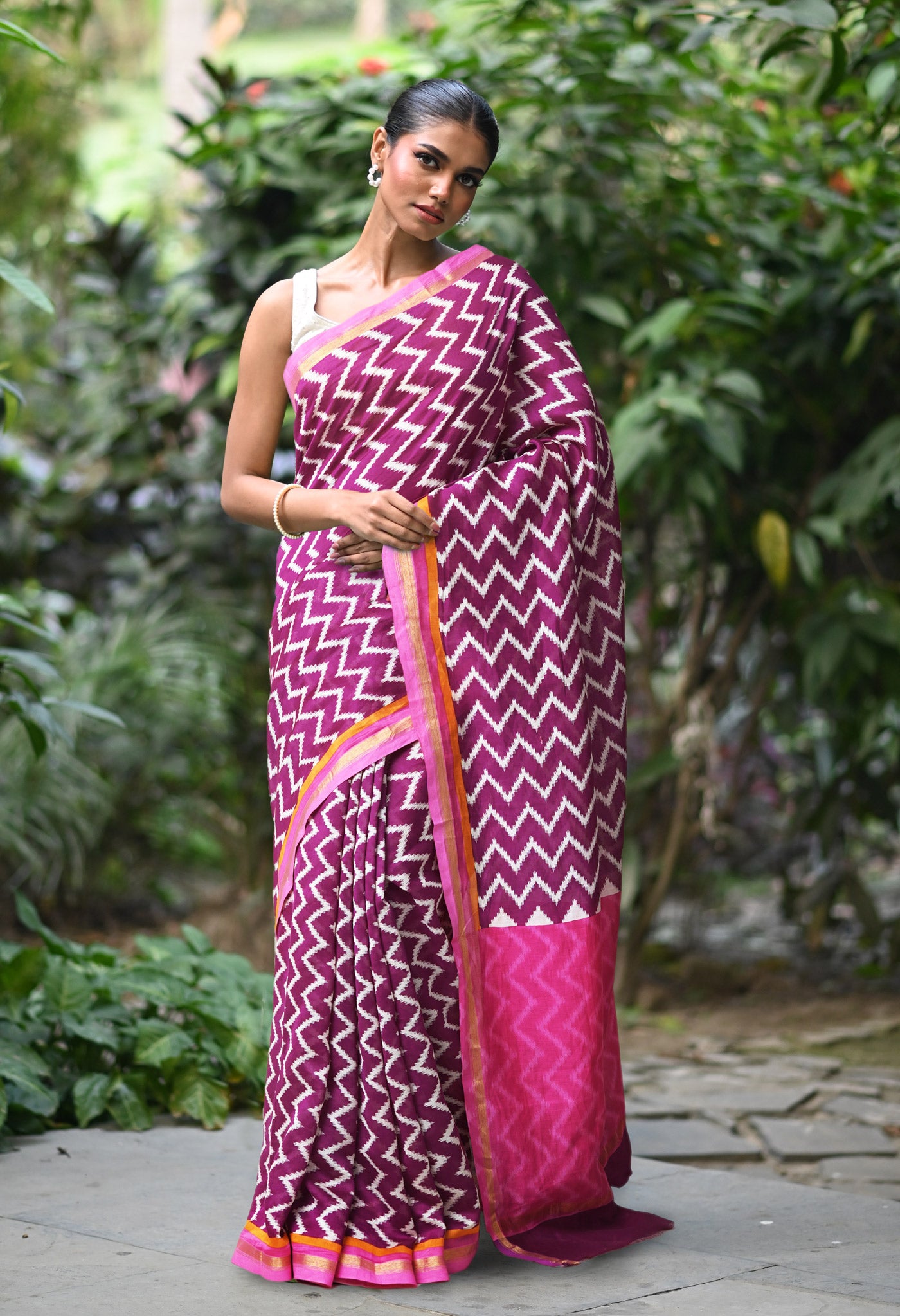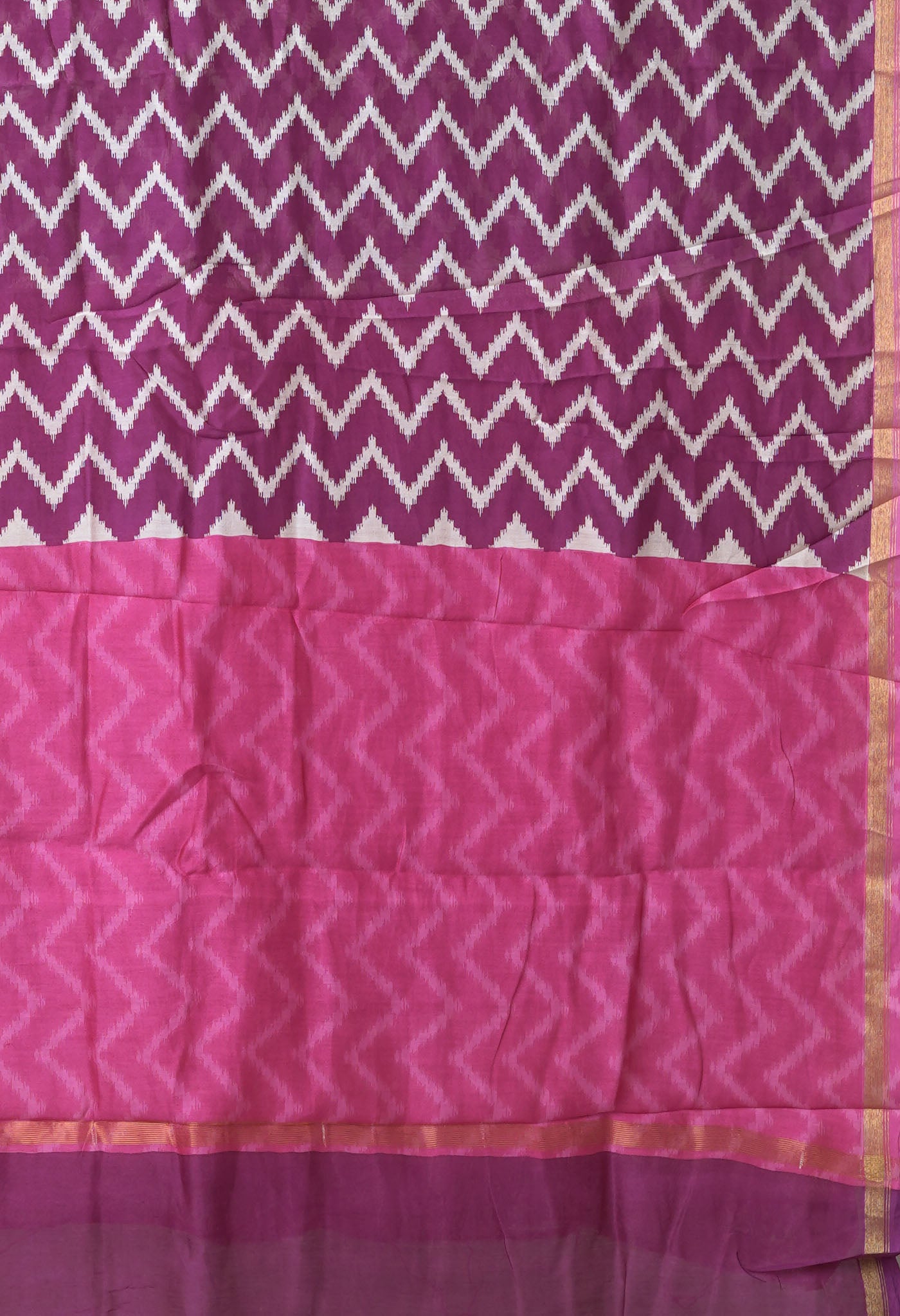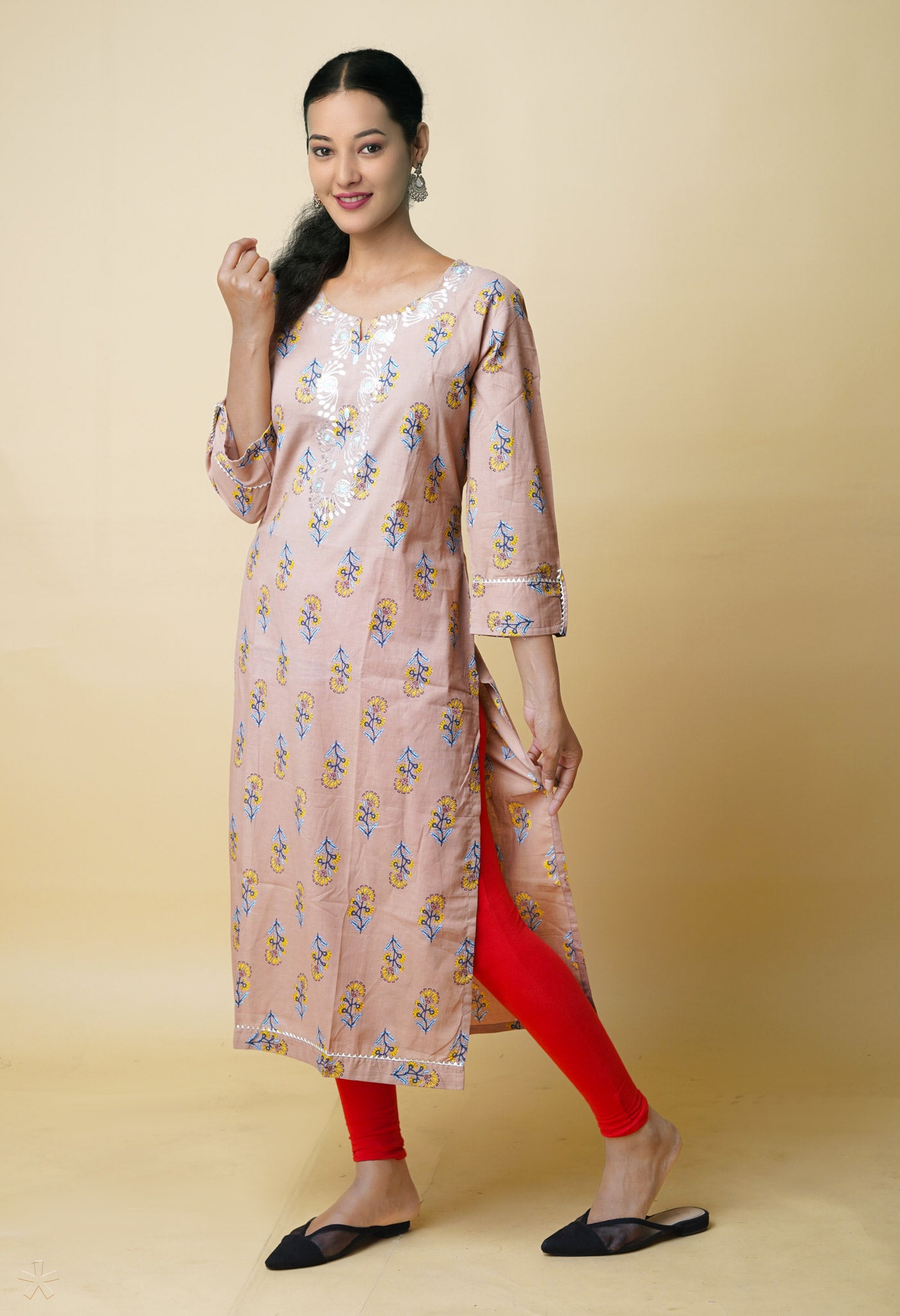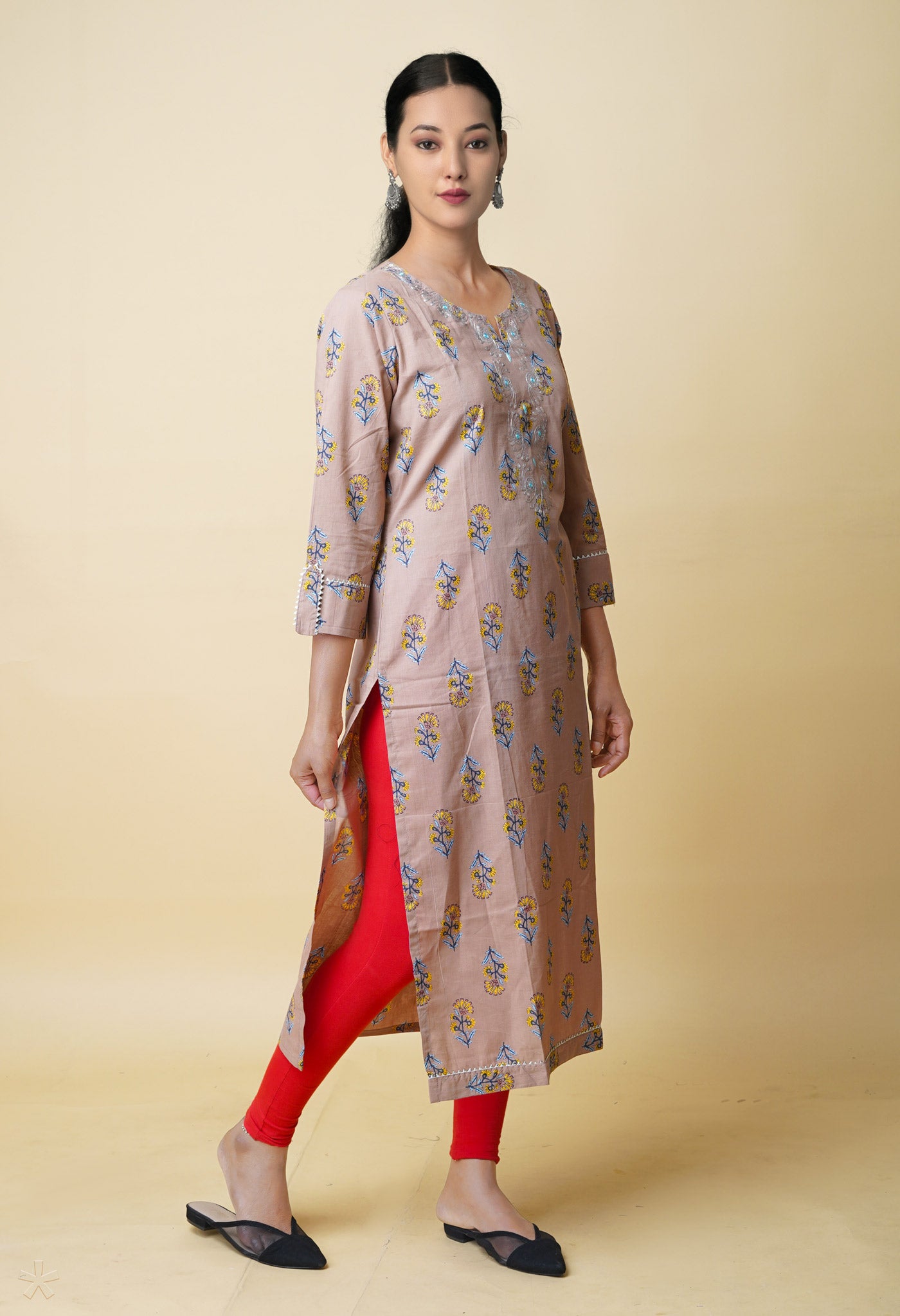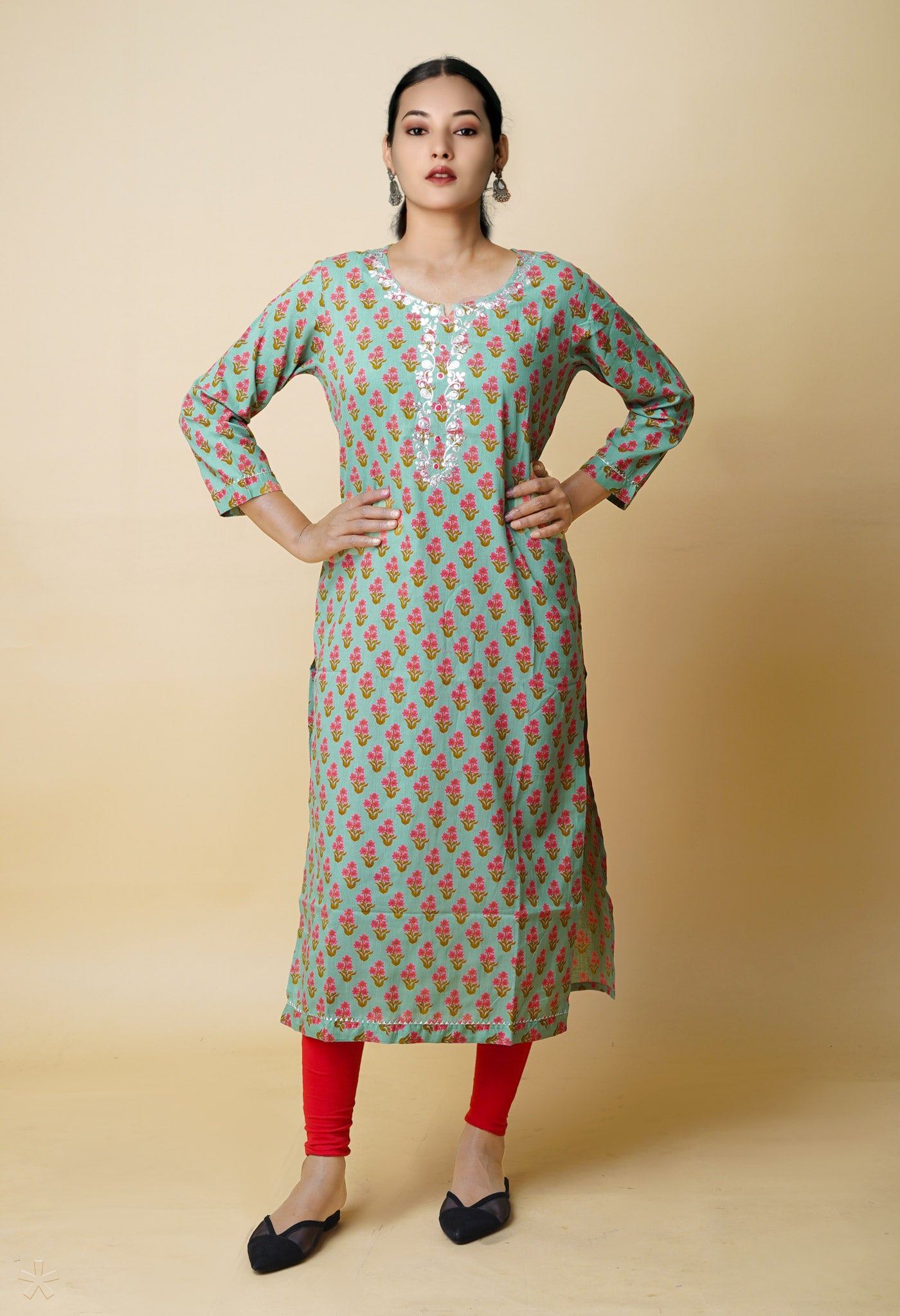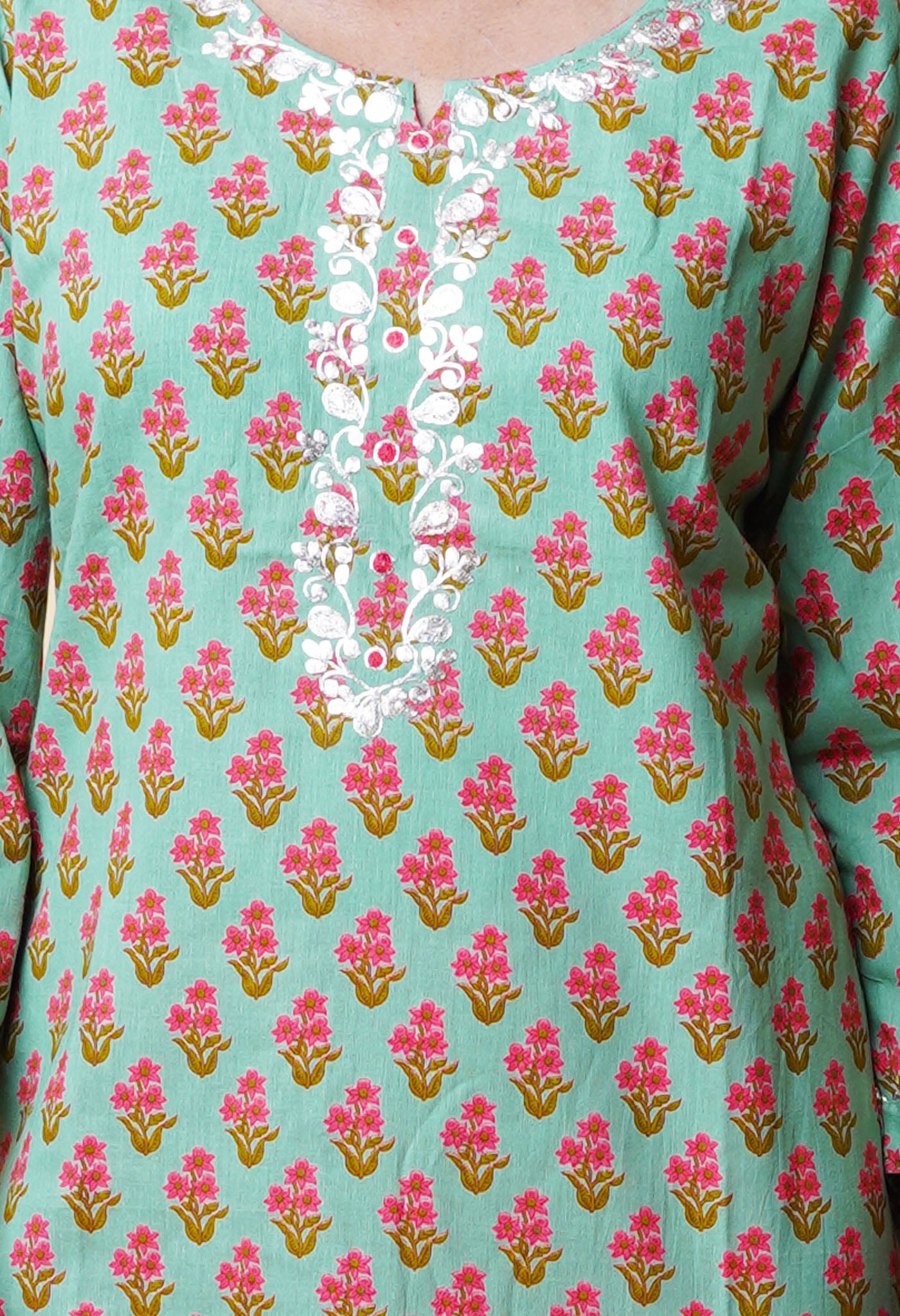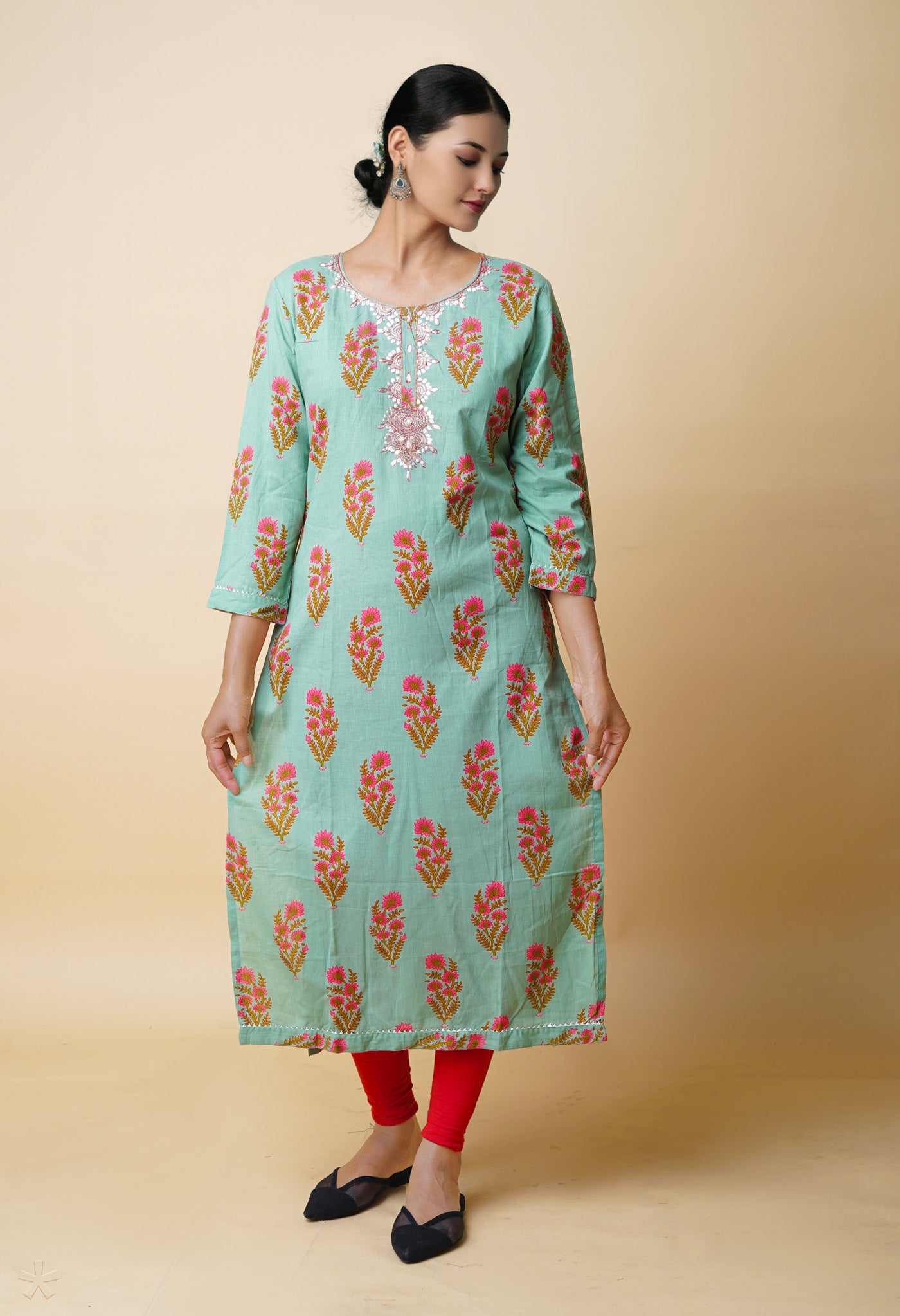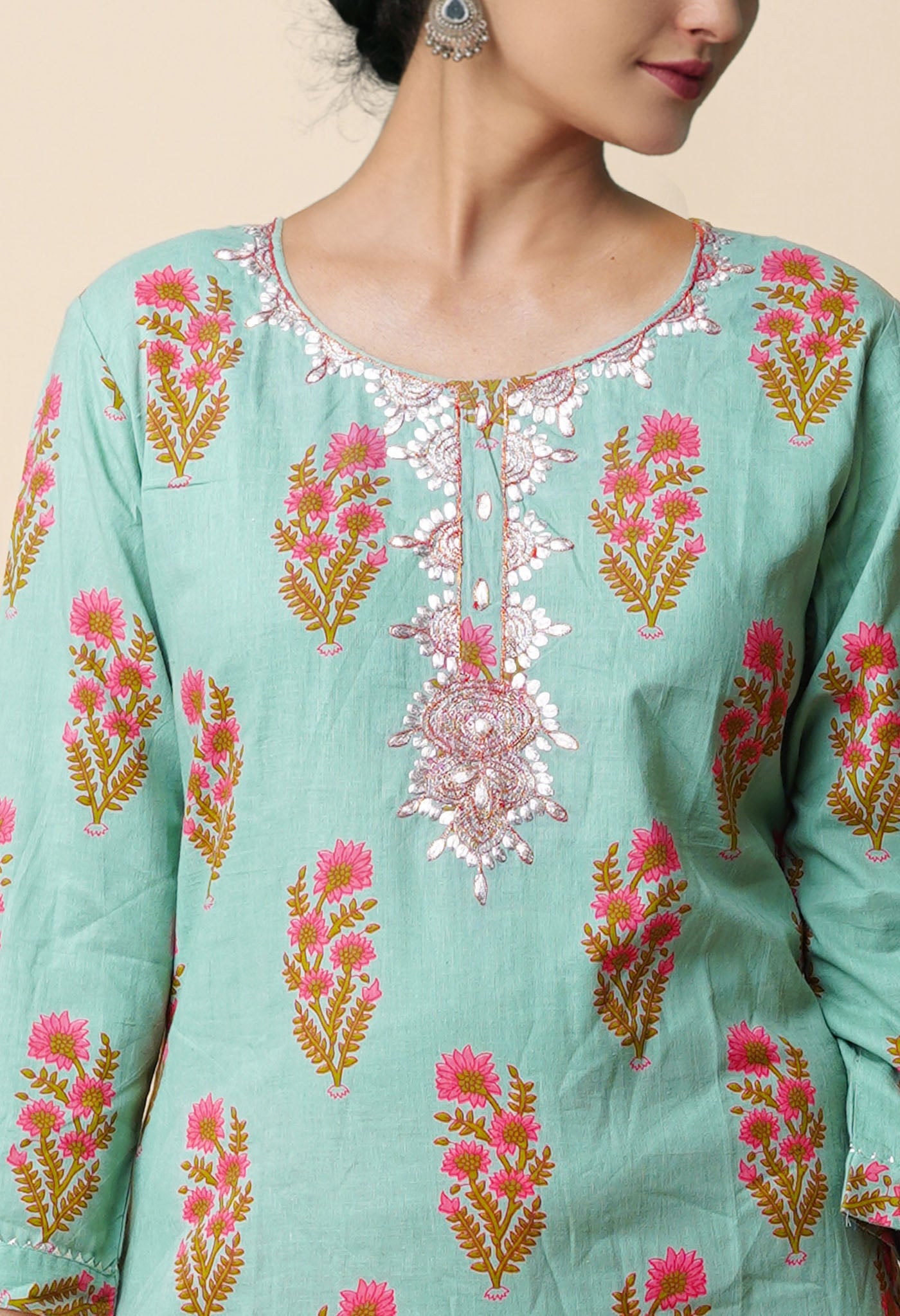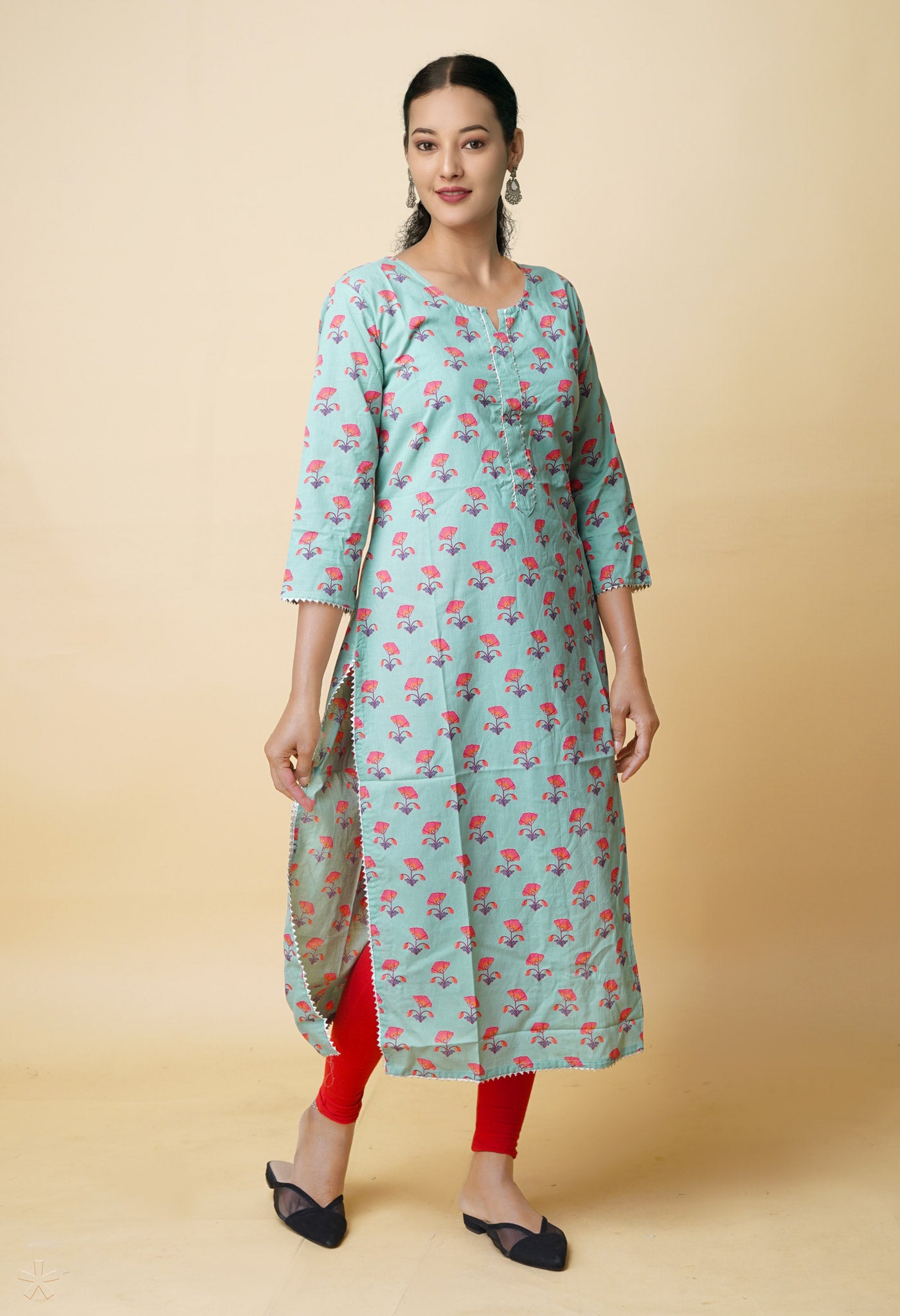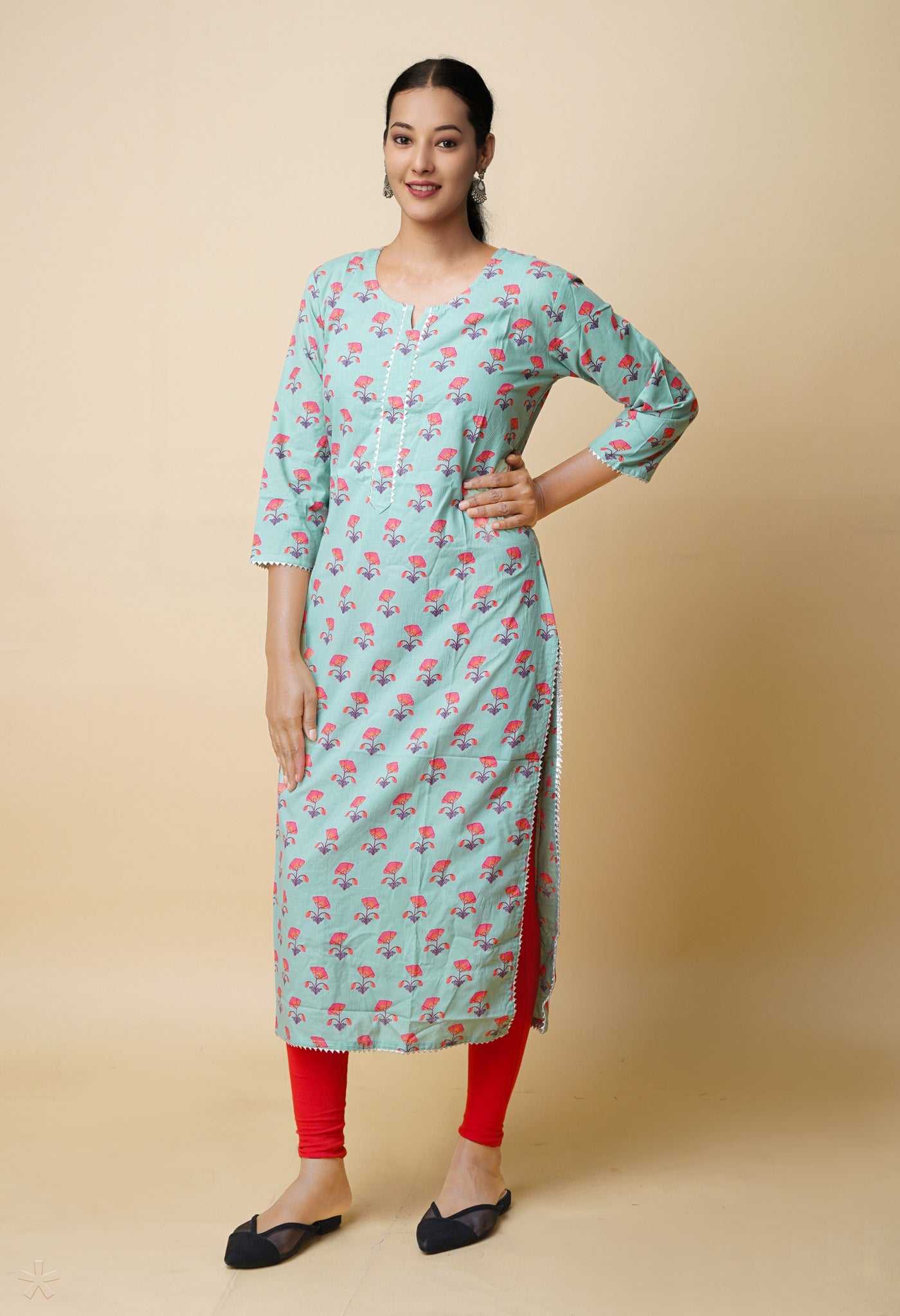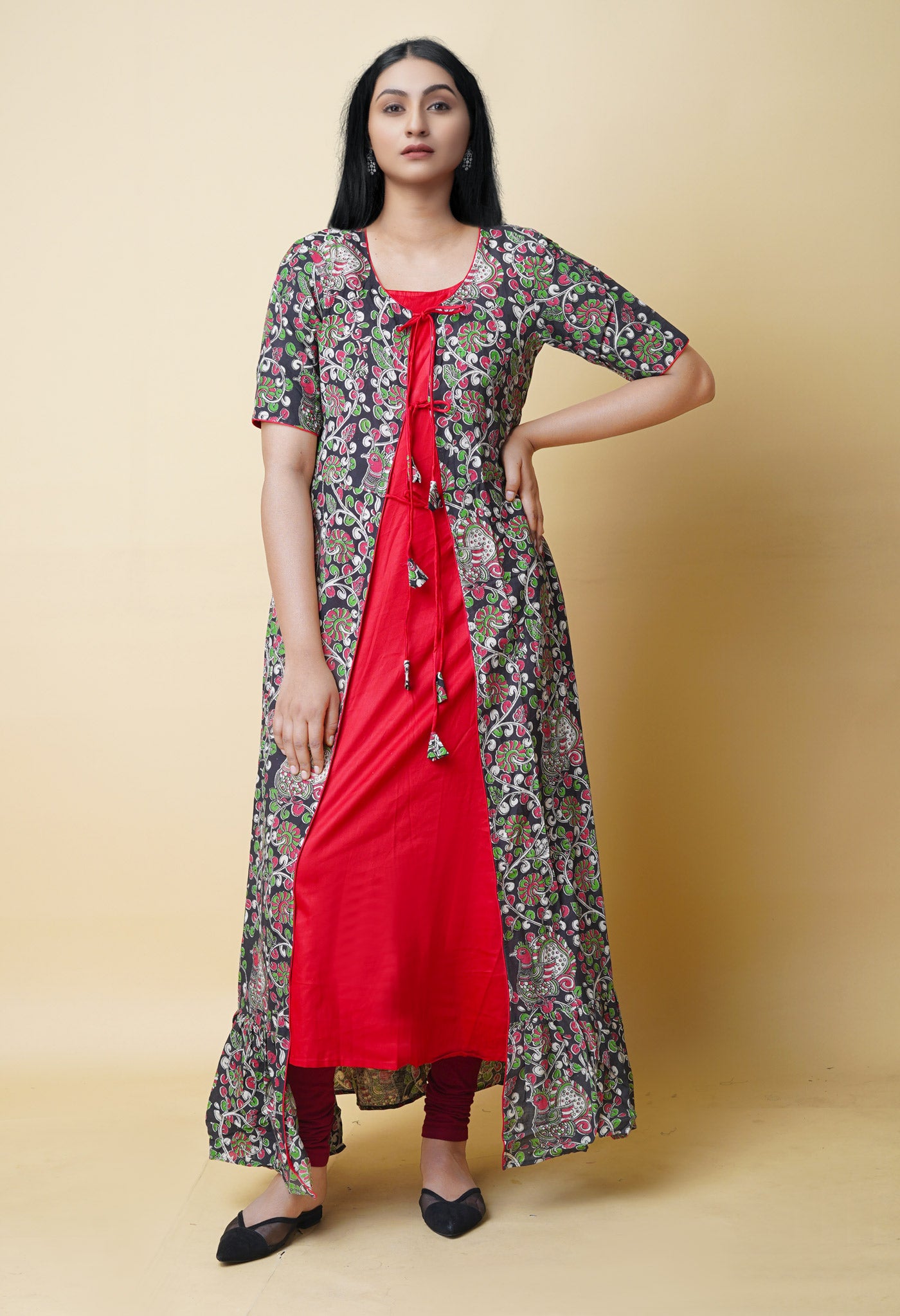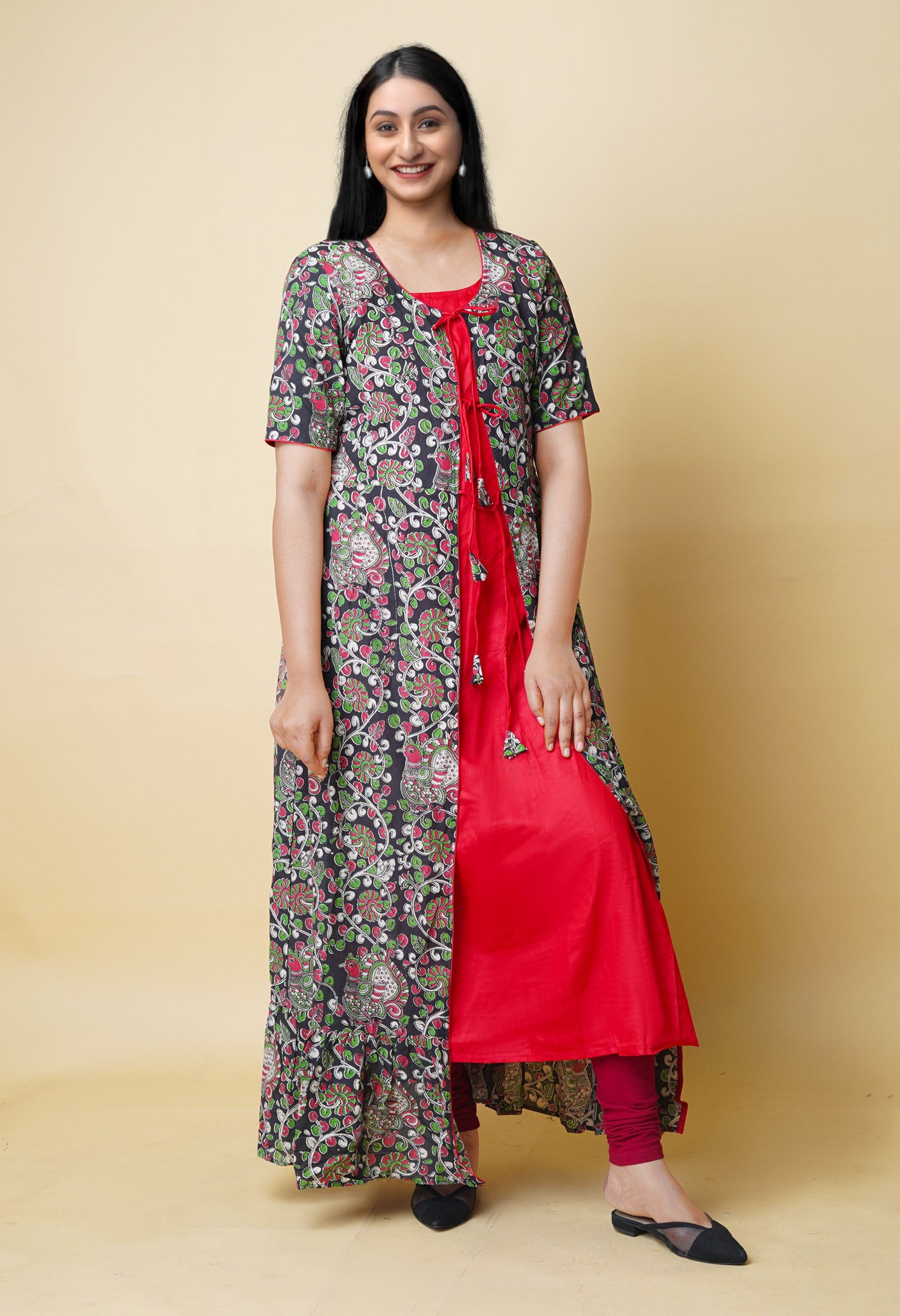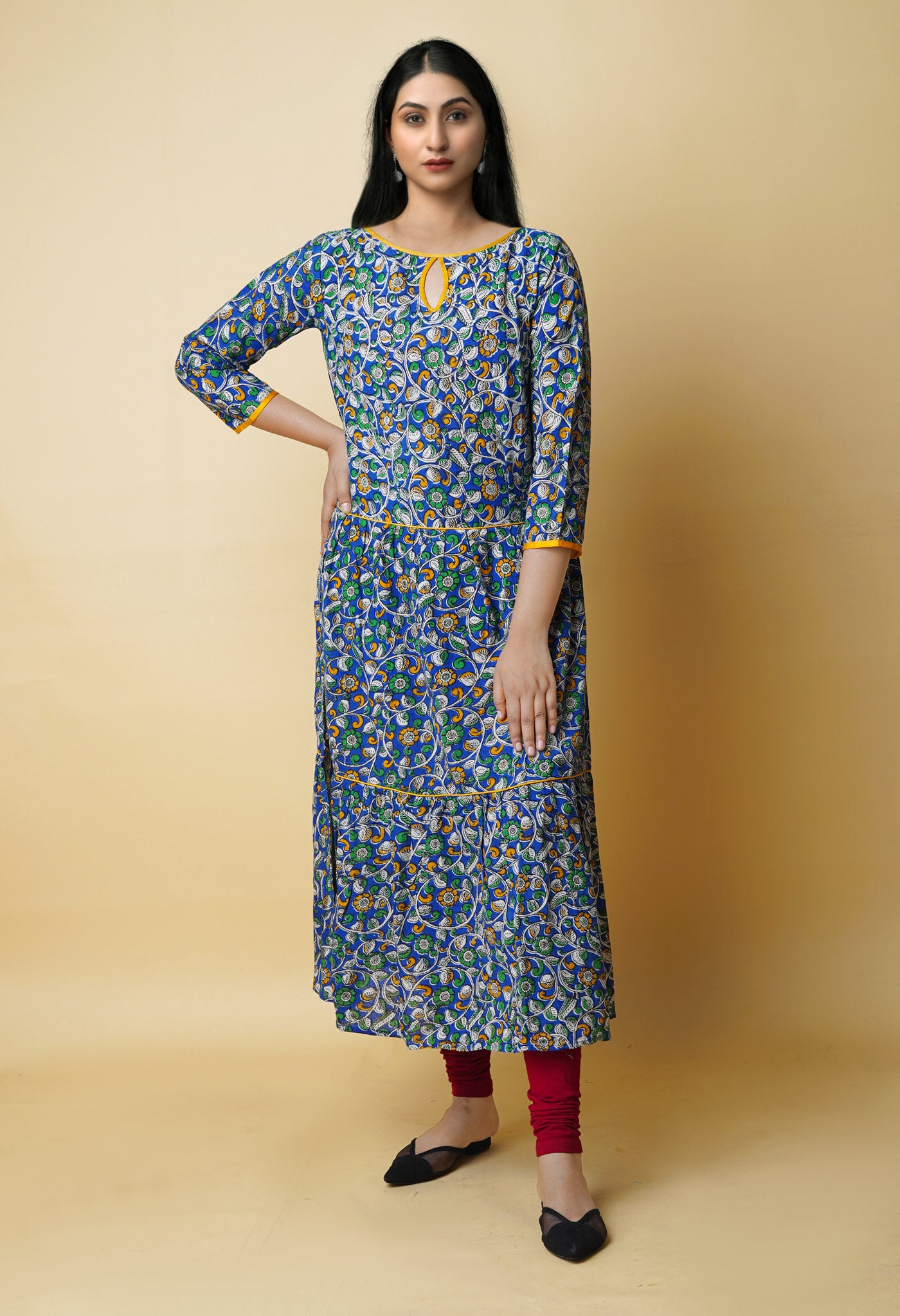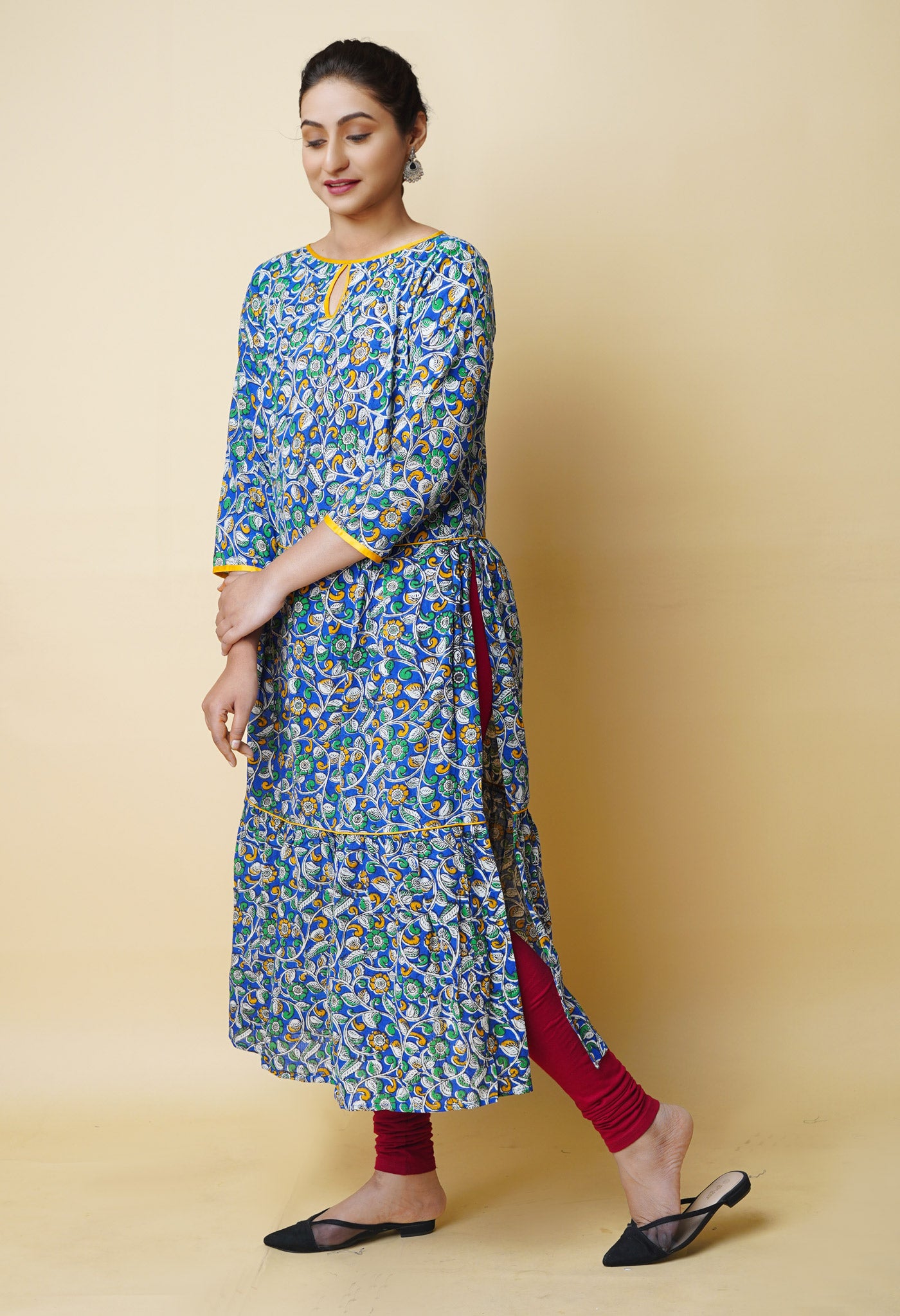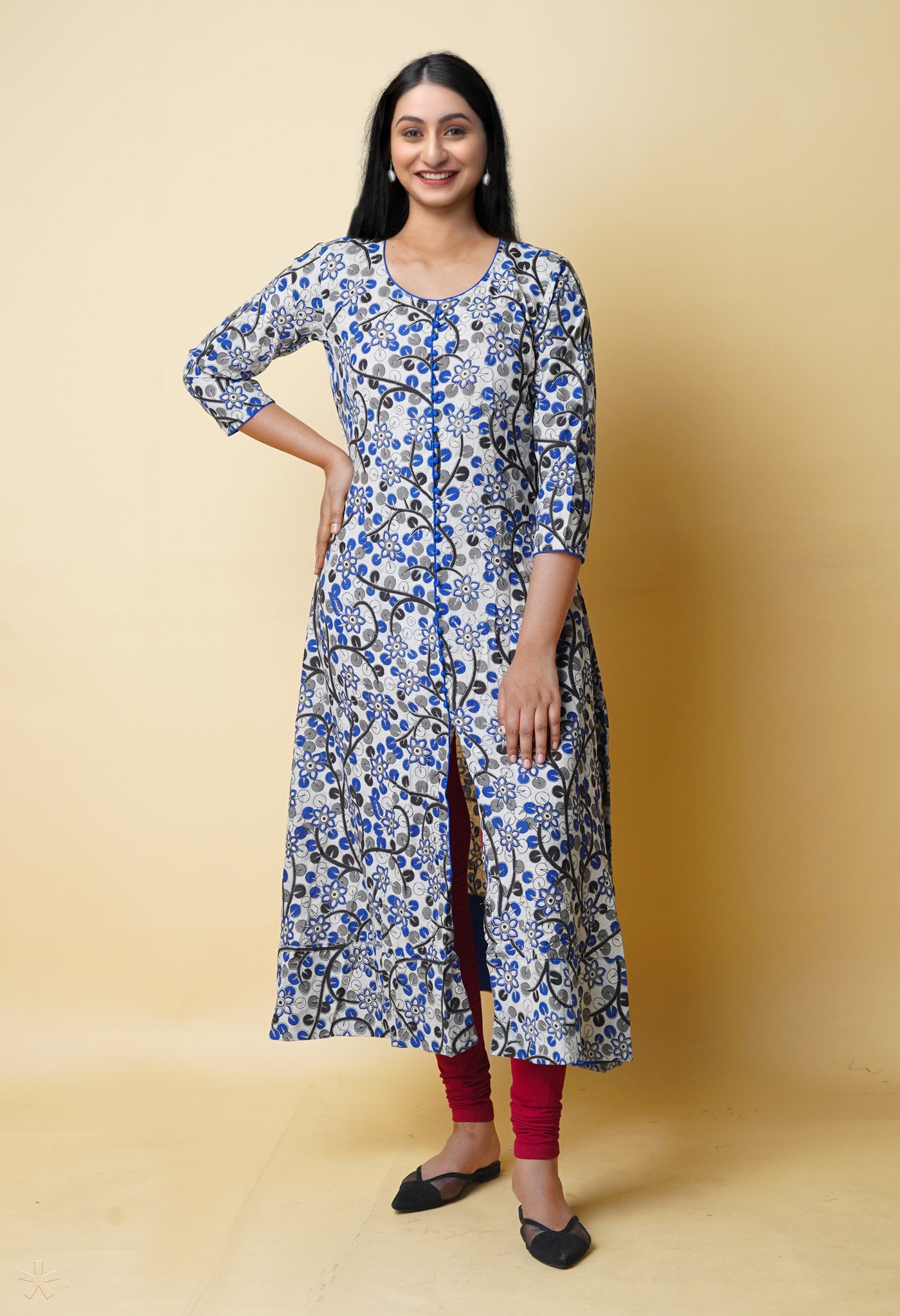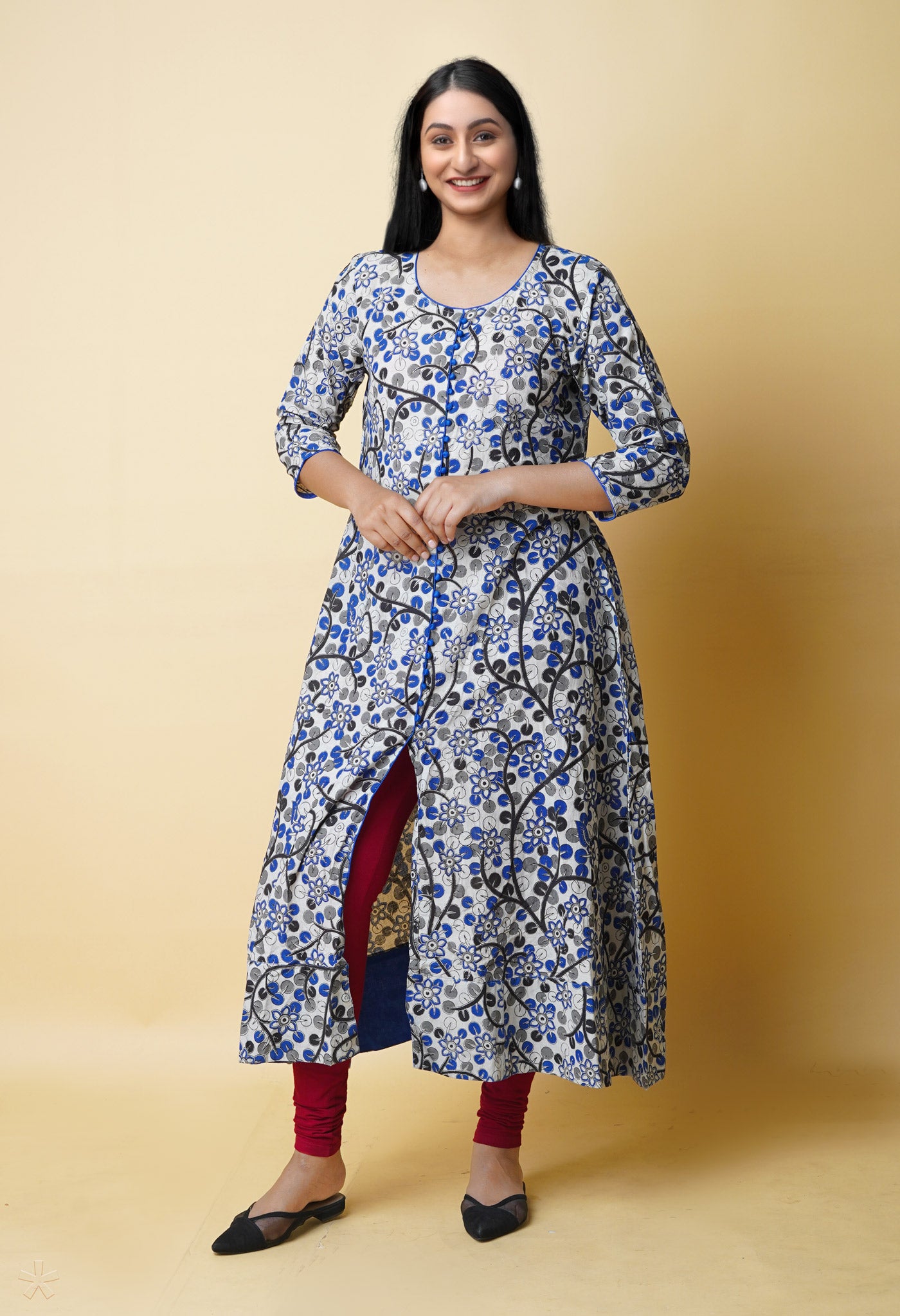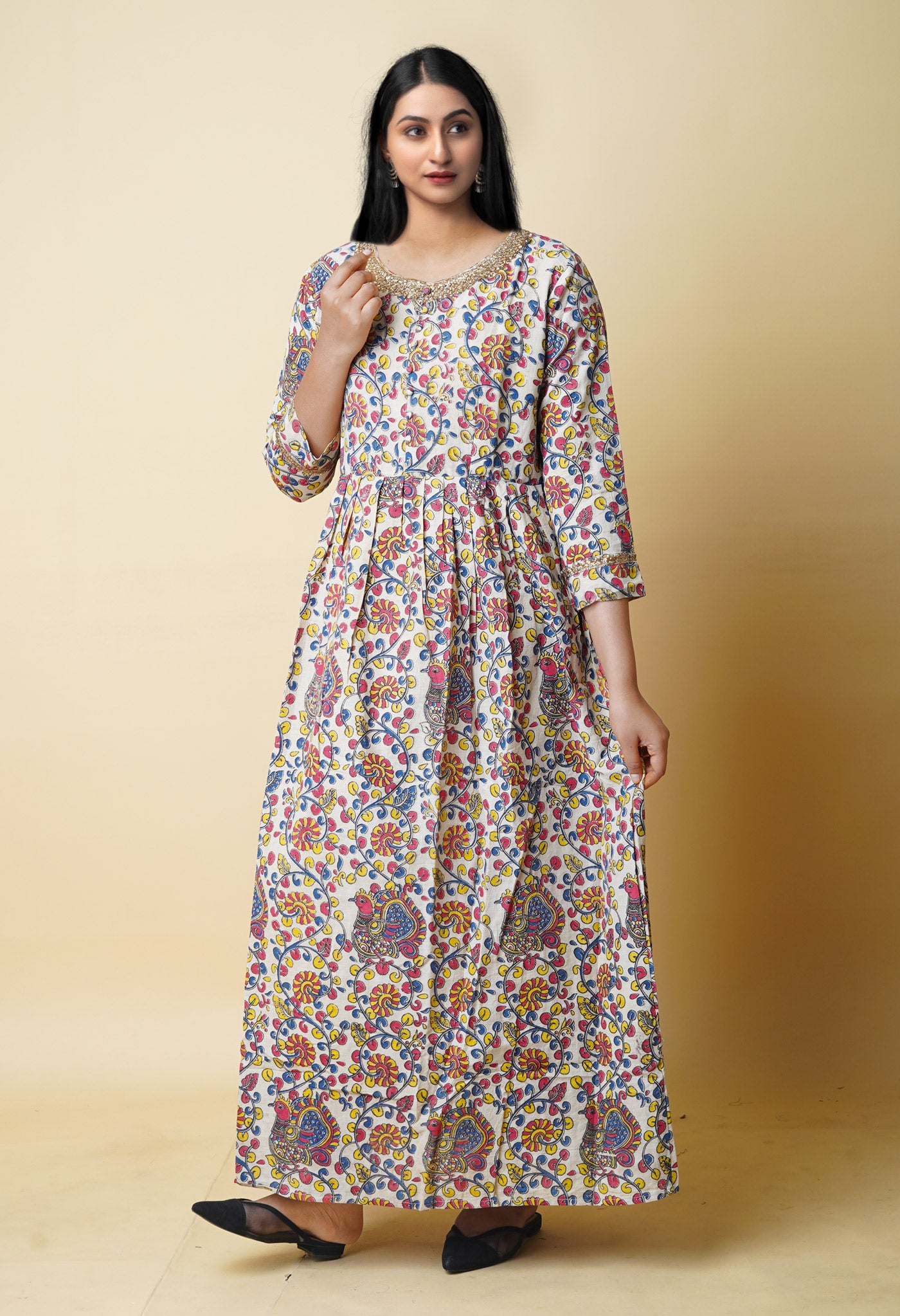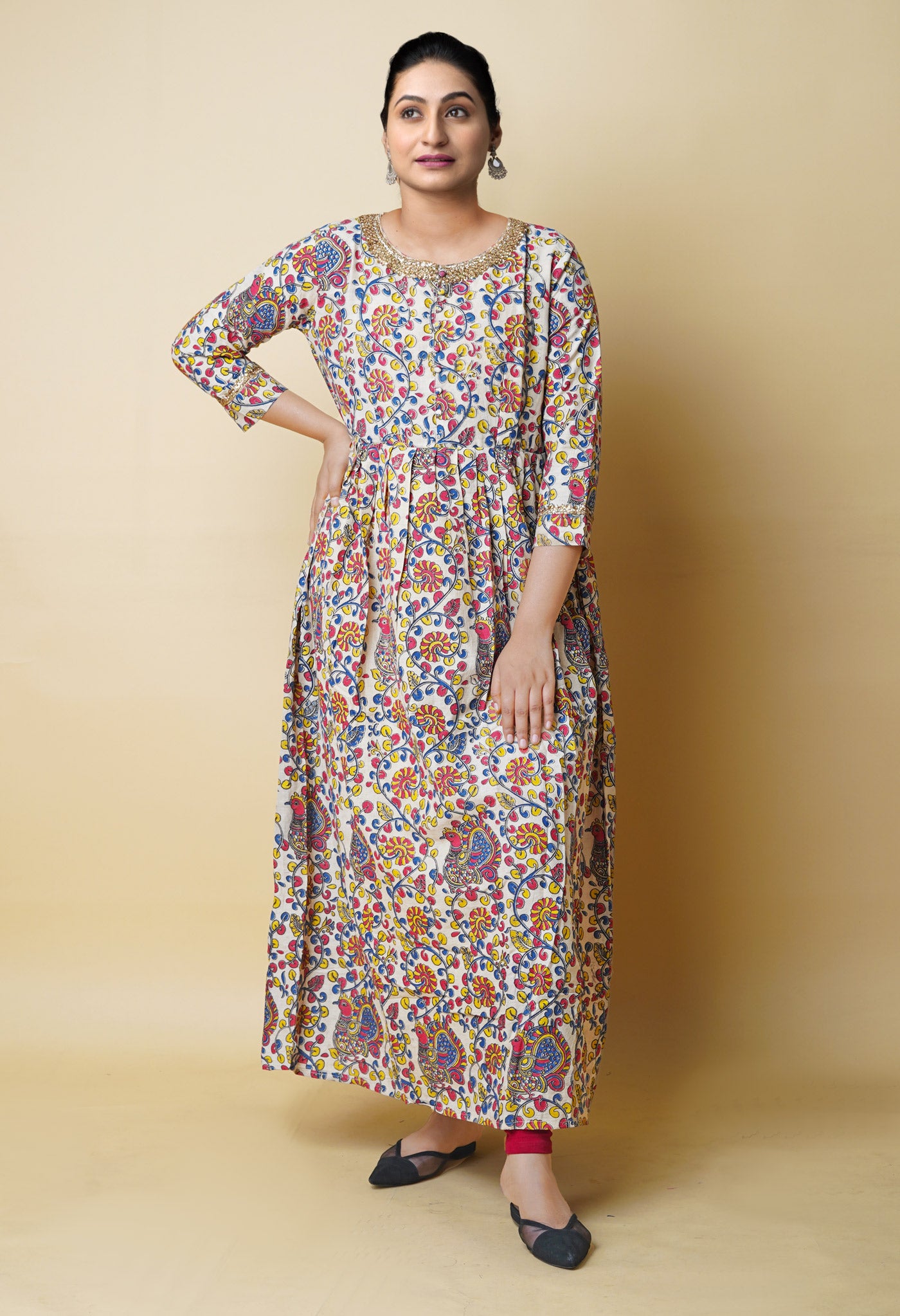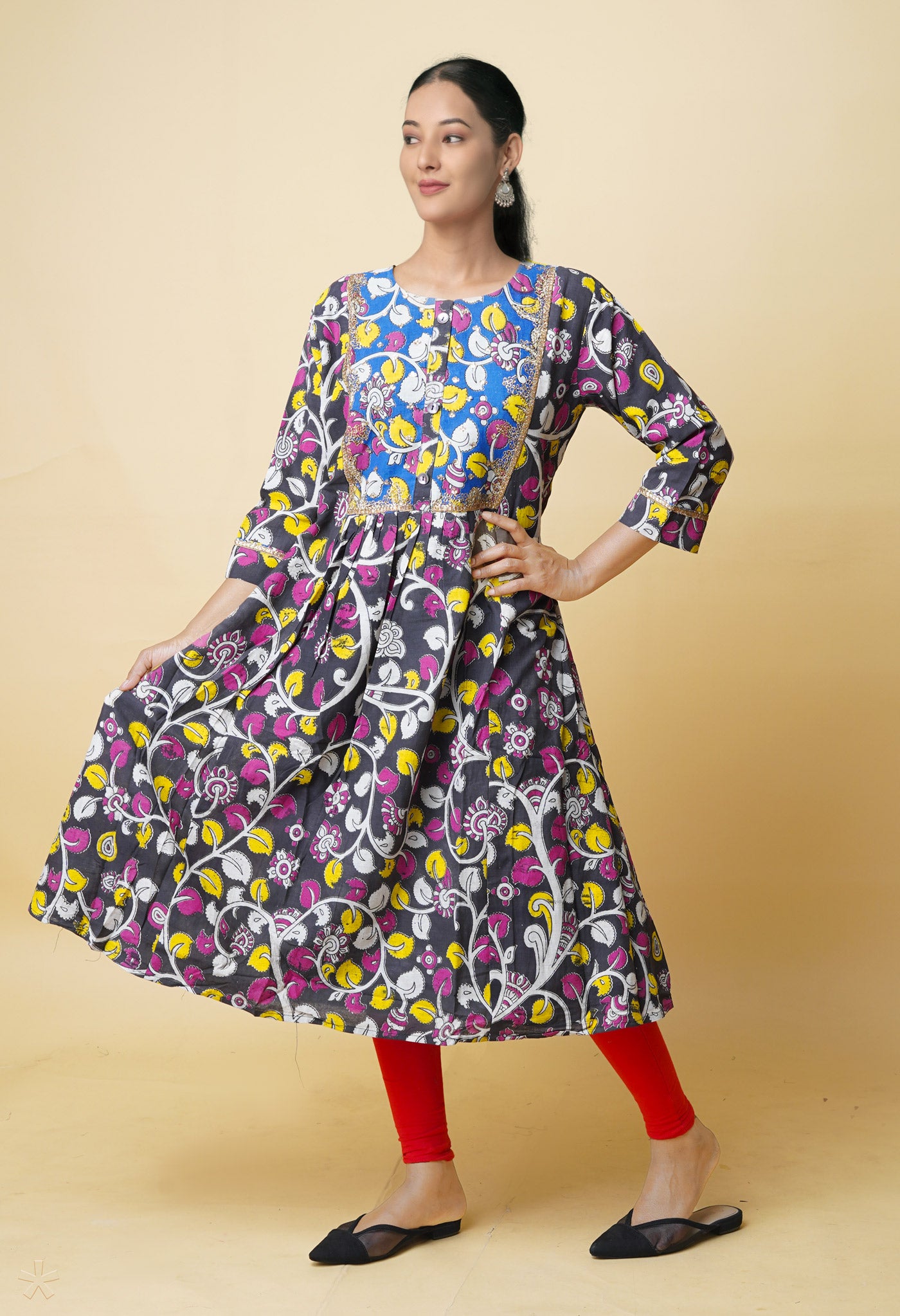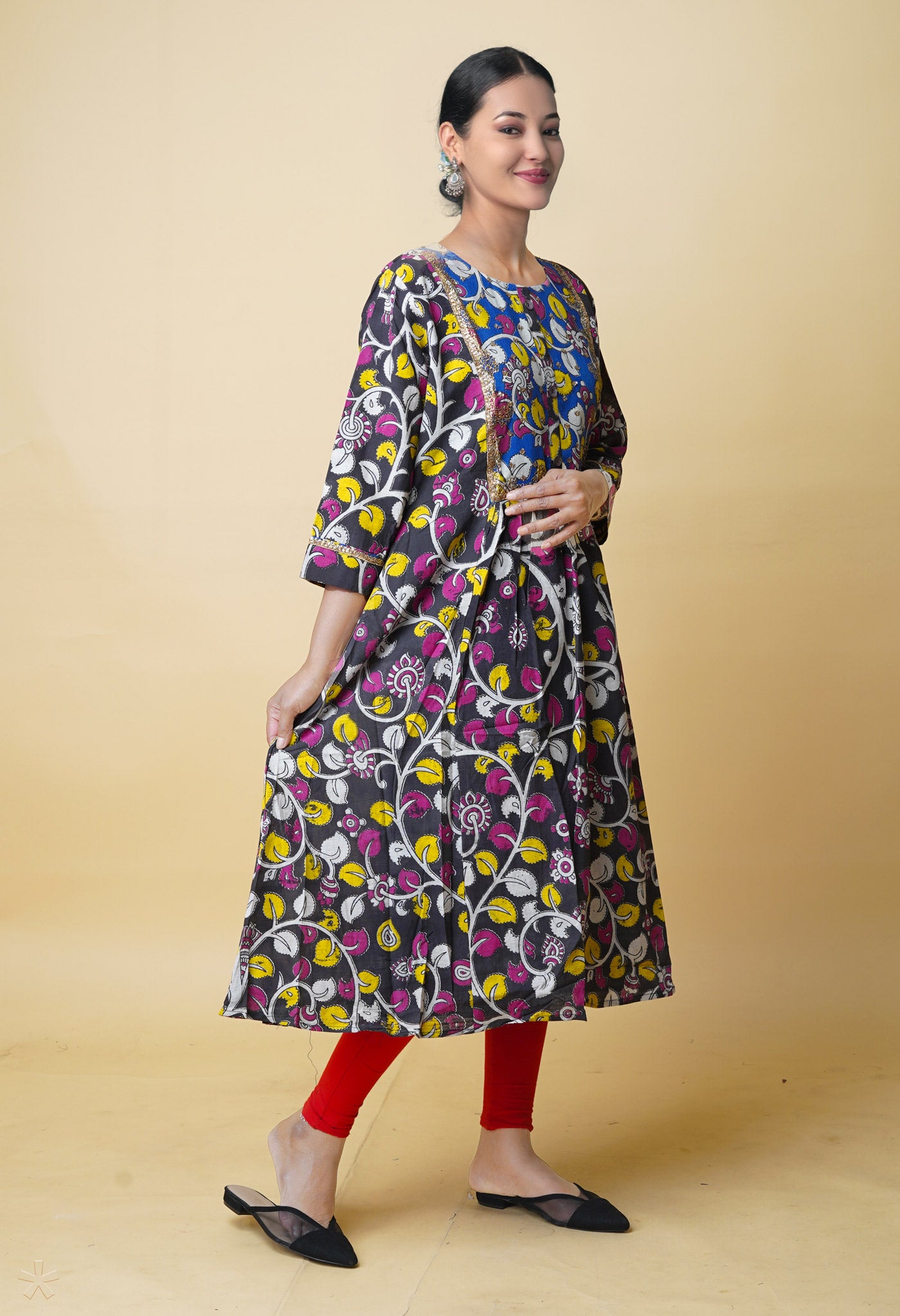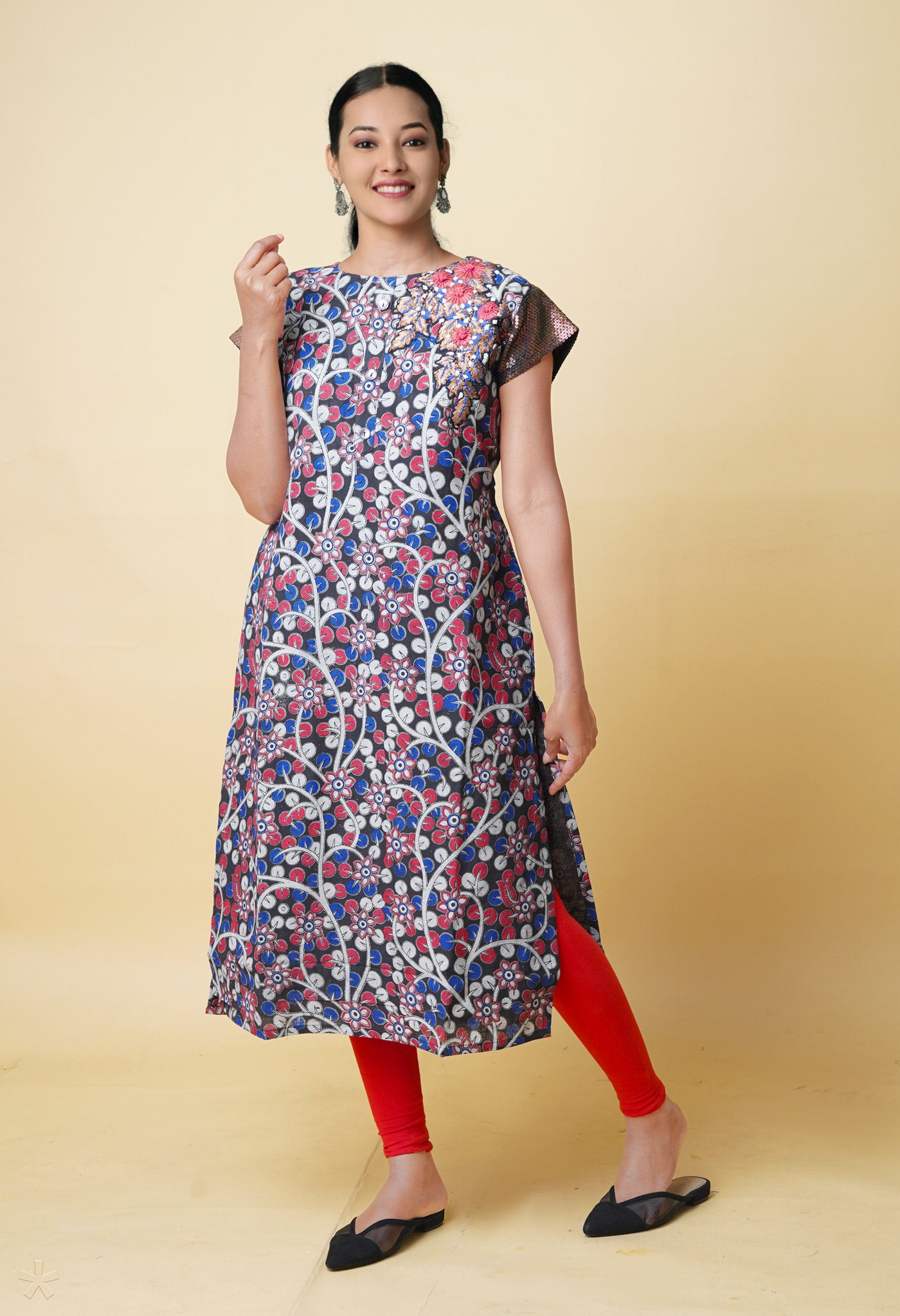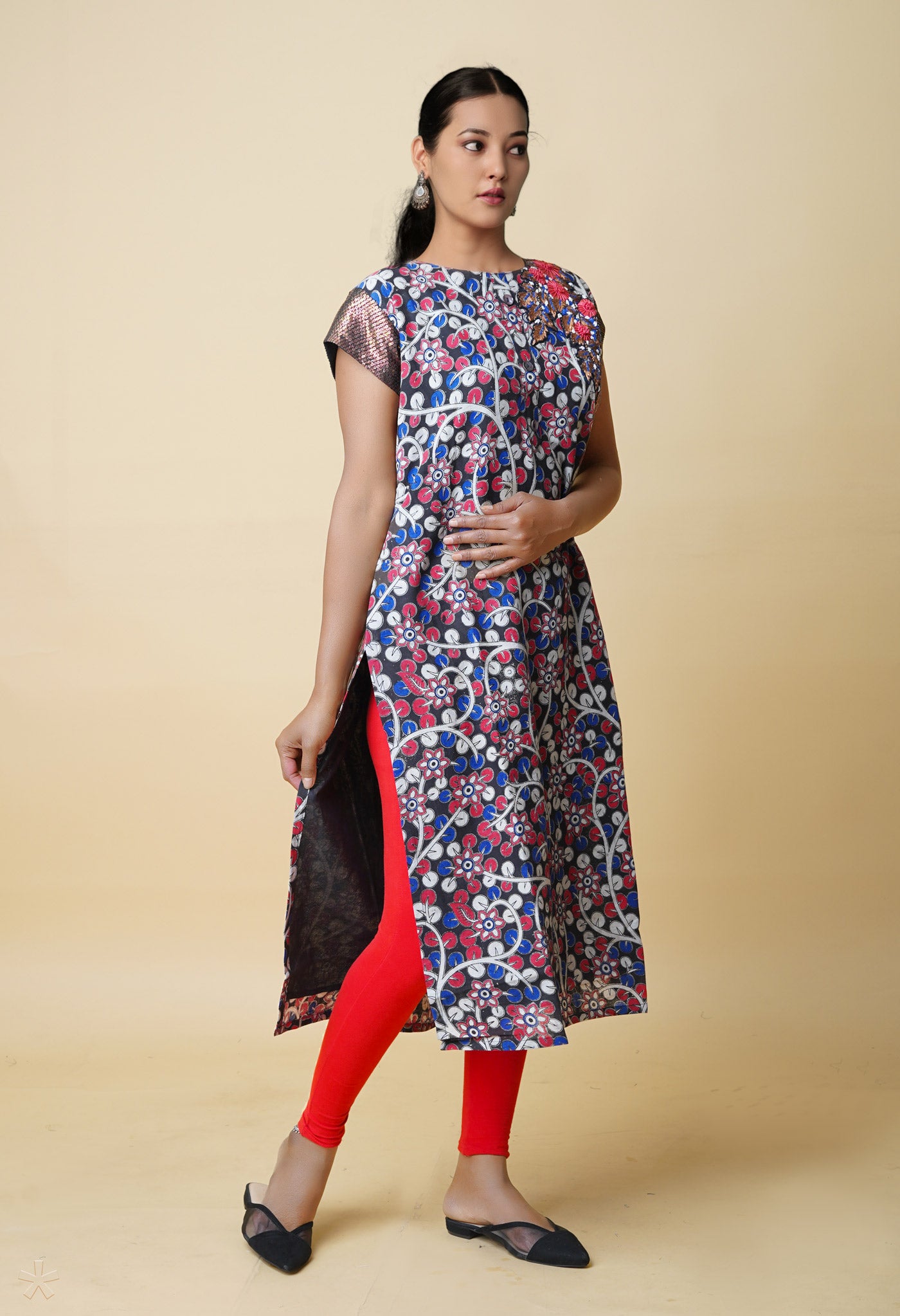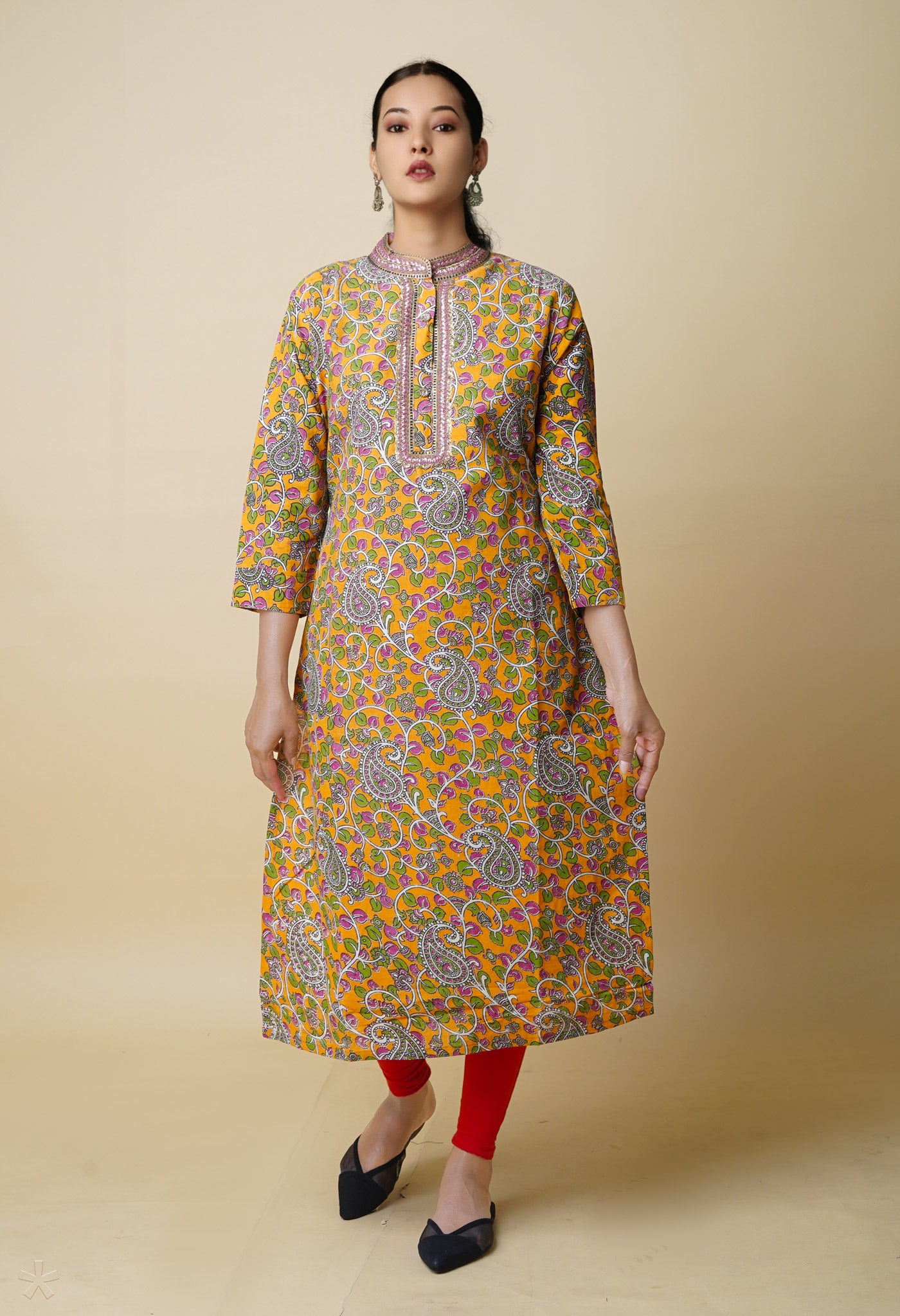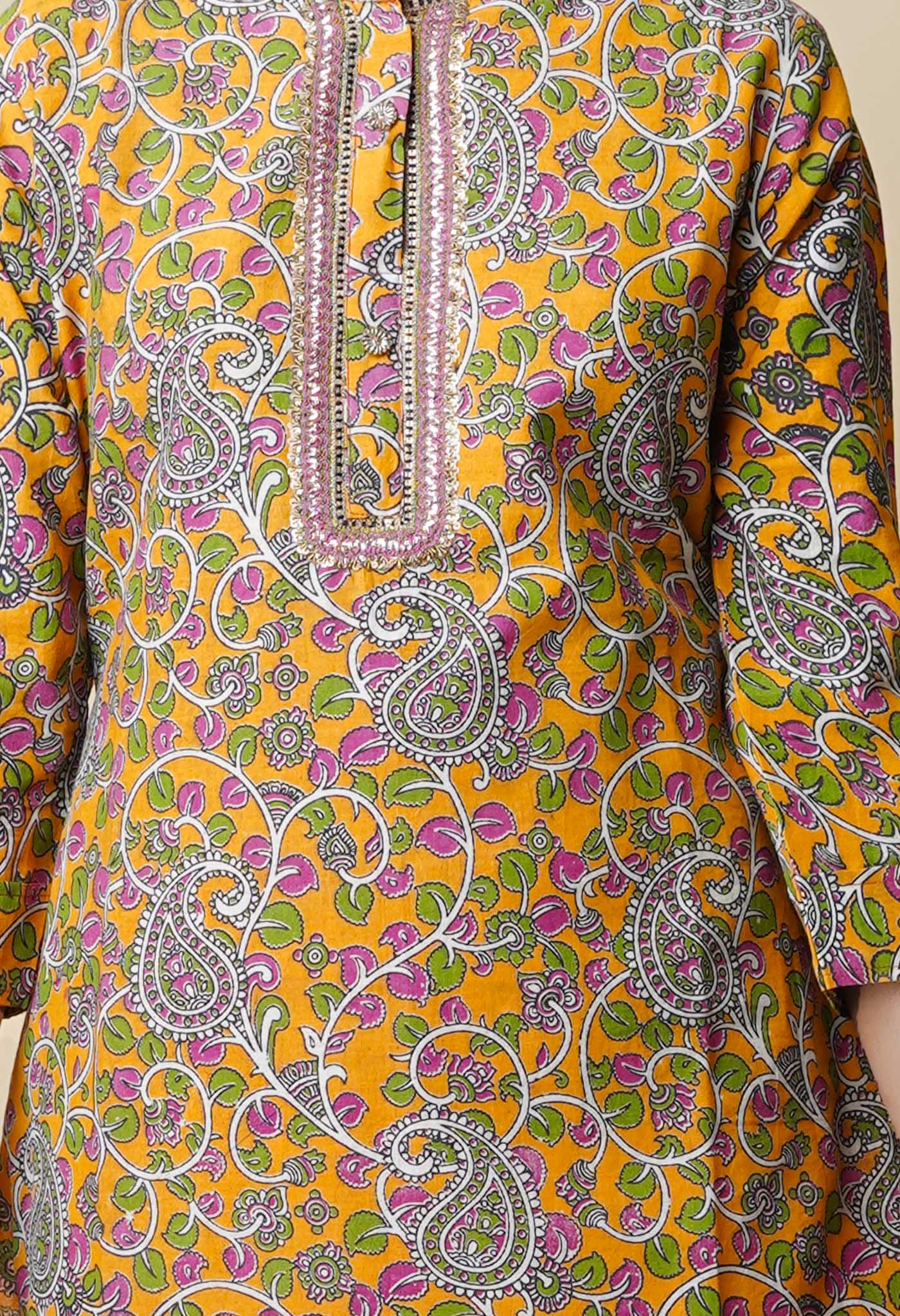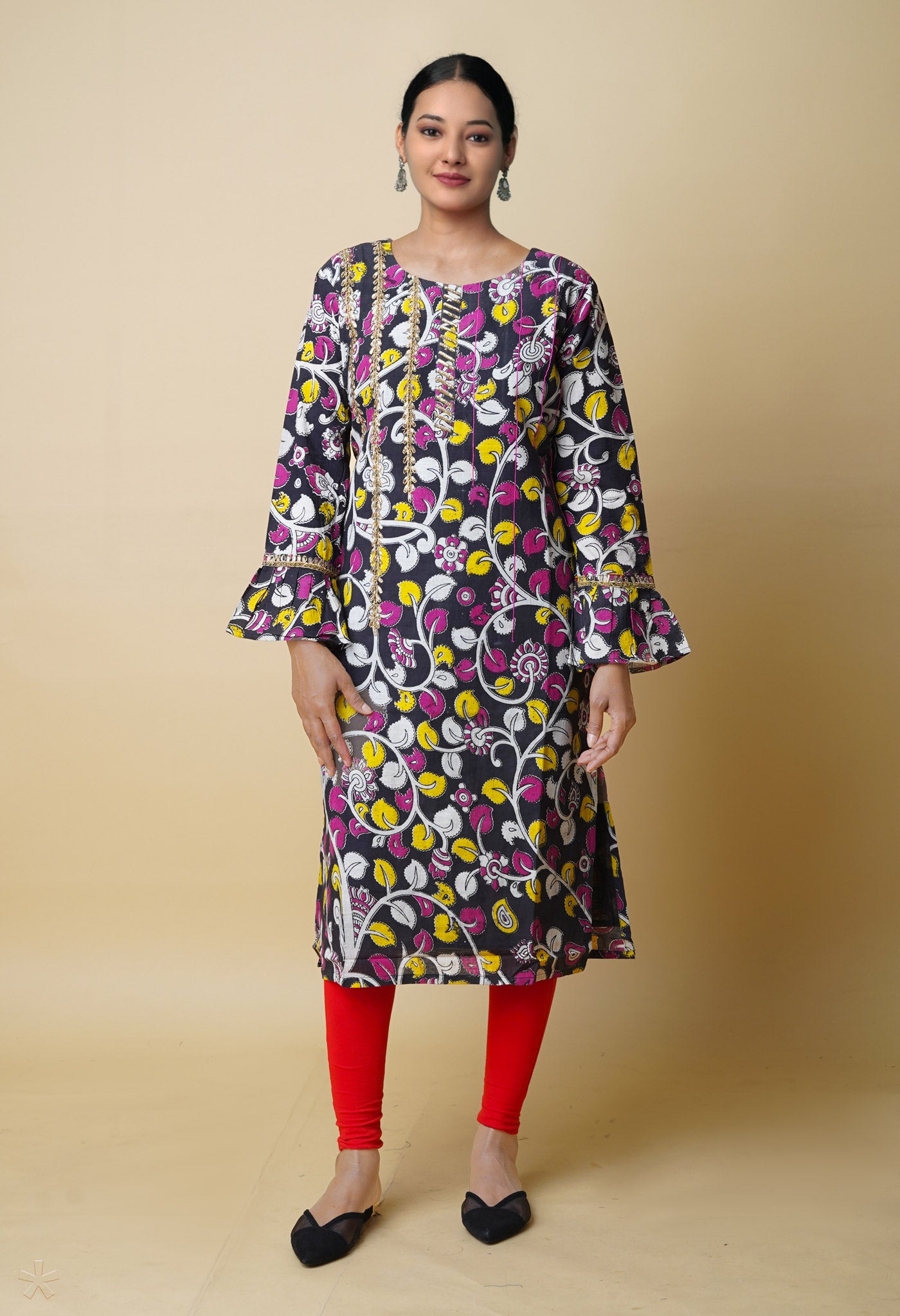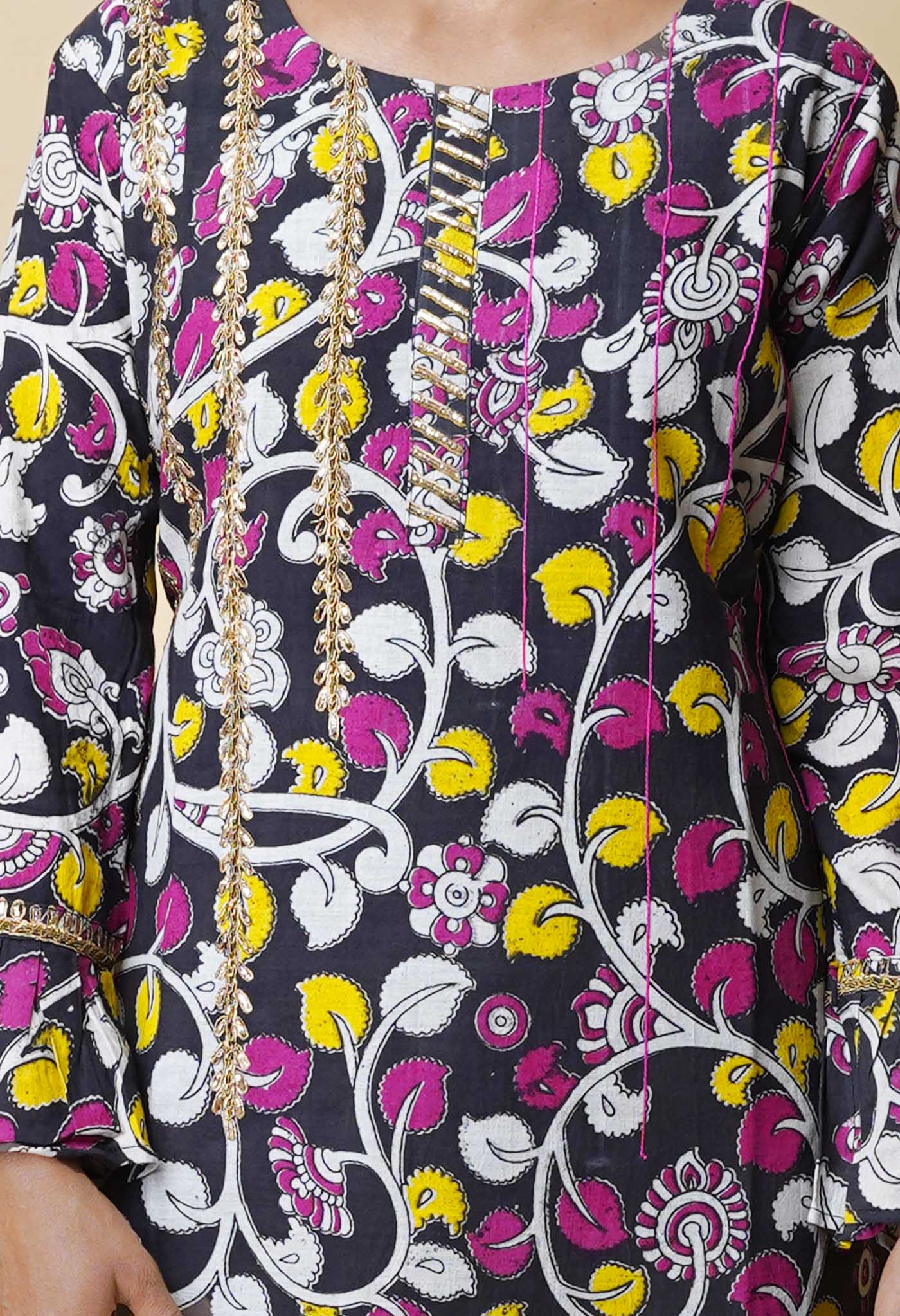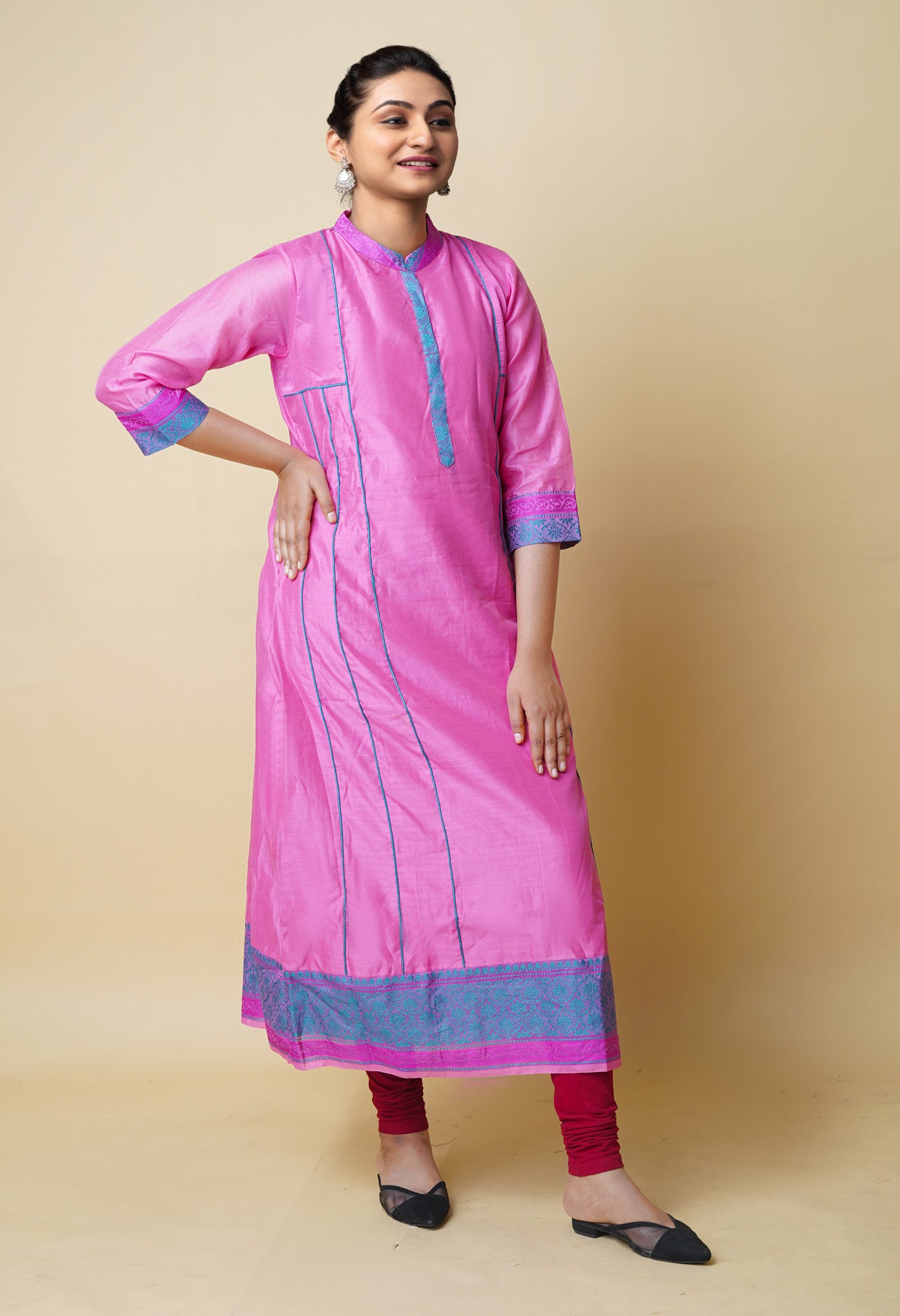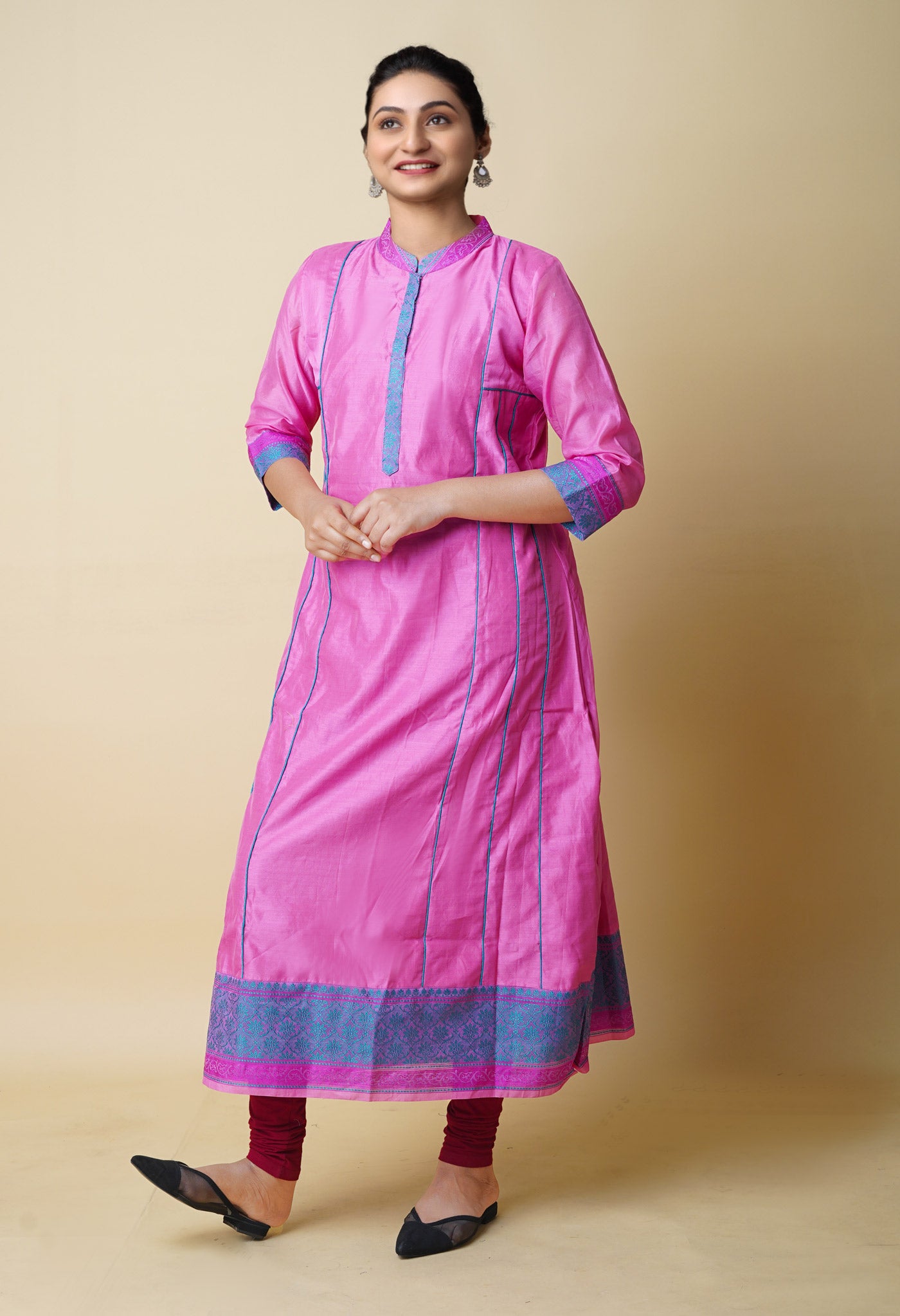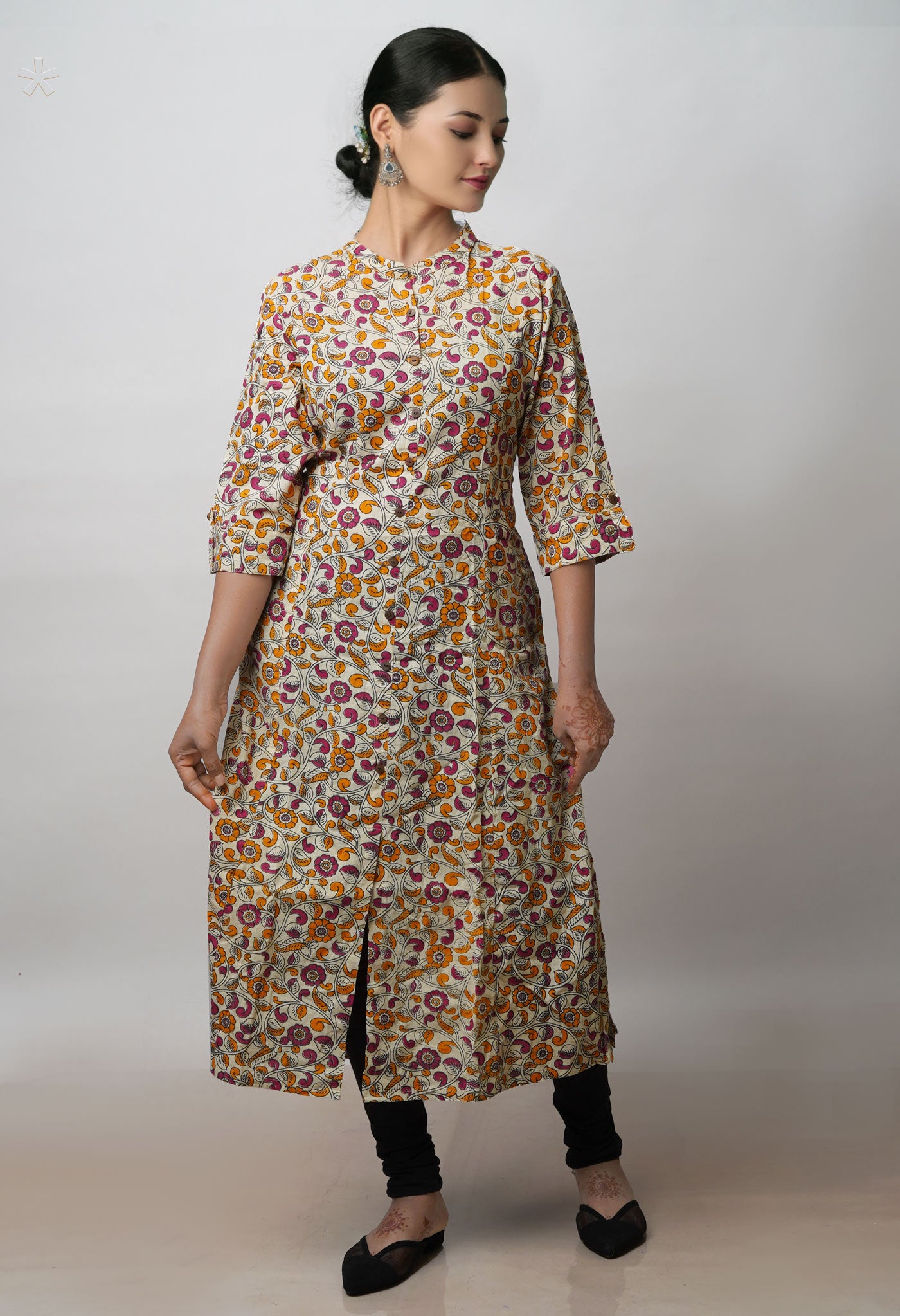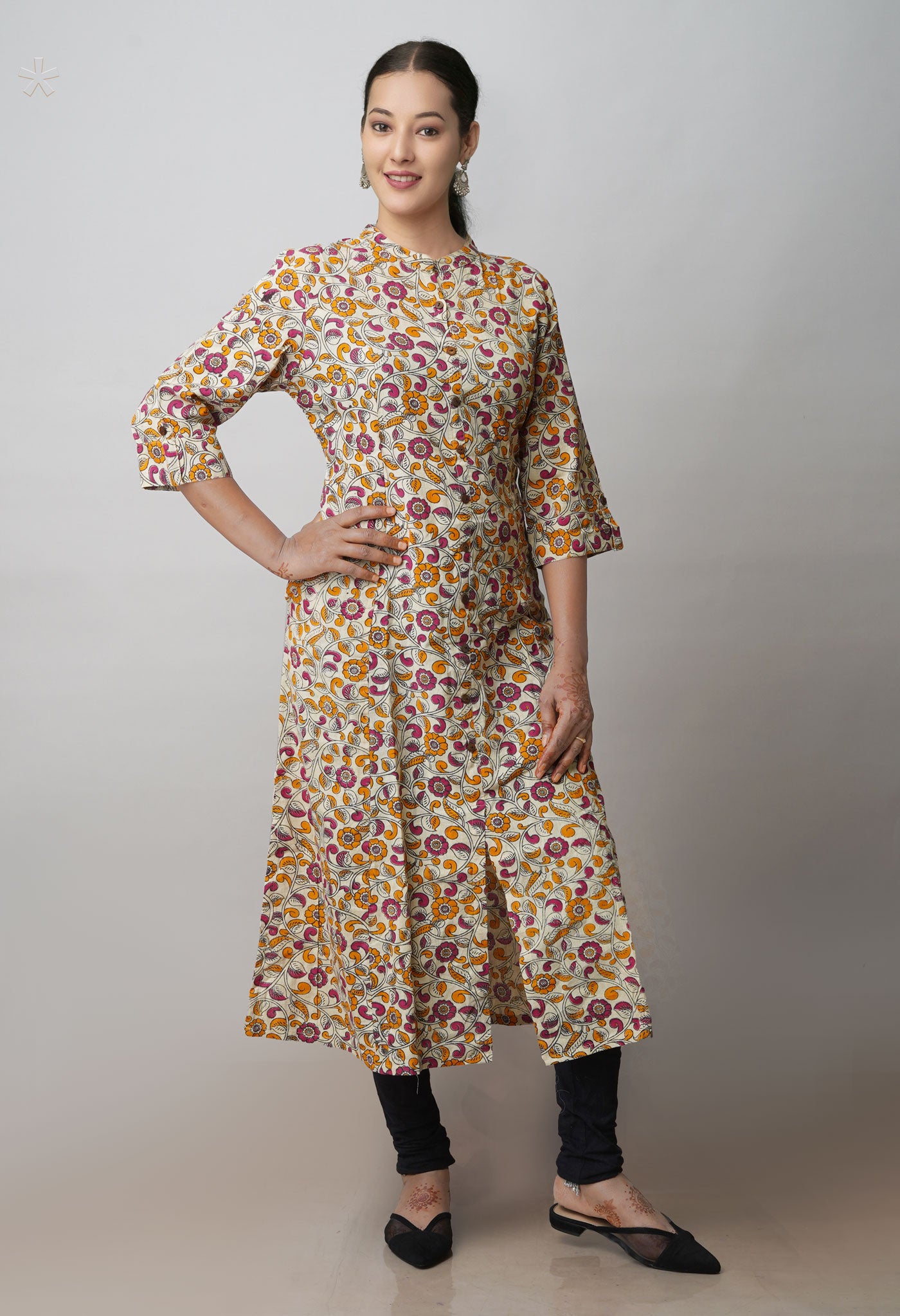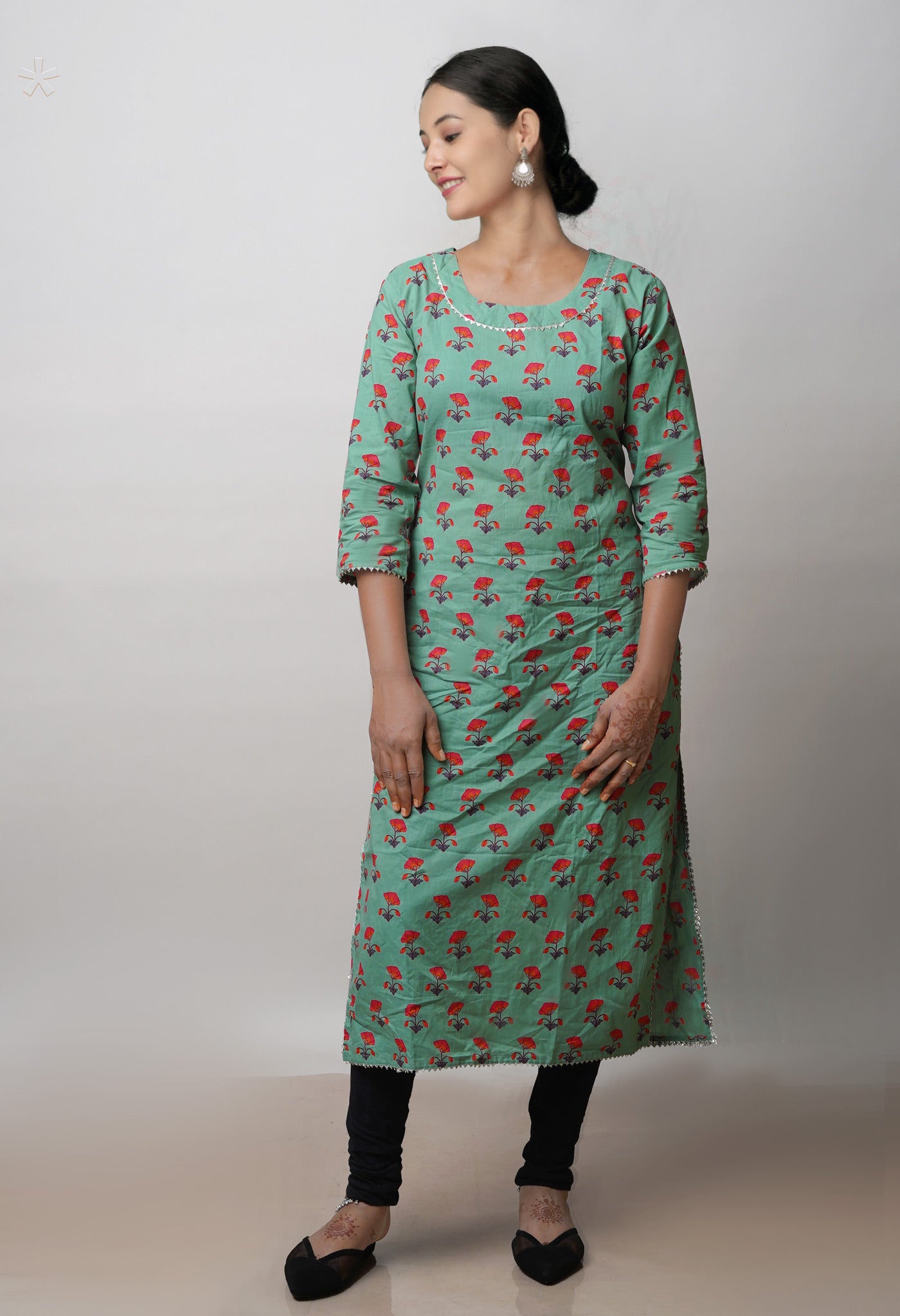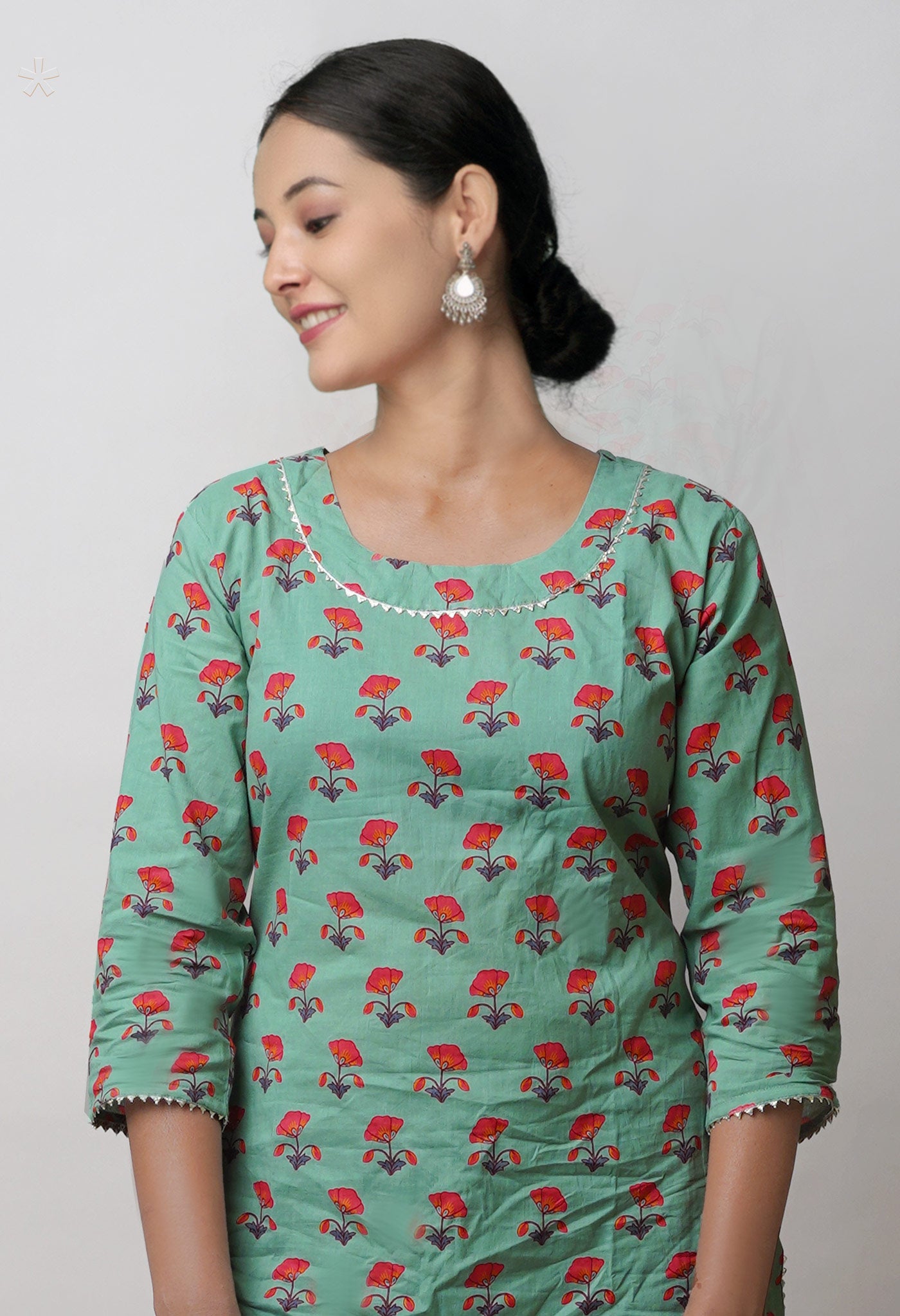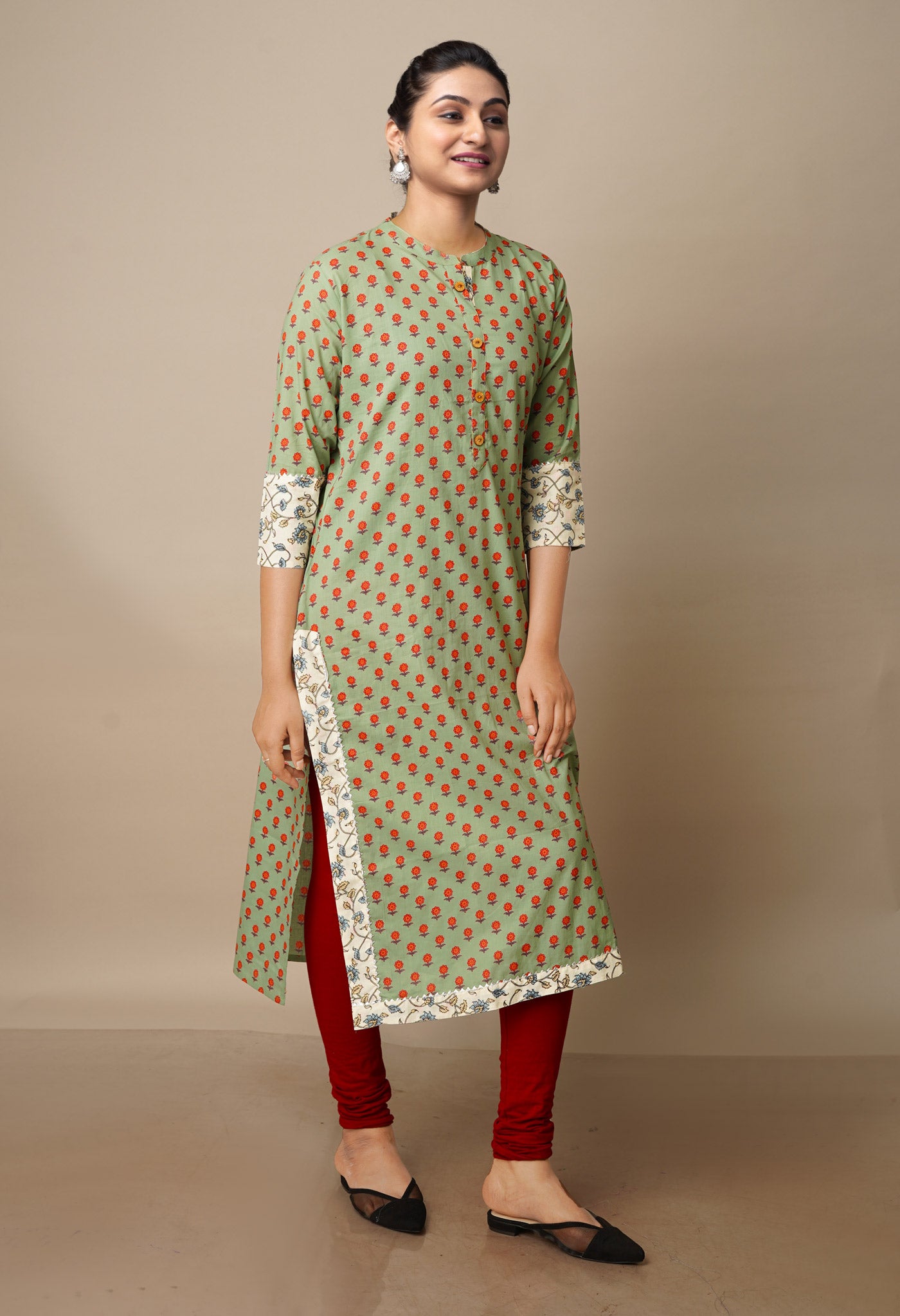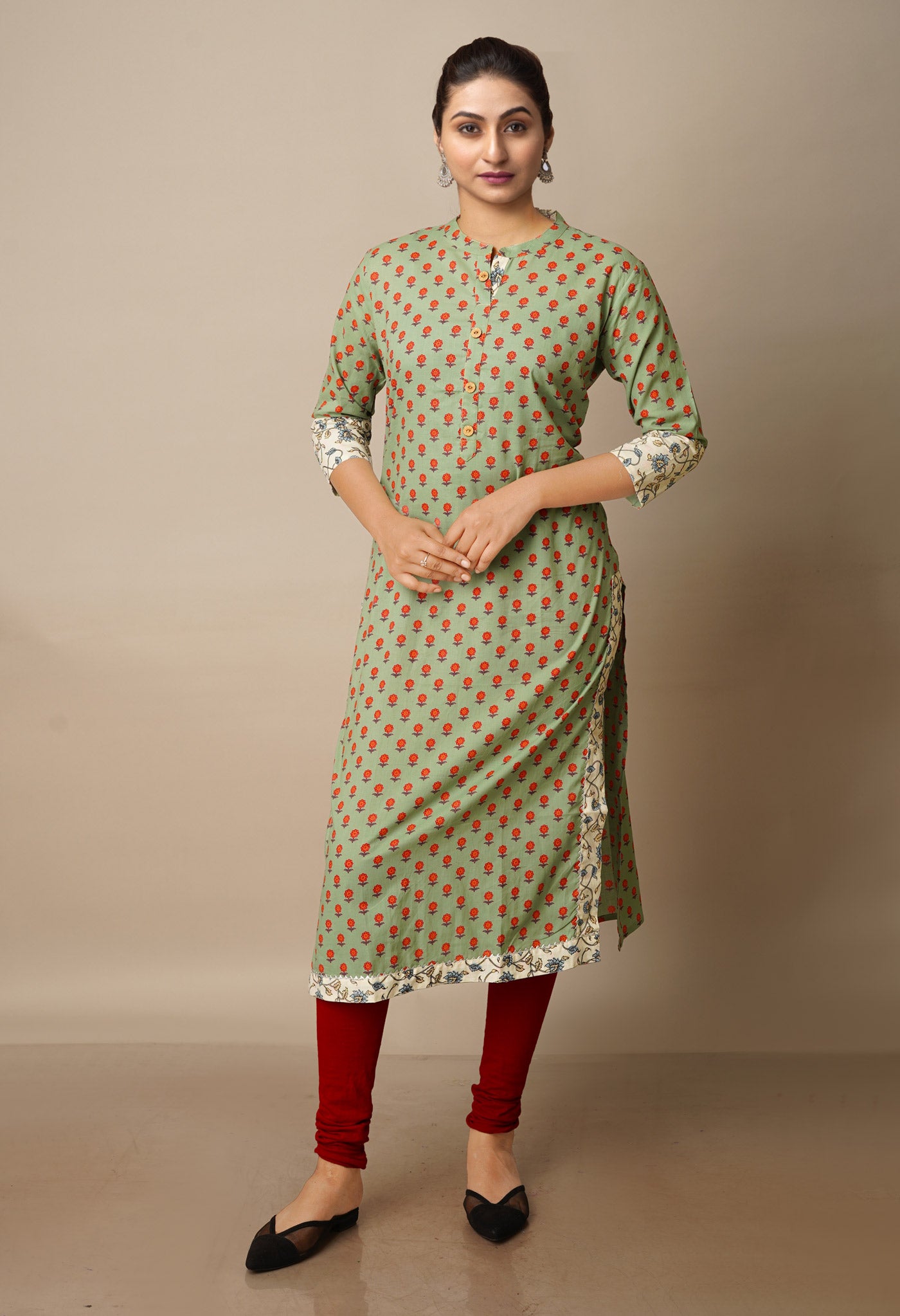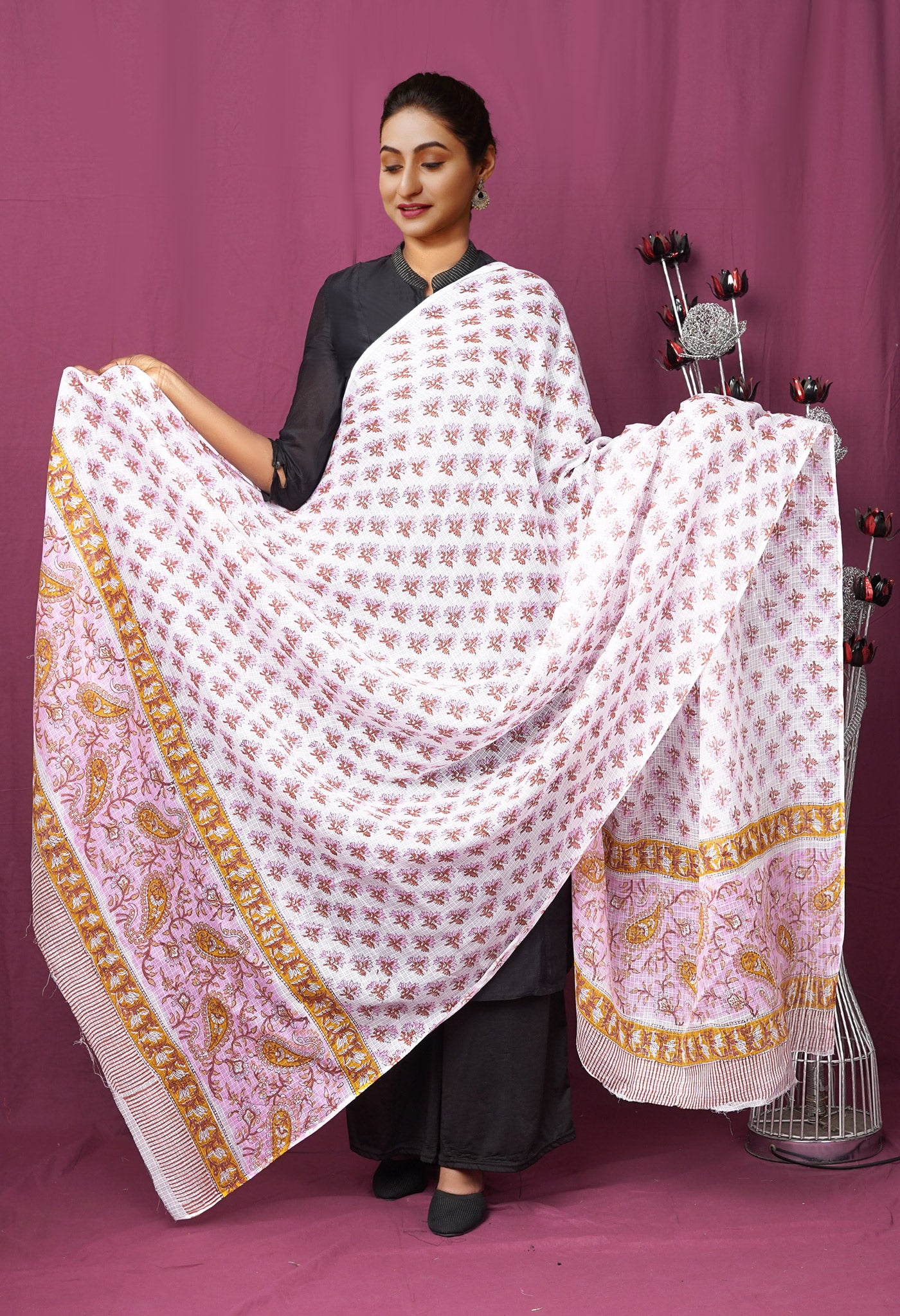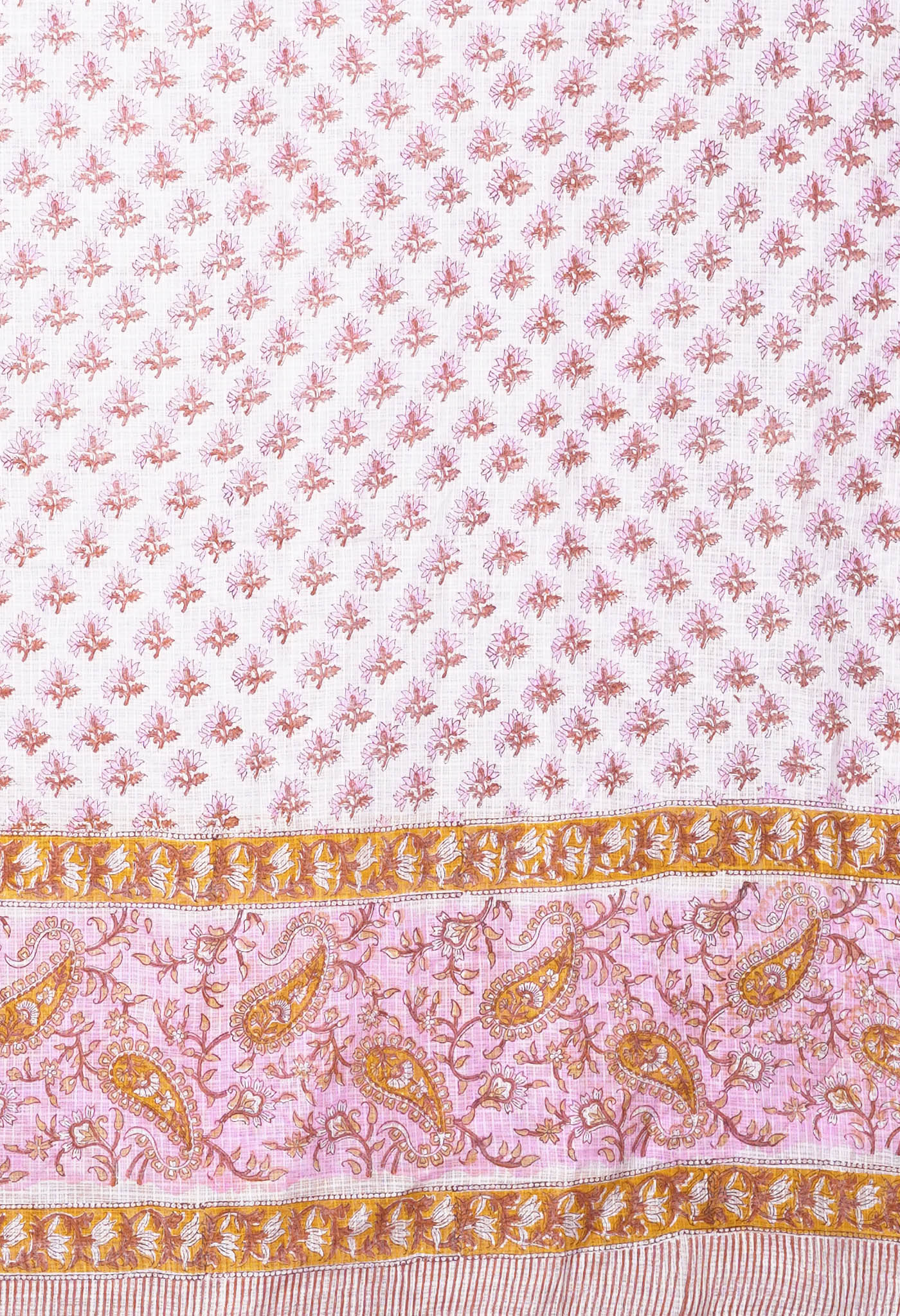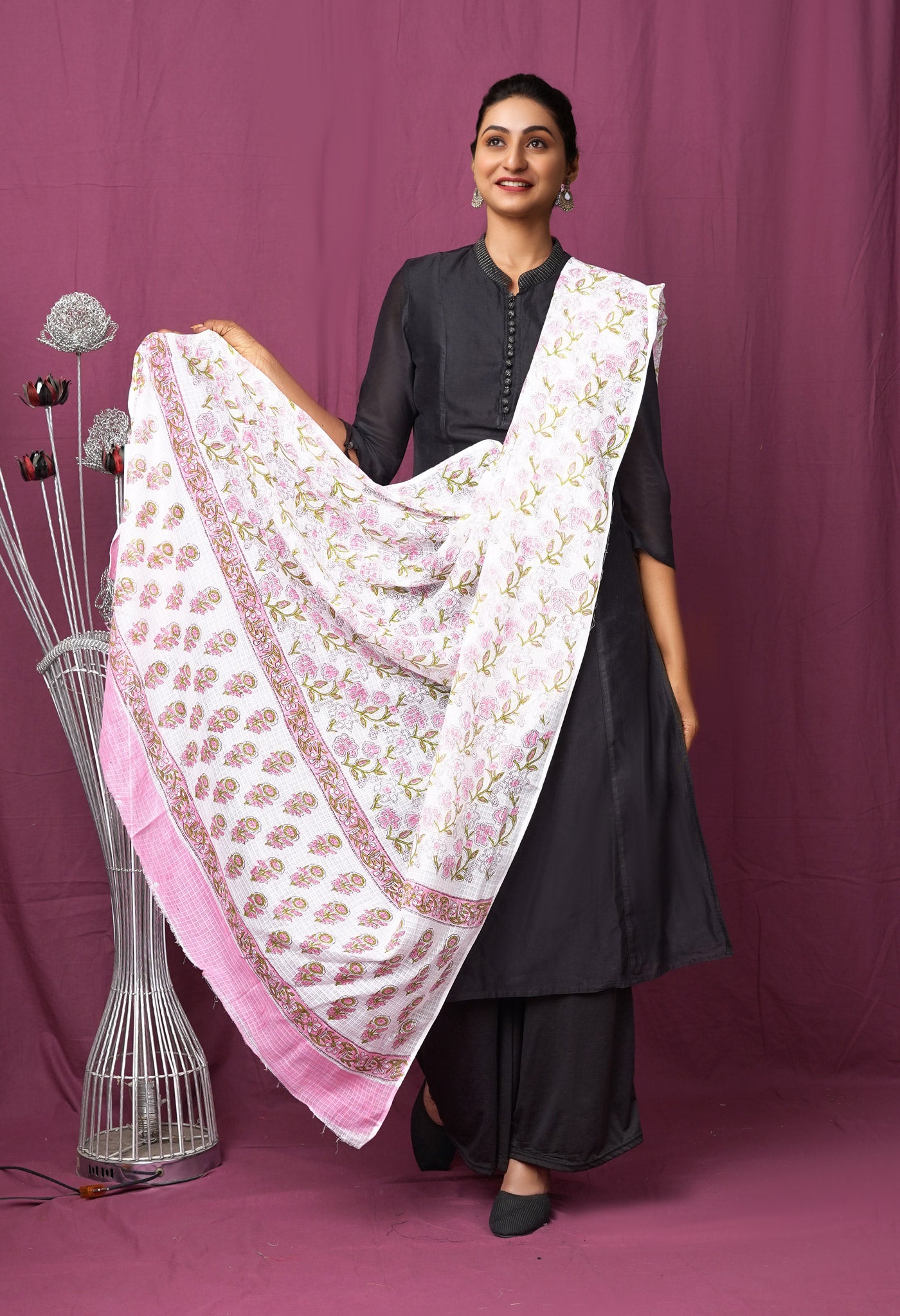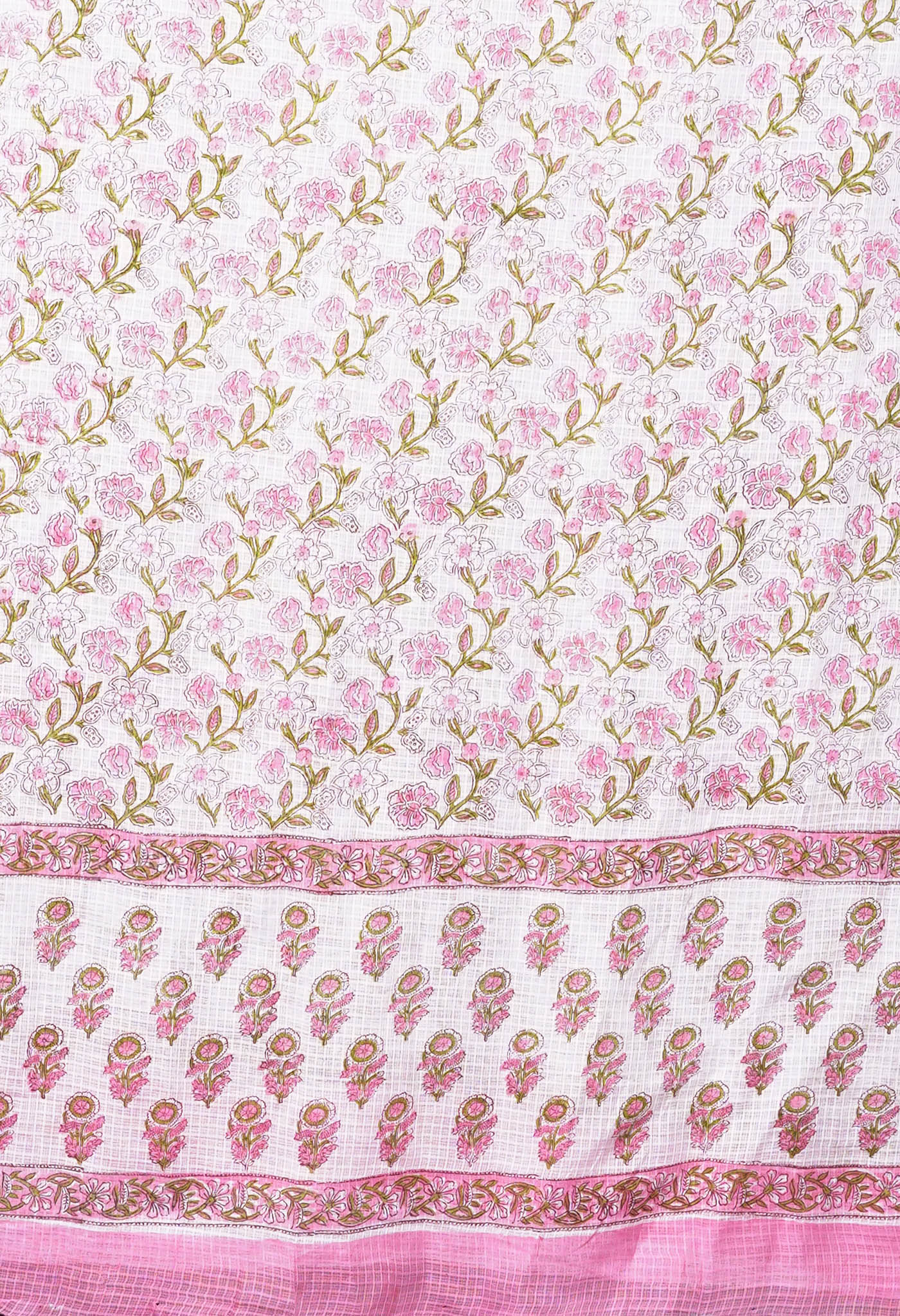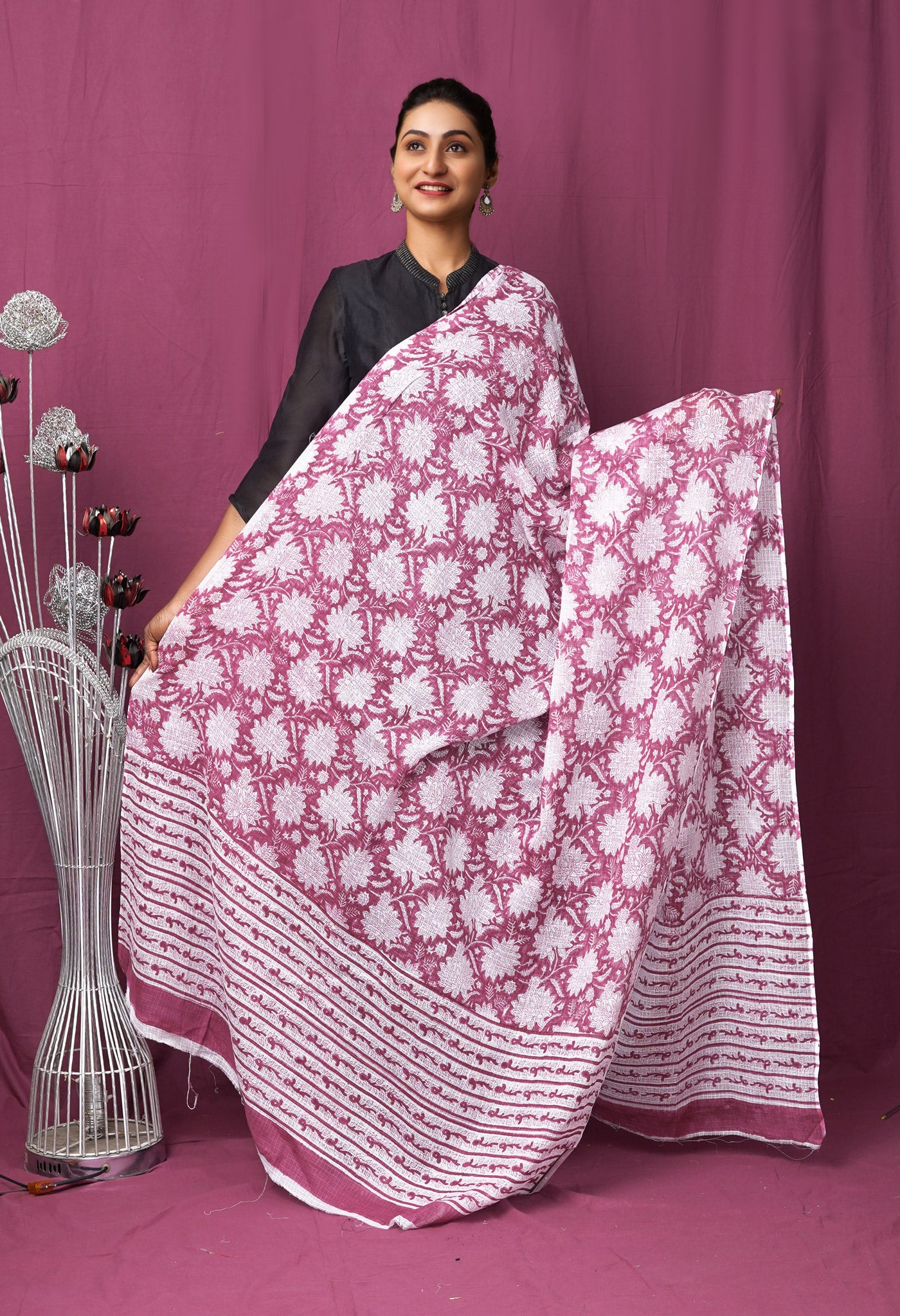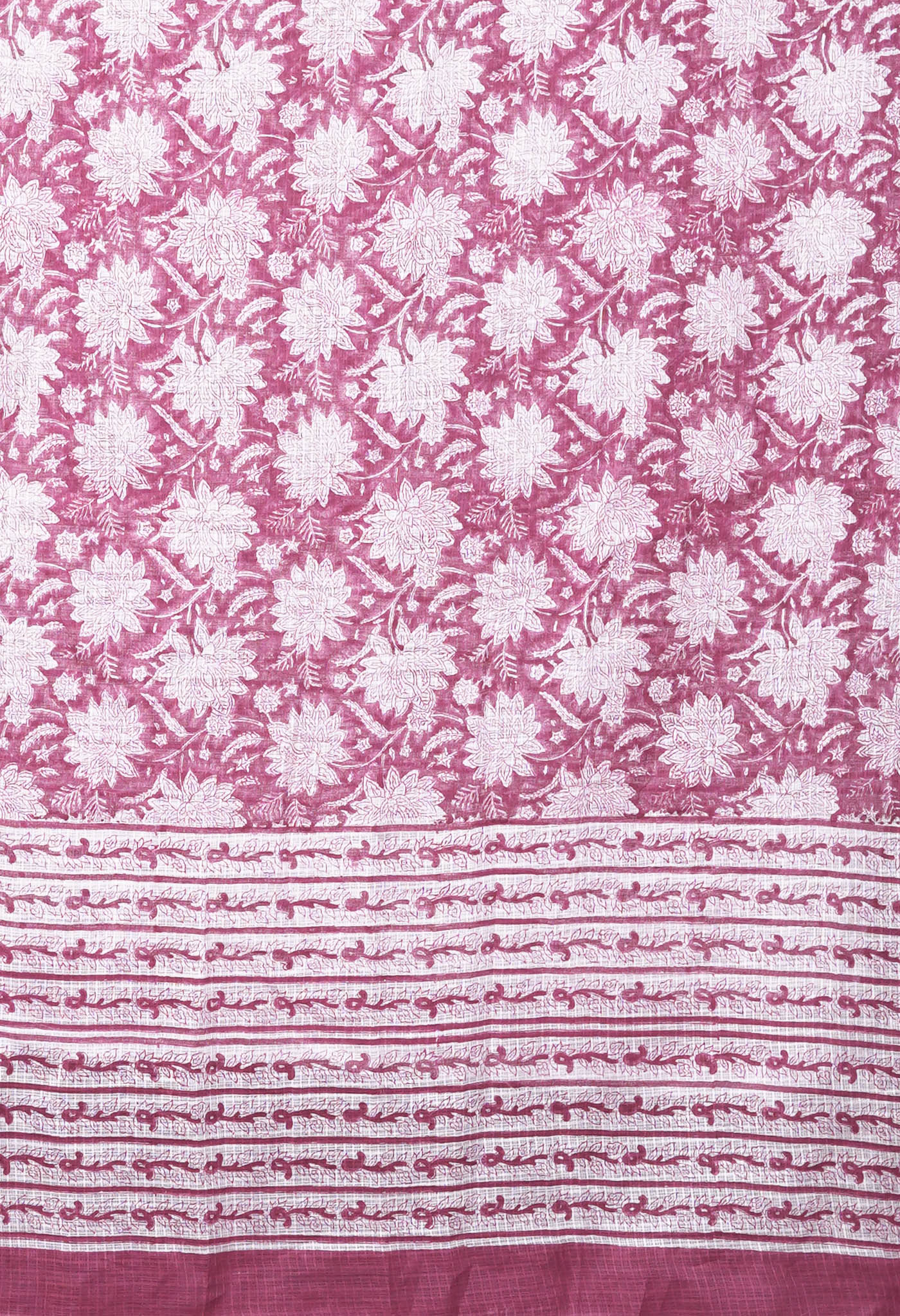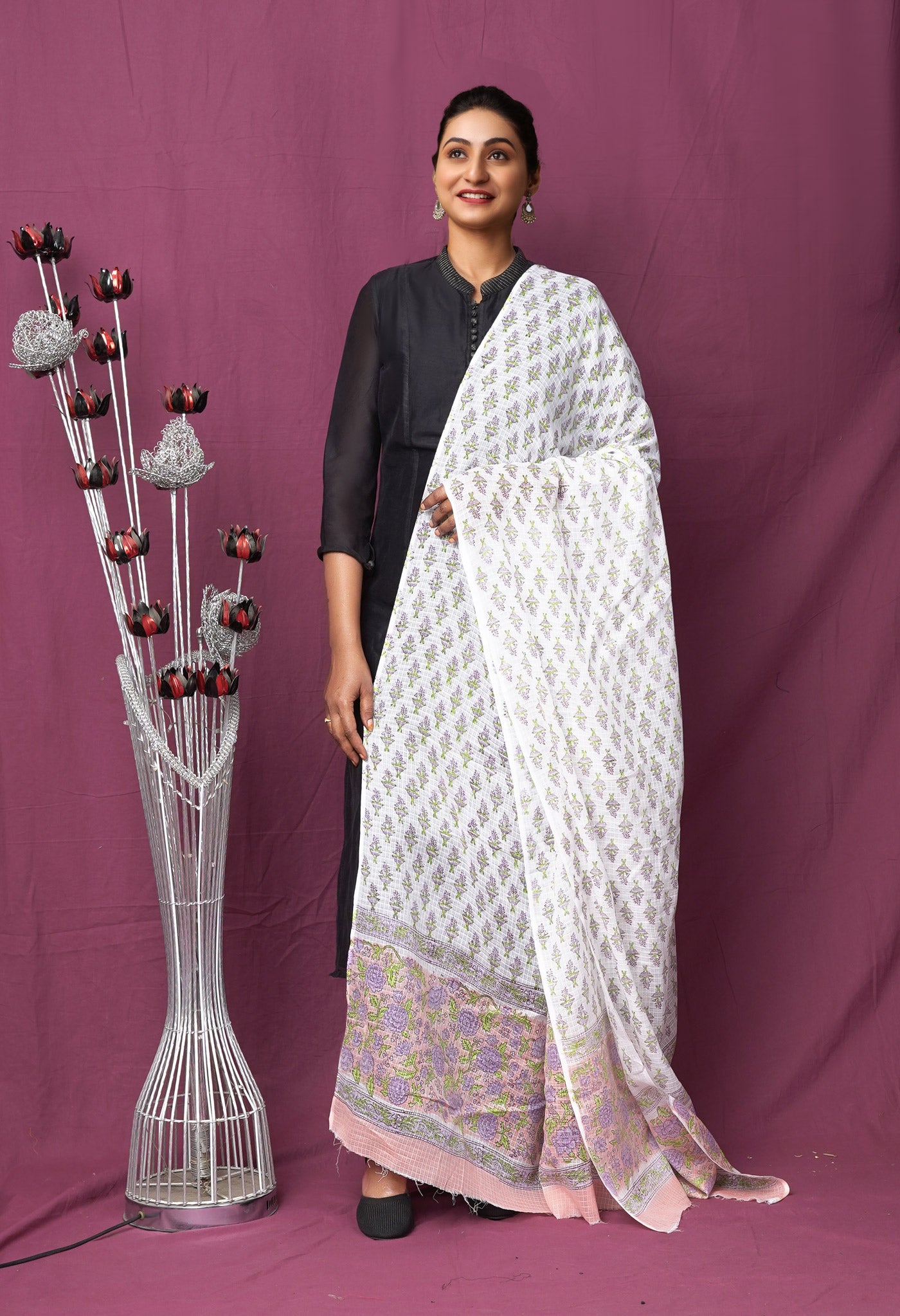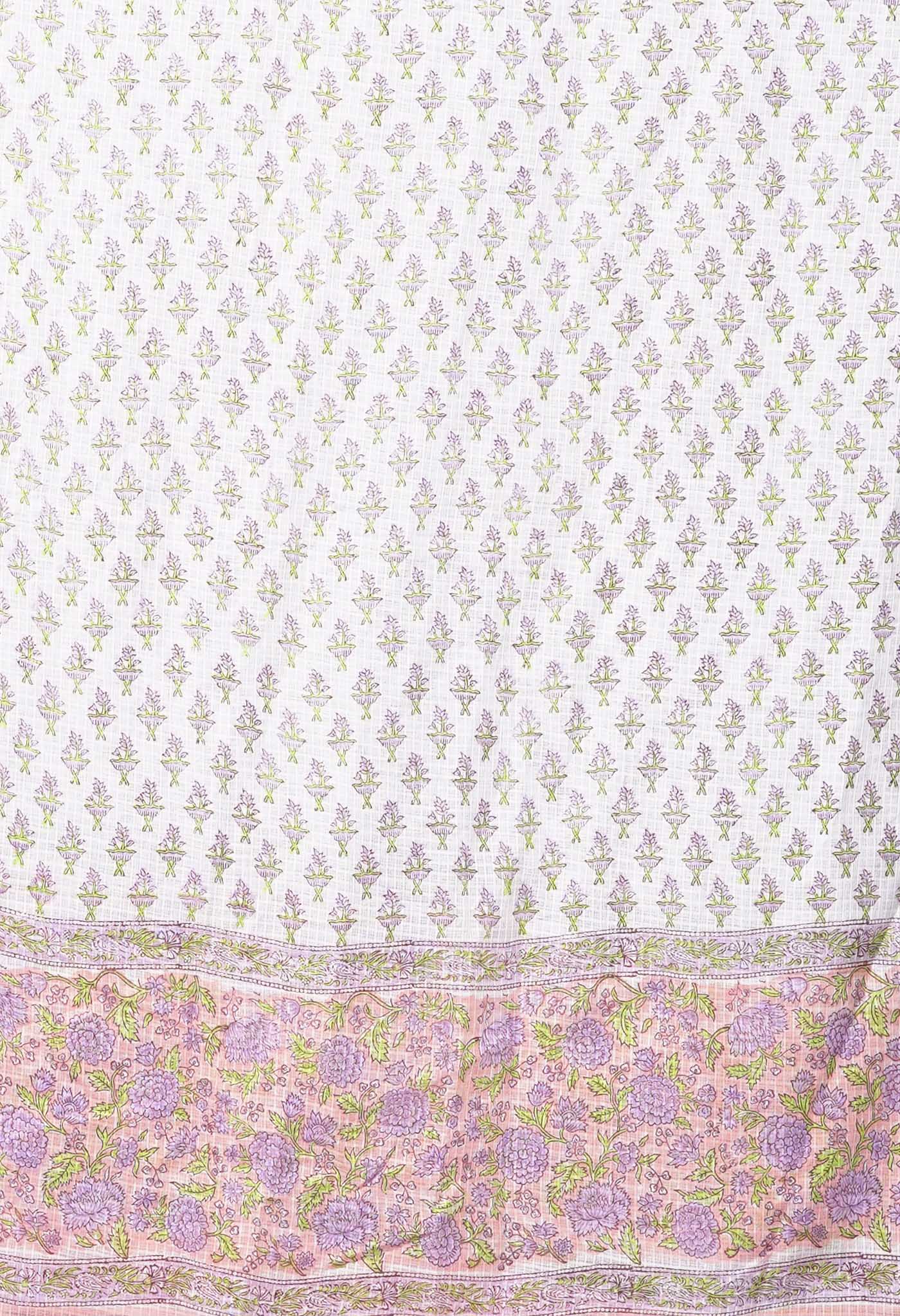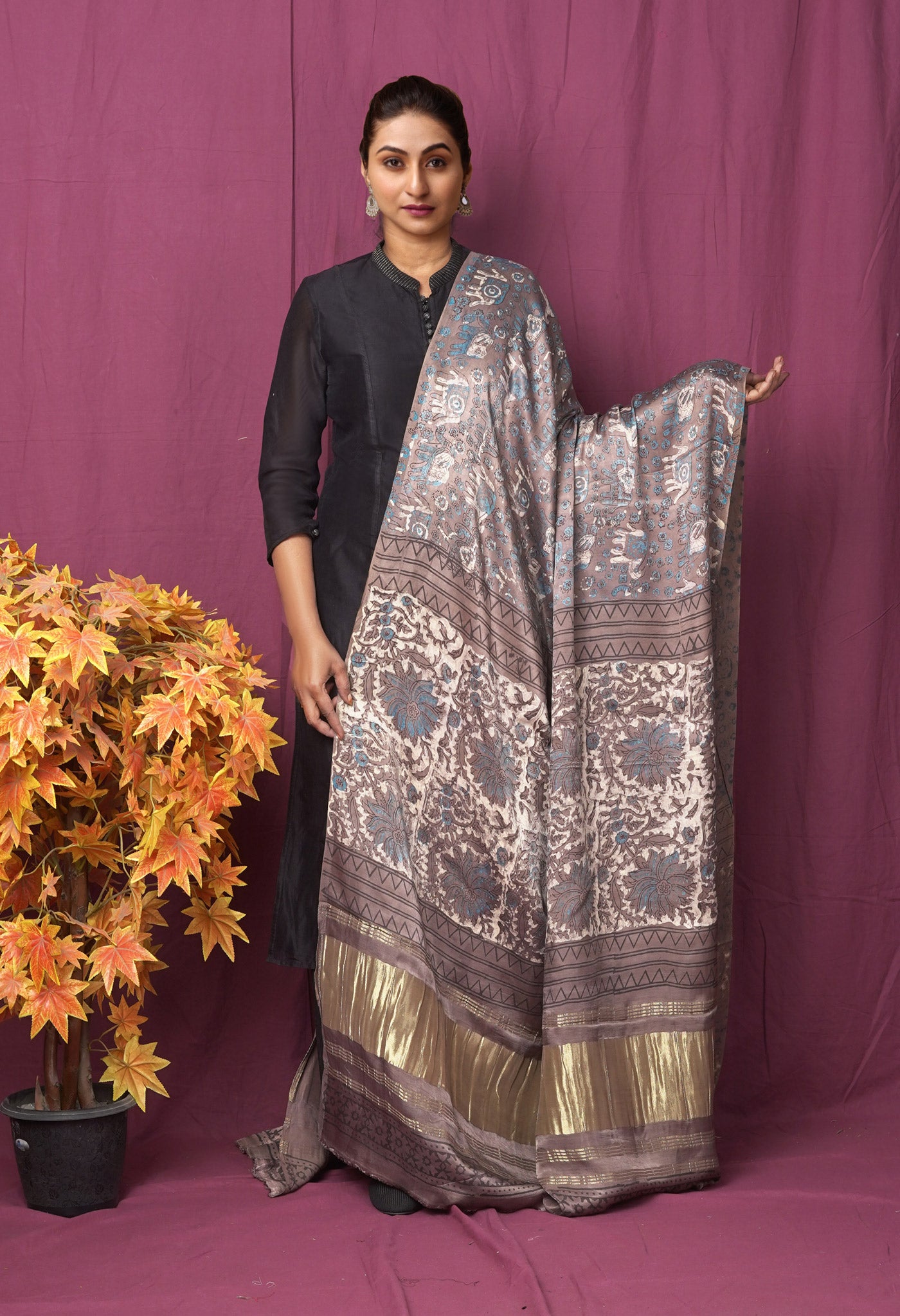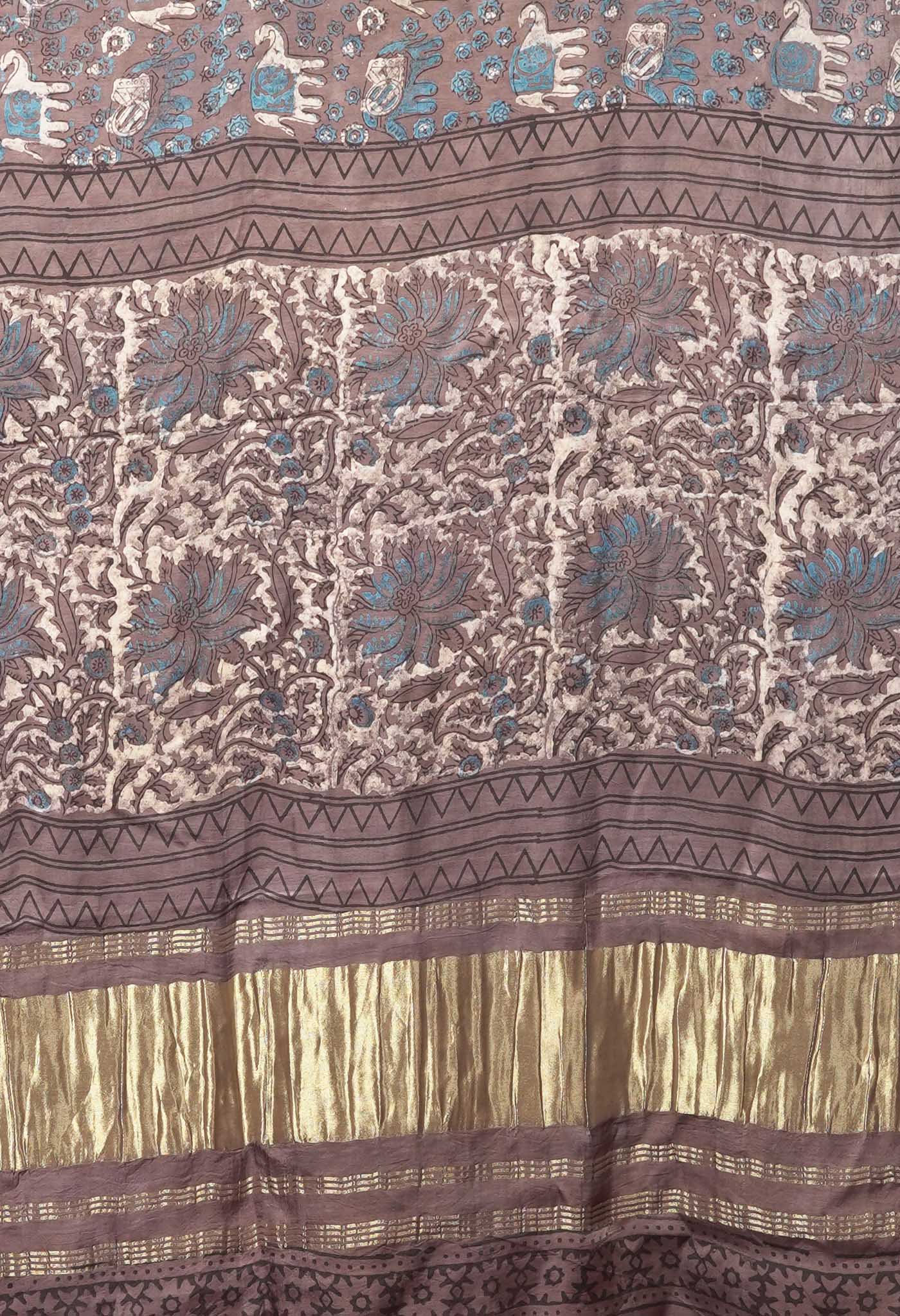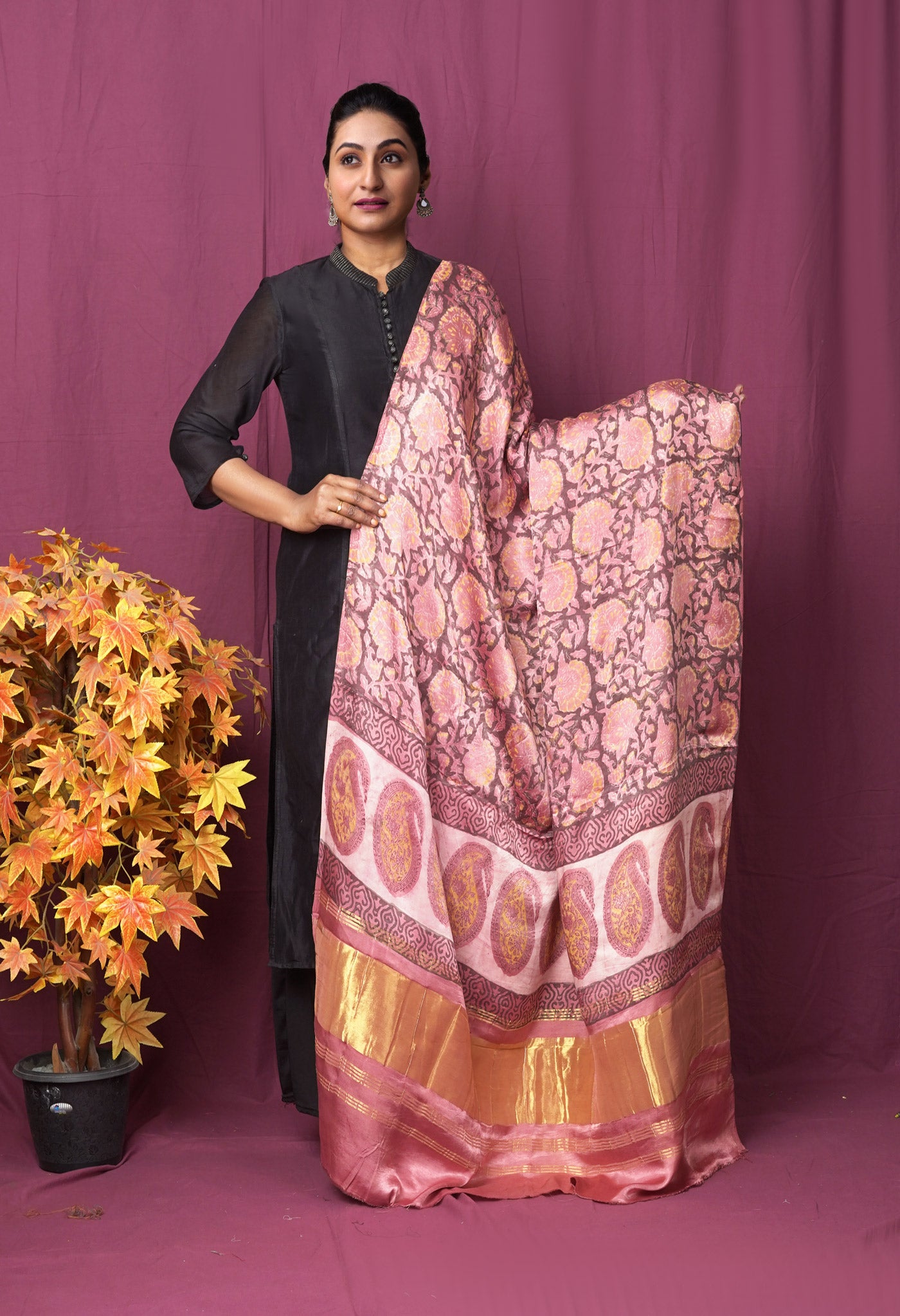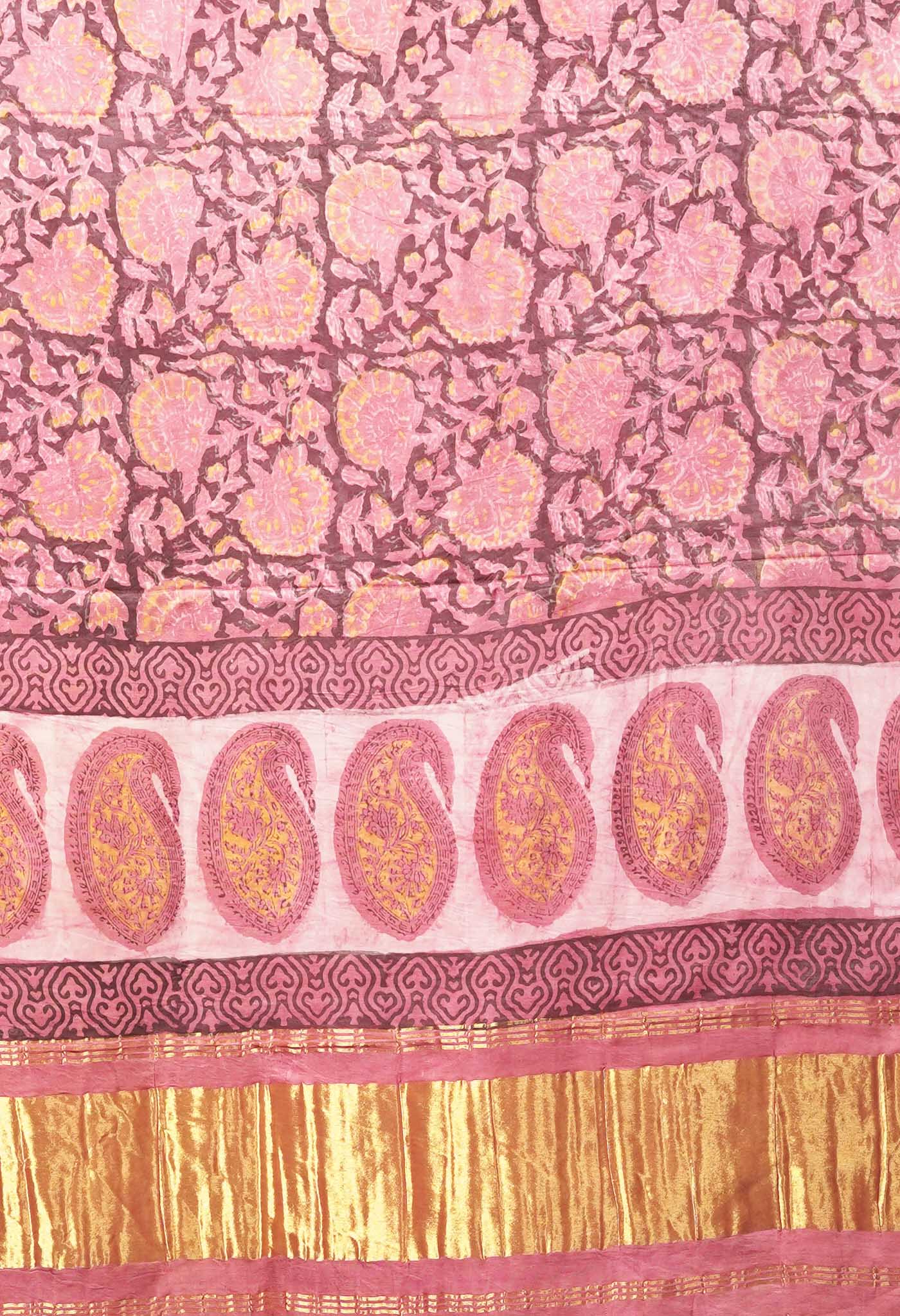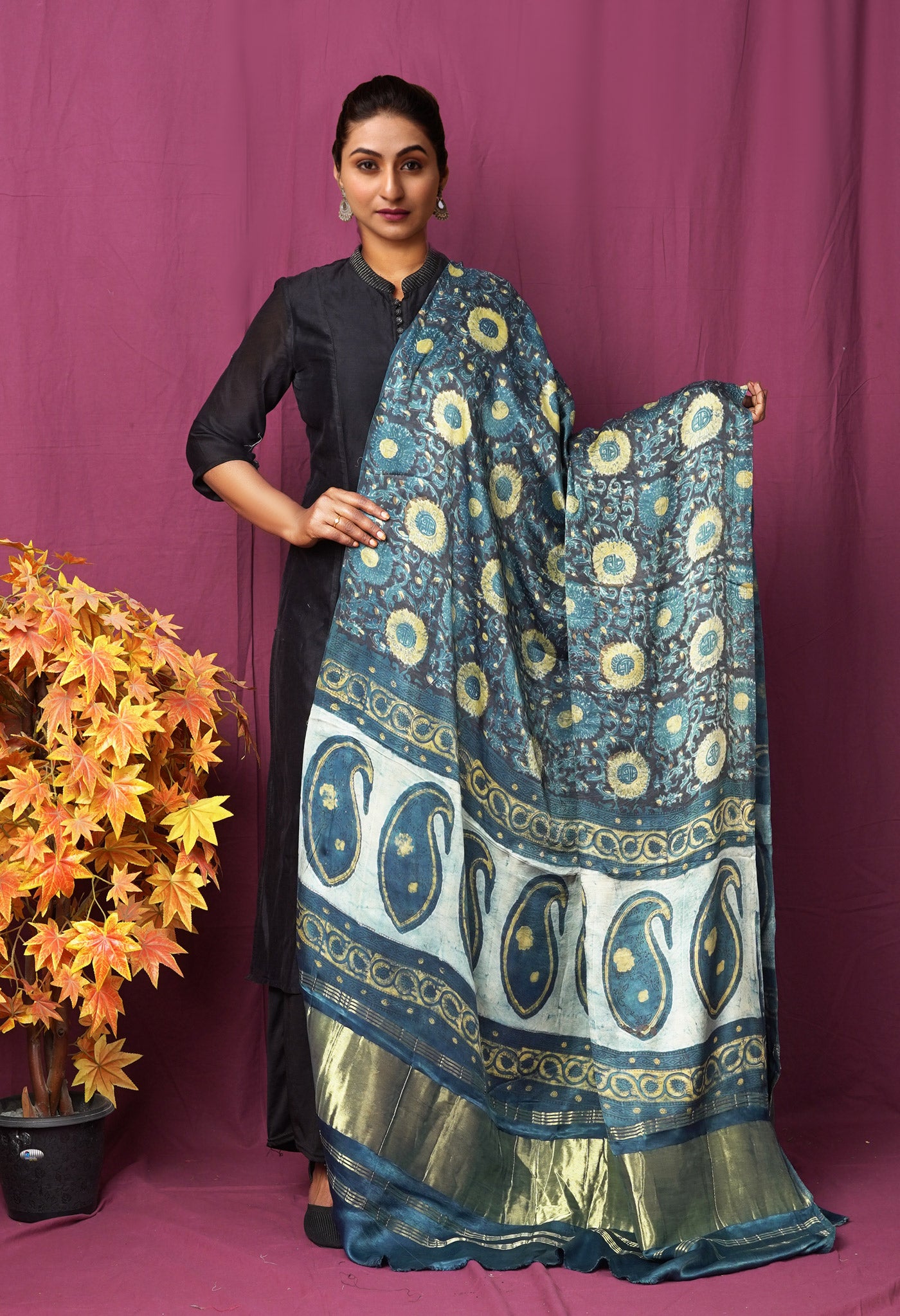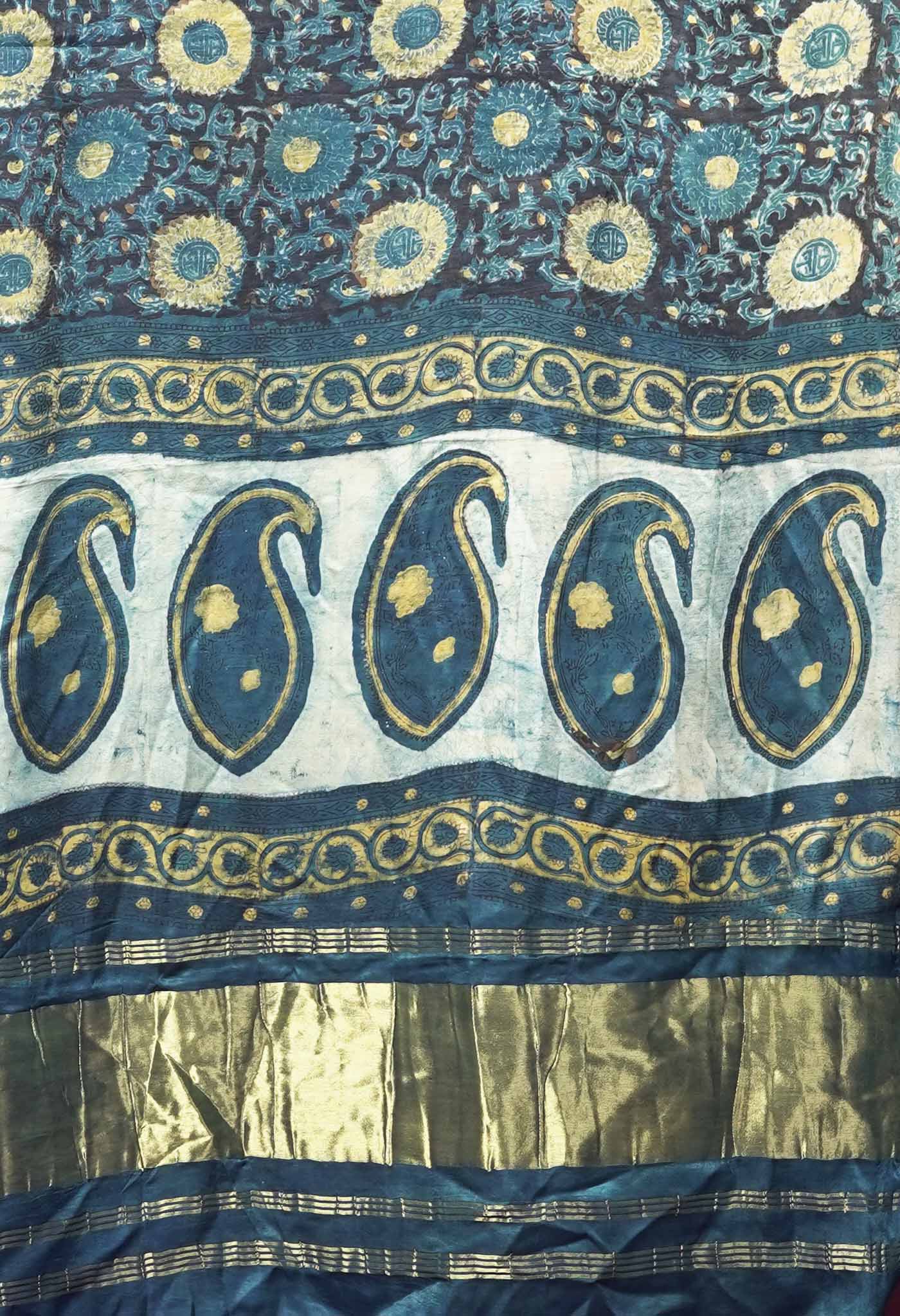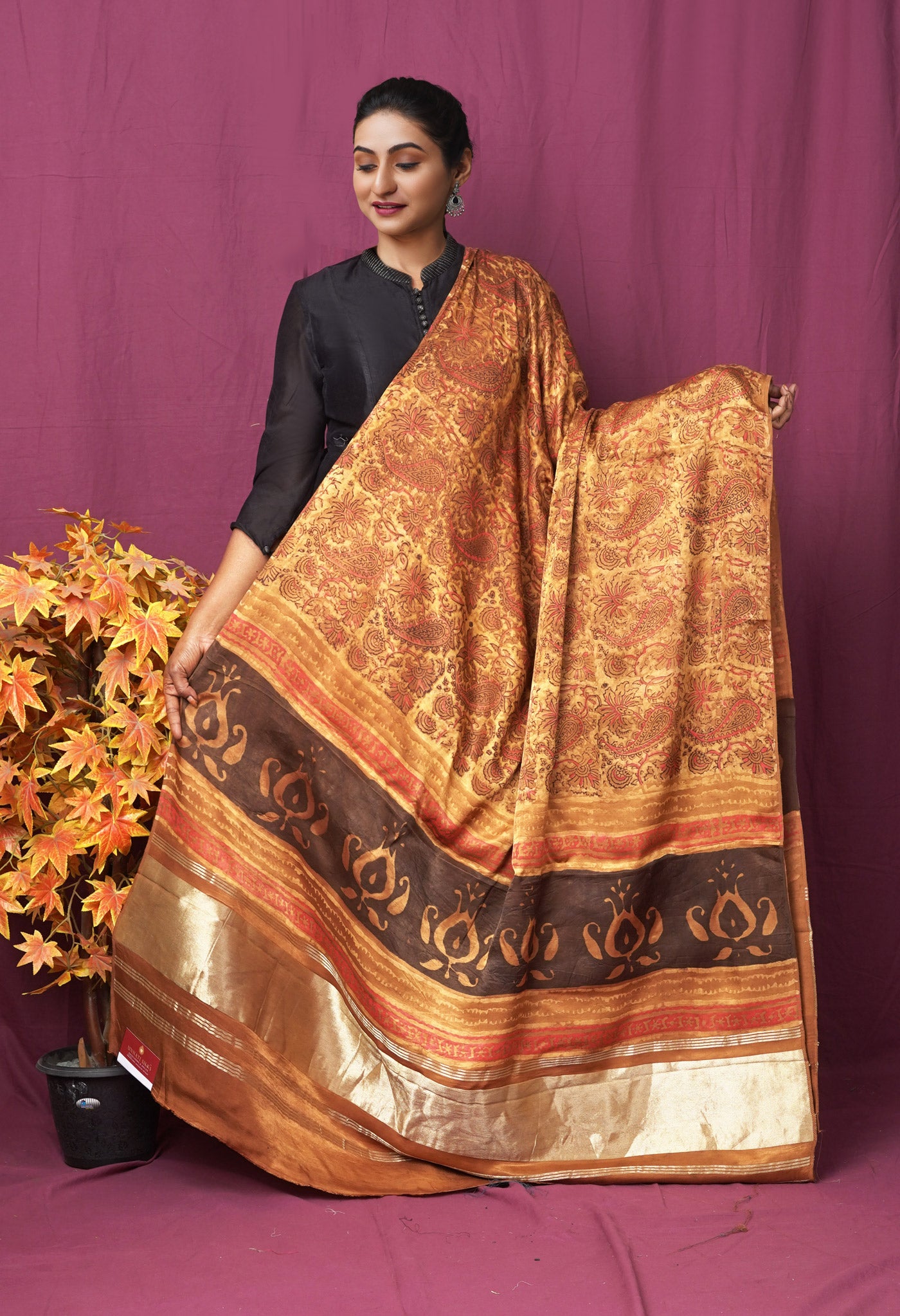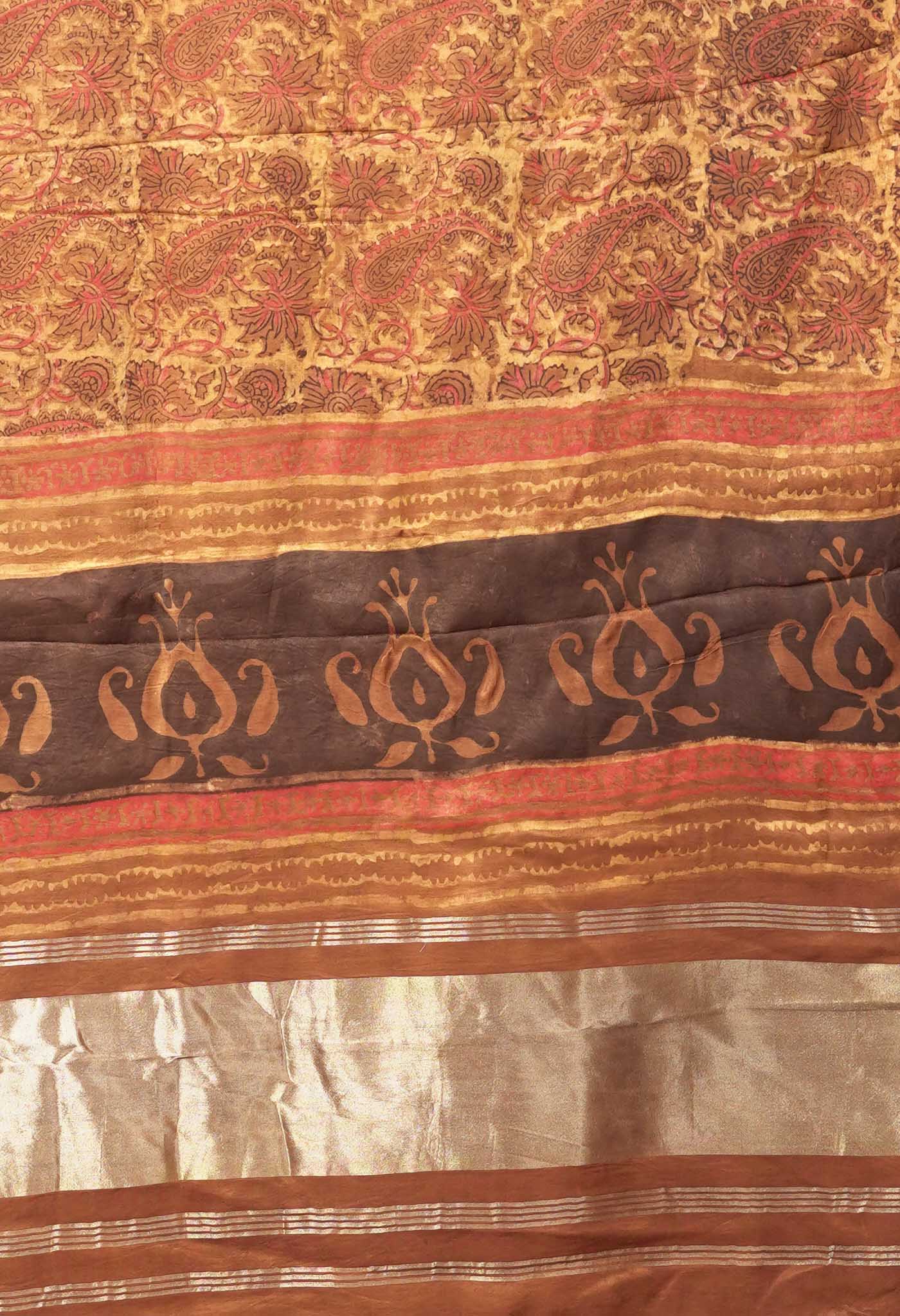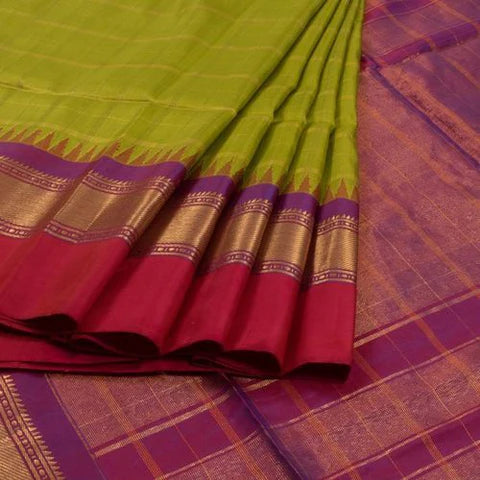
The Uniqueness of Mangalagiri
The Uniqueness of Mangalagiri



Unravelling the beauty of Mangalagiri Sarees
In the interest of the ‘Vocal for Local’ campaign and as a humble attempt to acknowledge the artisans and weavers of India, Hashtag Indiaunravels the beauty of a textile that has catapulted this Andhra town on the world map of the textile industry. The world famous Mangalagiri fabrics have a glorious history, and the Mangalagiri sarees in particular, gain admiration for their simple patterns, bold colours, and durability of the cotton. The ethnic designs of these sarees make it eternal.


Located 12 kms away from the city of Vijayawada, Mangalagiri is a picturesque town in the Guntur district of Andhra Pradesh. Colloquially, the name of the town, Mangalagiri translates to “Auspicious Hill” (Mangala=Auspicious, Giri=Hill). Interestingly, it is not only home to some of the most skilled weavers of India but is also a very popular pilgrimage destination. One of the most ancient and popular temples here is a Lord Panakala Narasimha Swamy temple, honoured as one of the eight Mahakshetrams (sacred places) of India. The legend goes that the pilgrims visit the temple not only to offer obeisance to the lord but also to buy sarees made by the local weavers to support their livelihood. The ancient town has flourished under cultural and artistic influence in the last few decades.
The world famous Mangalagiri fabrics have a glorious history, and the Mangalagiri sarees in particular, gain admiration for their simple patterns, bold colours, and durability of the cotton.
The world famous Mangalagiri fabrics have a glorious history, and the Mangalagiri sarees in particular, gain admiration for their simple patterns, bold colours, and durability of the cotton.
Mangalagiri Cotton and Sarees
Mangalgiri sarees have a history of more than five centuries. Namesake of the town from where the handloom legacy originates, Mangalagiri sarees are known for their crisp-finish cotton fabric. They are used to produce sarees of dense colours and distinguished finesse. Cotton is a major crop of India and since time immemorial it has played a significant role in the growth of the modern textile industry in India too. Pure cotton is cultivated in many of our bountiful states and thus cotton sarees have always been a craze among the women of our country. Mangalagiri sarees are one such special type of cotton sarees with checks and patterns, along with zari or golden coloured borders. These sarees make for perfect summer wear. Traditional Nizami designs have been an all-time favourite but leaf, mango, parrot, gold coin motifs are also distinctive of these sarees. In the olden days, 12,000 looms were used for weaving but gradually these weavers’ families have been dwindling due to lack of business and demand.




Features of Mangalagiri Sarees
- The fine cotton wins hands-on.
- The fabric is produced in pit looms in and around Mangalagiri.
- The produce is crisp and sturdy.
- The fabric is light and fluffy and this makes it easy to wear.
- The warp designs of the border enhance the look of the sarees.
- These sarees have dense weaves.
- They can be dyed in a variety of colours.
- They can be used as base for umpteen crafts.
- These sarees have broad borders and are woven with gold or silver threads, adorned with zari. The Nizami border is popular as the “Nizam Zari Border”
- Mangalgiri fabrics are cheerful and available in bright shades of pinks and purples.
- These sarees are host to geometric motifs and the stripes, checks and line patterns on the pallu add much elegance.
- These sarees are extremely comfortable and can be used for daily wear.
Process of Saree Weaving
It always begins with spinning of the cotton. The cotton fibres are converted into rope-like loose strands and the slivers of cotton fibre are converted into yarn. The Mangalgiri fabric is produced with the help of pit looms by warp and woof interlacing. After the reeling, it is rinsed and made appropriate for the dyeing process. During traditional dyeing, the white sarees are bleached and others are coloured. The dyeing process is followed by the warping process. While combing yarns from different cones, it is important to preserve the yarn elongation and maintain it at uniform level.

Mangalagiri sarees are a special type of cotton sarees with checks and patterns, along with zari or golden coloured borders. These make for perfect summer wear.
After drying, it further goes for weaving, designing and cutting. Pure cotton threads are used in the weaving process and weaving is done with the help of pit looms. Once the colours fasten, it is cut in different forms to be segregated as dress material or sarees.
How to reach Mangalagiri?
It is well connected by road, railways and airways. The closest city is Vijayawada and the airport is only 25 kilometres away. Mangalagiri is situated 36 km away from Andhra Pradesh’s proposed capital city, Amravati. The closest Mangalagiri bus stop and railway station is one kilometre and five kilometres, respectively. The weaver’s colony is on the outskirts of the town. One can explore variety in the shops in the markets.
Mangalagiri Cotton is a versatile fabric that is globally demanded and known for its simple patterns and designs. Mangalagiri is a combination of beautiful colors and contrast. Mangalgiri cotton is a cool, comfortable and a hand woven cotton fabric in a palette of striking motifs and designs. It offers a unique range of textiles from a single weaving cluster. This fabric is in high demand among designers, garment manufacturers and even furniture manufacturers.
Due to the presence of cotton yarns in the fabric, Mangalgiri is a durable cotton fabric. It is famous for its beautiful range of mangalgiri sarees. Mangalgiri sarees can also be produced in silk and are used for special occasions such as weddings and for religious festivals. Weaves of mangalgiri silk sarees is as fine as the Mangalgiri cotton. The use of zari was once limited only to the borders, but nowadays, zari work is a major attraction for various motifs on the fabrics. This modification came up with Mangalgiri fabric that made it different from the other fabrics of the same category. The use of various motifs is done with such finesse that it accentuates the overall appeal of the fabric.
Mangalgiri is one of the finest fabrics in handloom cotton in the country. It is known for its quality and extra ordinary feel. Generally , motifs on Mangalgiri cotton fabrics are geometrical and simple and they are inspired from tribal design. Mangalgiri cotton fabric is produced by weaving warp interlaces. Fabric then undergoes the dyeing process. It is woven super finely with crisp finish. Mangalgiri fabric is suitable for summer clothing.
Making of Mangalgiri Fabric
Dyeing of the yarn is Mangalgiri fabric is an important process. The yarn are washed and dipped in boiling water to which desired color is added. Yarns are slowly turned so that they achieve a uniform color. To avoid color fading and unevenness, these yarns are washed again and dried in shade. After this, spinning is done to convert yarn to thread. Colored threads are then weaved. Mangalgiri fabric is then embellished with zari work forming beautiful border designs and elegant motifs. Mangalgiri fabrics are popular for its weaves. Thus the fabric is weaved very carefully to produce multiple textures on the fabric.


Color of Mangalagiri
Mangalagiri fabric is available in a breathtaking array of colors. It is available in stripes, checks and special weaves. The fabric is affordable and does not color bleed. This makes this fabric more popular. Weavers use basic designs but they incorporate striking colors to add beauty to the fabric. If the warp threads of the fabric are yellow and the weft threads are green, red or orange, the end result always is greenish, yellow, sunset orange or deep yellow. Mangalagiri sarees usually have striking color combinations. Light tones of the fabric are often paired with dark colored borders.
Mangalgiri Sarees
Mangalagiri sarees are often produced in silk and worn on special traditional occasions. The weaver of silk is as fine as cotton fabric. Mangalagiri sarees are often found in green, mustard, red and pink color. Mangalgiri sarees posses a thick border that is usually woven in a zari, making it a preferred wedding wears. Mangalgiri sarees are adorned with traditional motifs such as paisleys and flowers. Women, who prefer cotton sarees with silk embroidered work, often opt for mangalgiri cotton sarees. Modern motifs on mangalgiri sarees are a new style statement and makes the wearer stand out from the rest on the particular occasion.






Present Day Statues
There are as lot of challenges faced by the designers and weavers in giving Mangalgiri, a modern twist. Apart from attractive sarees, Mangalgiri dress material is also globally demanded in recent times. Highlighted ethnic designs are in a great demand for Mangalgiri fabric in the present scenario. Currently, Mangalgiri fabric is in demand for its simple minded patterns, tough and durable behavior of cotton yarns and striking color palette. Women of all age have a sudden inclination towards Mangalgiri fabrics.






Unnati Silks is a well-known brand that specializes in a wide variety of traditional Indian textiles, including Mangalagiri sarees. Based in India, Unnati Silks is particularly recognized for its high-quality fabric collection and timeless craftsmanship. Mangalagiri sarees, which are part of this collection, hold a special place in the world of handwoven textiles.
What are Mangalagiri Sarees?
Mangalagiri sarees originate from Mangalagiri, a town in the Guntur district of Andhra Pradesh, India. These sarees are known for their unique weaving techniques and exquisite patterns. Traditionally made from cotton and silk, Mangalagiri sarees are prized for their light weight, vibrant colors, and elegant designs. They are popular for their comfort and are often worn for both casual and festive occasions.
Features of Mangalagiri Sarees by Unnati Silks:
-
Authentic Weaving: Mangalagiri sarees are handwoven using the traditional Jacquard technique. This gives them a distinct texture and intricate design, often characterized by small, simple, geometric patterns on the body of the saree.
-
High-Quality Fabric: Unnati Silks offers made Mangalagiri sarees from superior quality cotton and silk fabrics. The texture is soft yet durable, and the sarees are known for their comfort.
-
Variety of Designs: These sarees are available in various color combinations and patterns, including bold stripes, borders, and traditional motifs like temple designs. The borders are typically woven with gold or silver thread, adding a touch of elegance.
-
Lightweight and Easy to Drap: Mangalagiri sarees are lightweight, making them comfortable for long wear. They are easy to drape and can be styled in a variety of ways.
-
Occasion Versatility: Mangalagiri sarees are versatile enough to be worn during daily wear, office, casual gatherings, or even during festive occasions when paired with traditional jewelry and accessories.






Popular Choices from Unnati Silks:
- Cotton Mangalagiri Sarees: These sarees are perfect for daily wear due to their lightweight nature and breathability.
- Silk Mangalagiri Sarees: Richer and more opulent, these are ideal for special occasions and festivals.
- Geometric and Striped Designs: Unnati Silks offers sarees with classic geometric patterns, stripes, and checks that embody the authentic Mangalagiri style.







